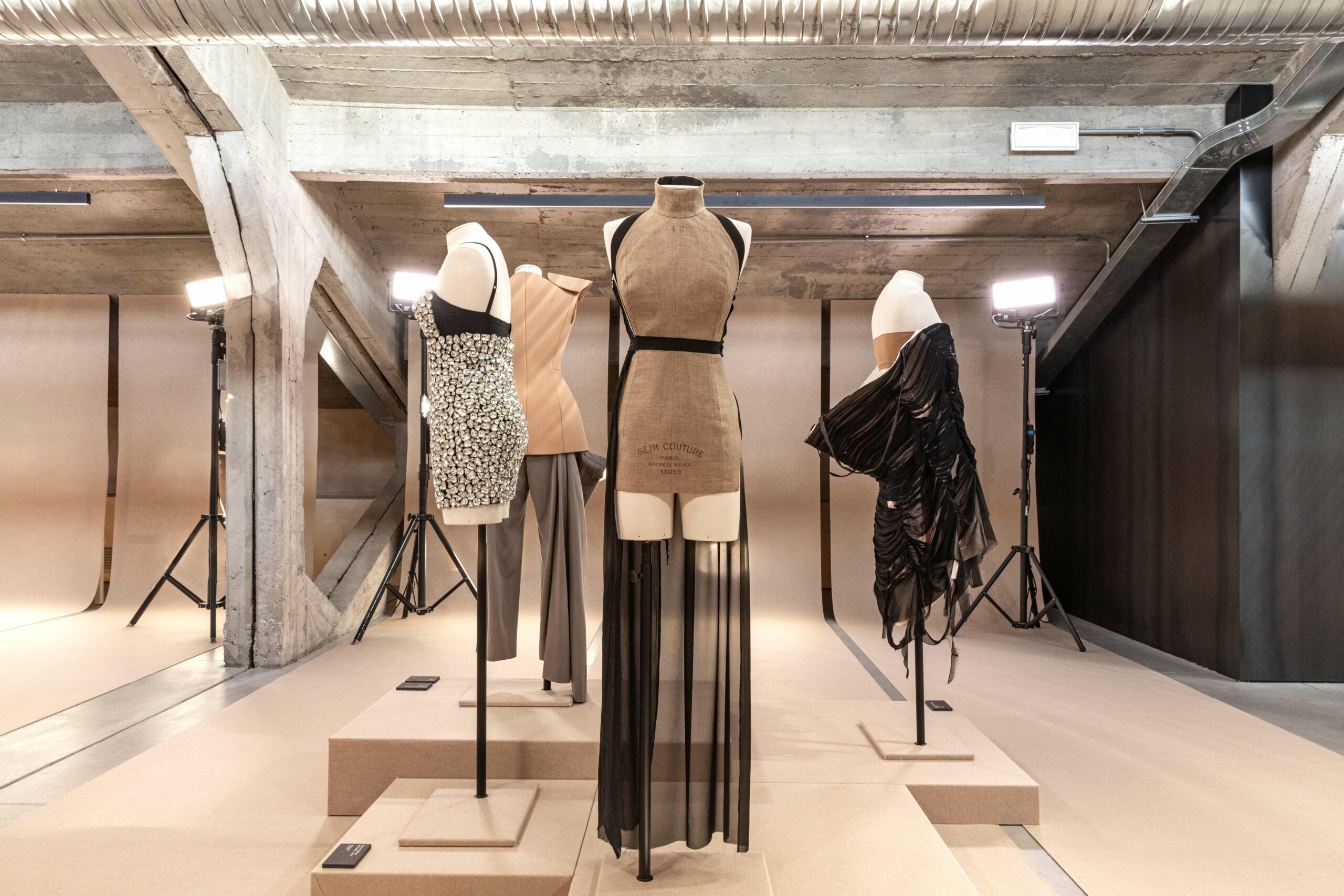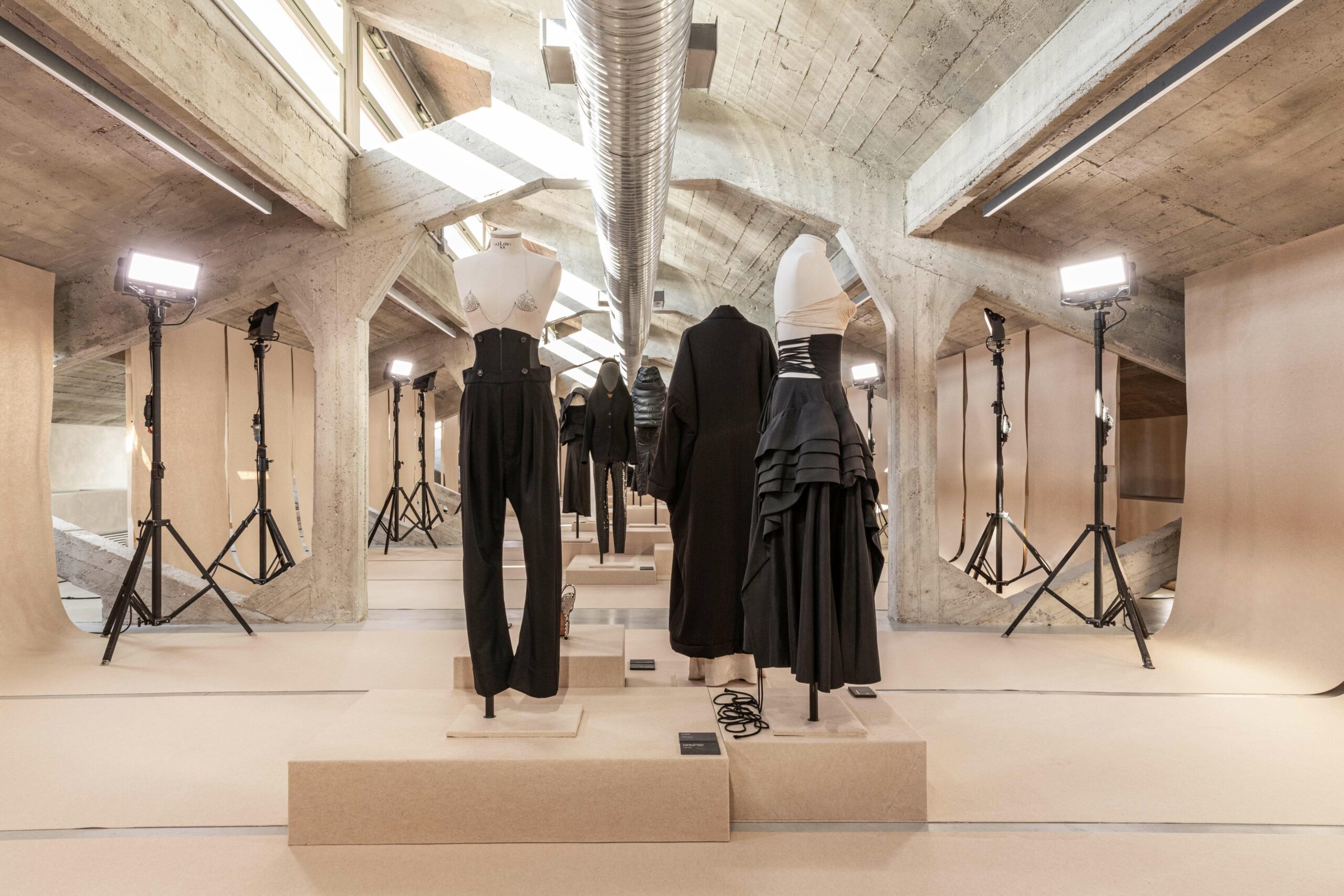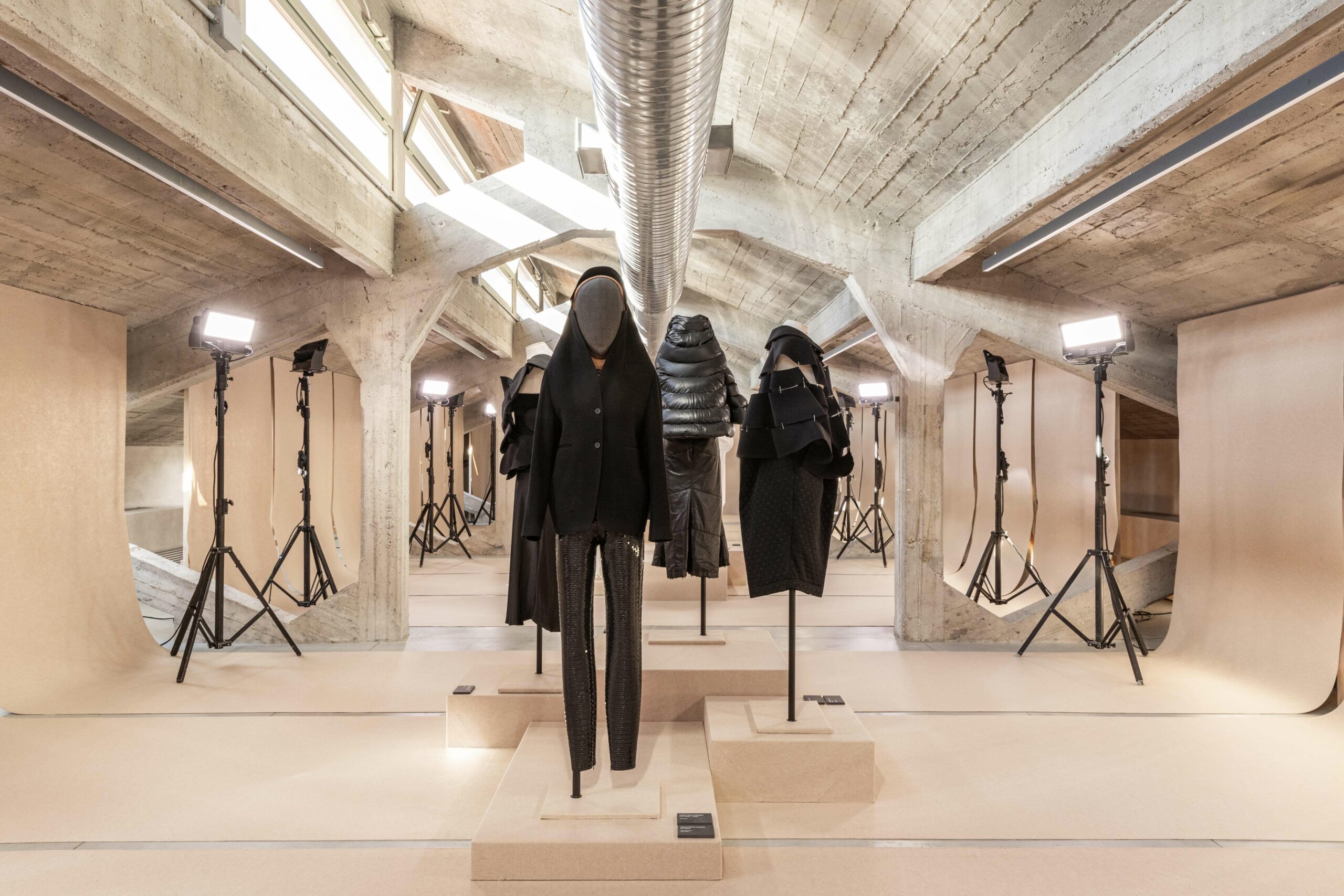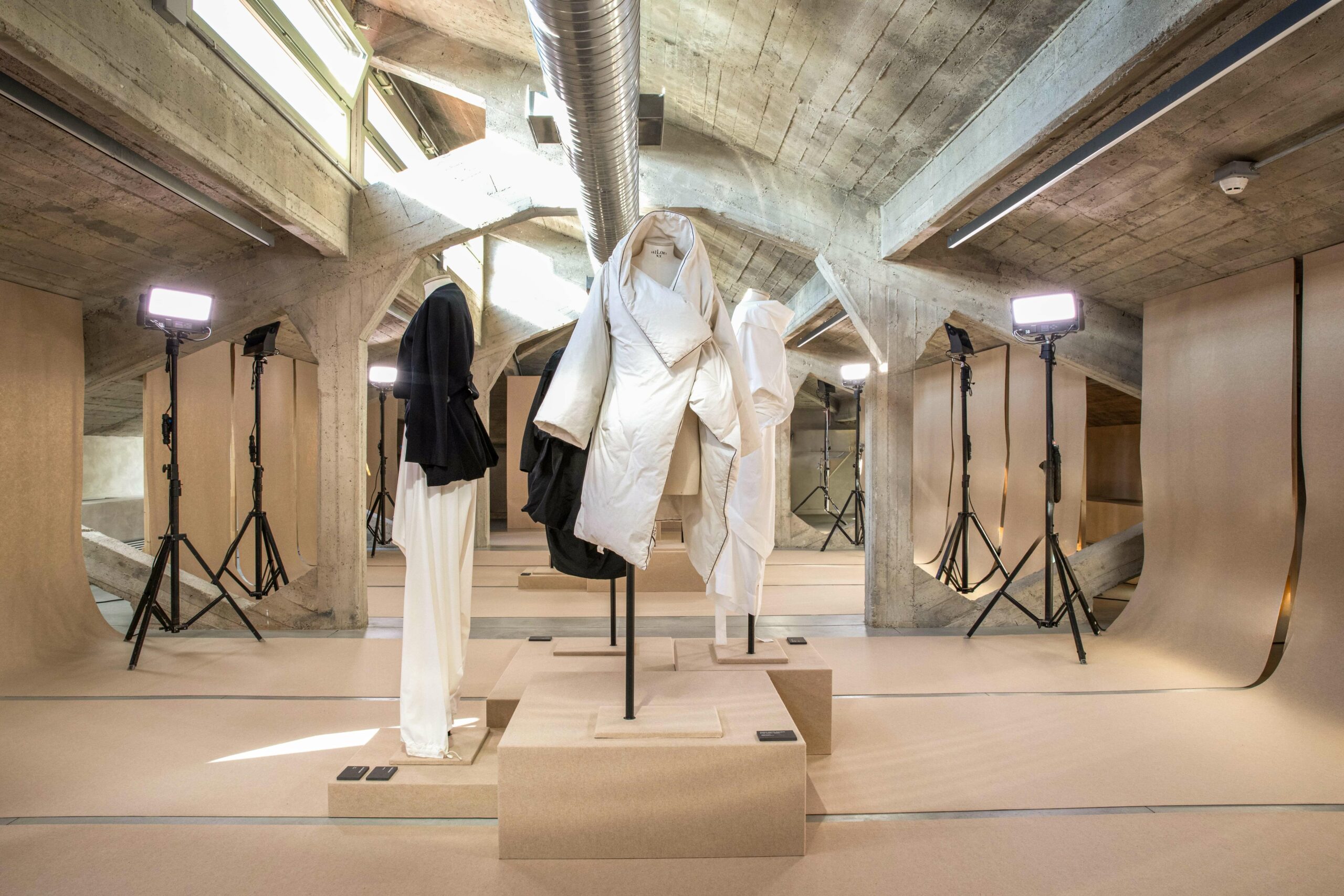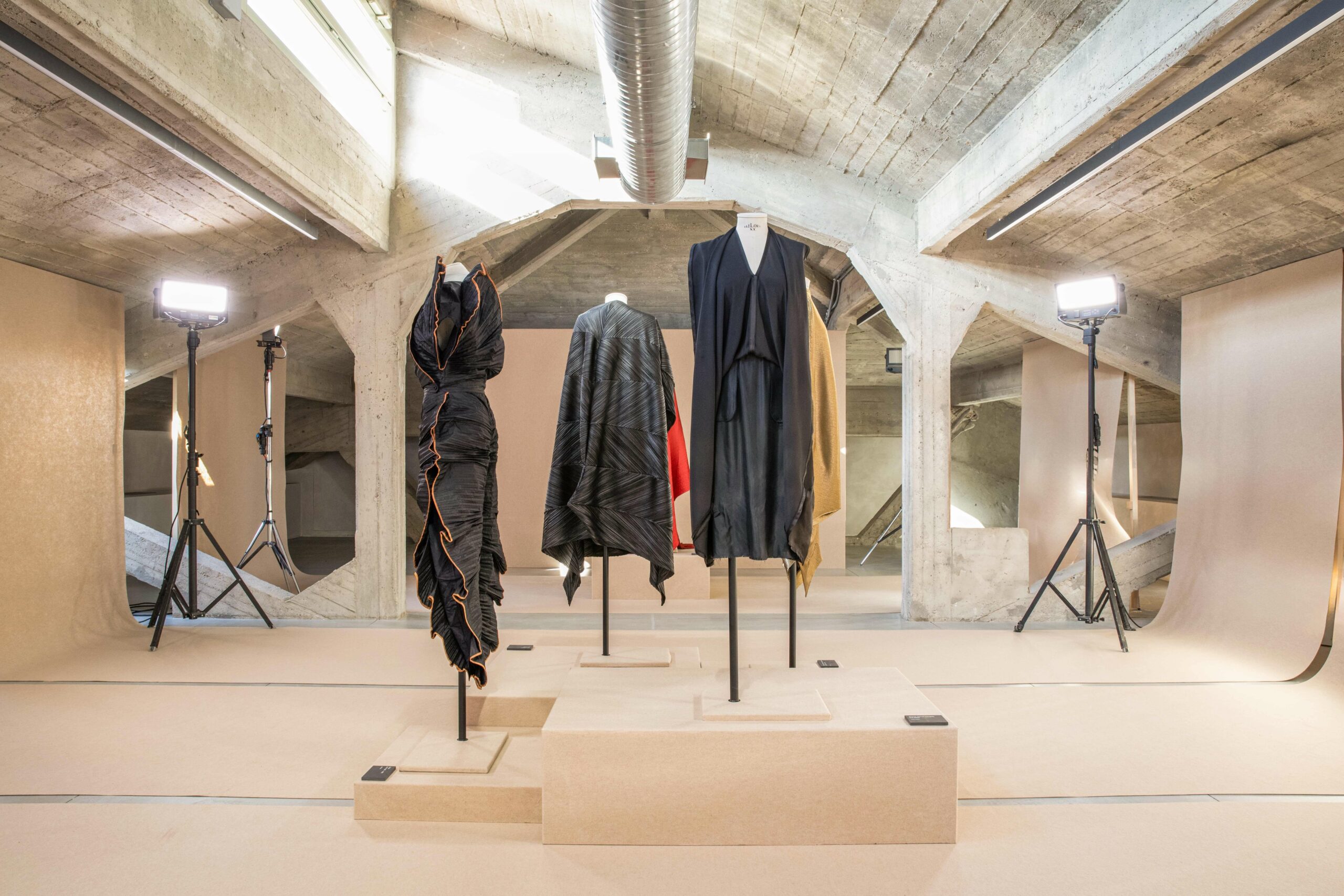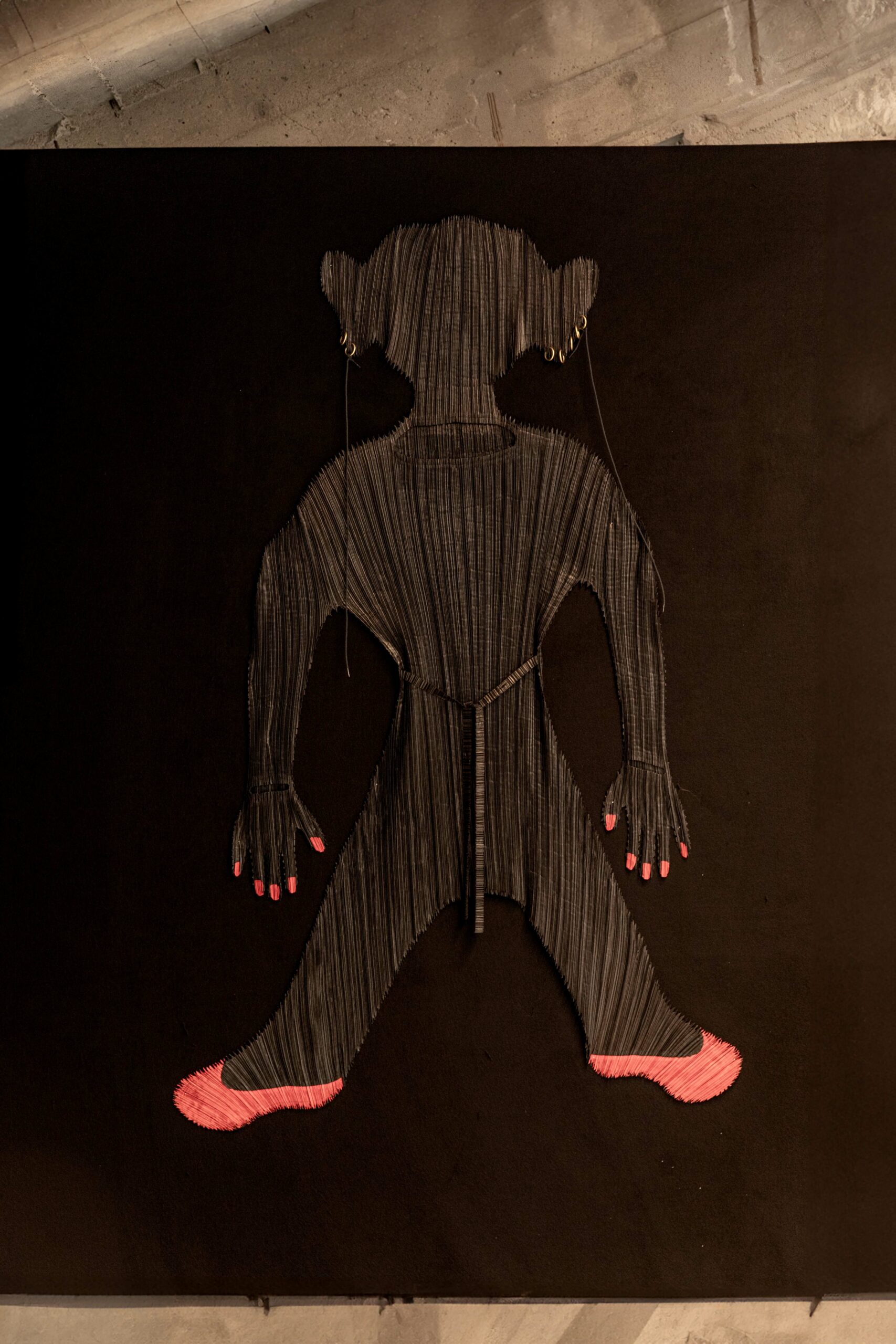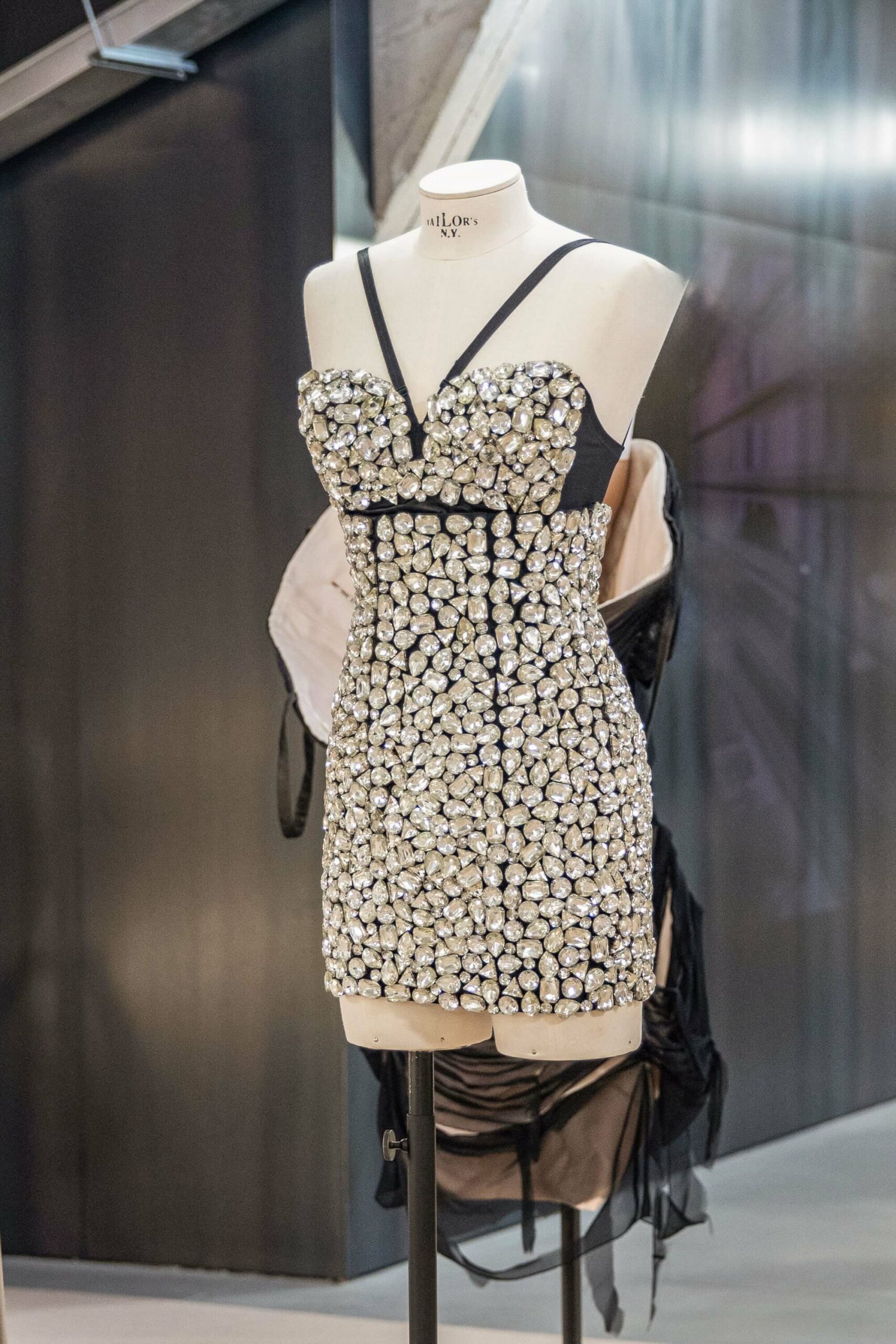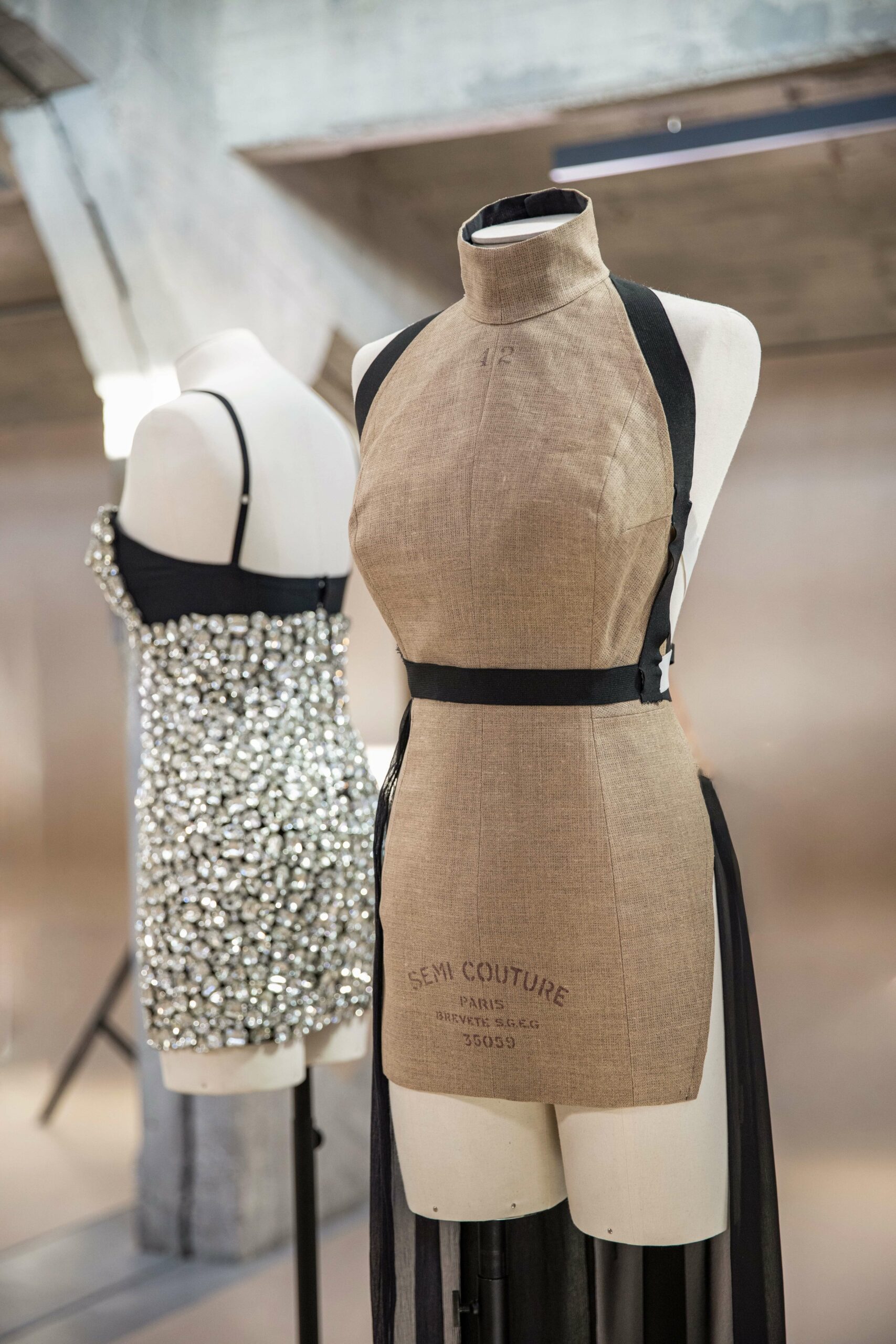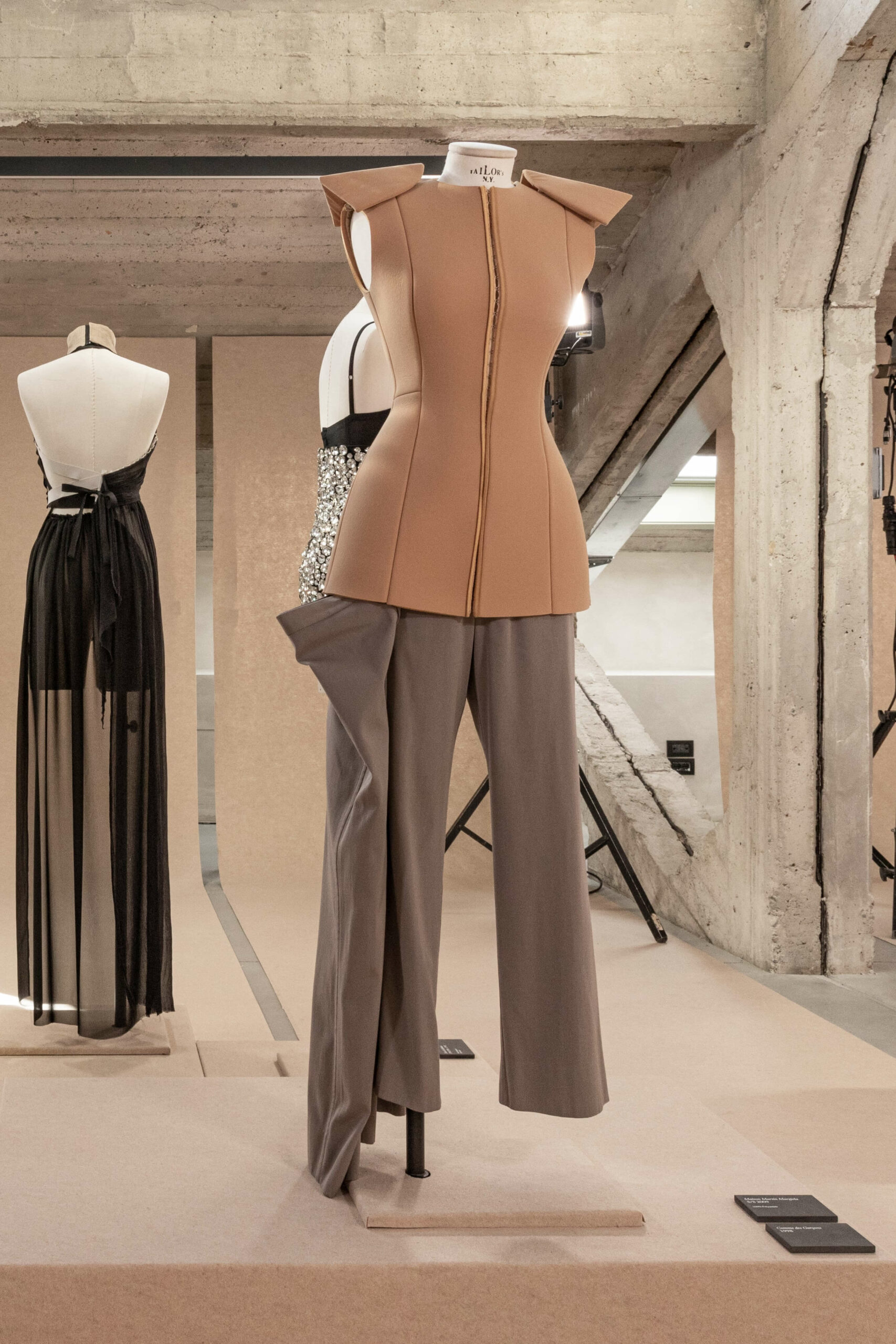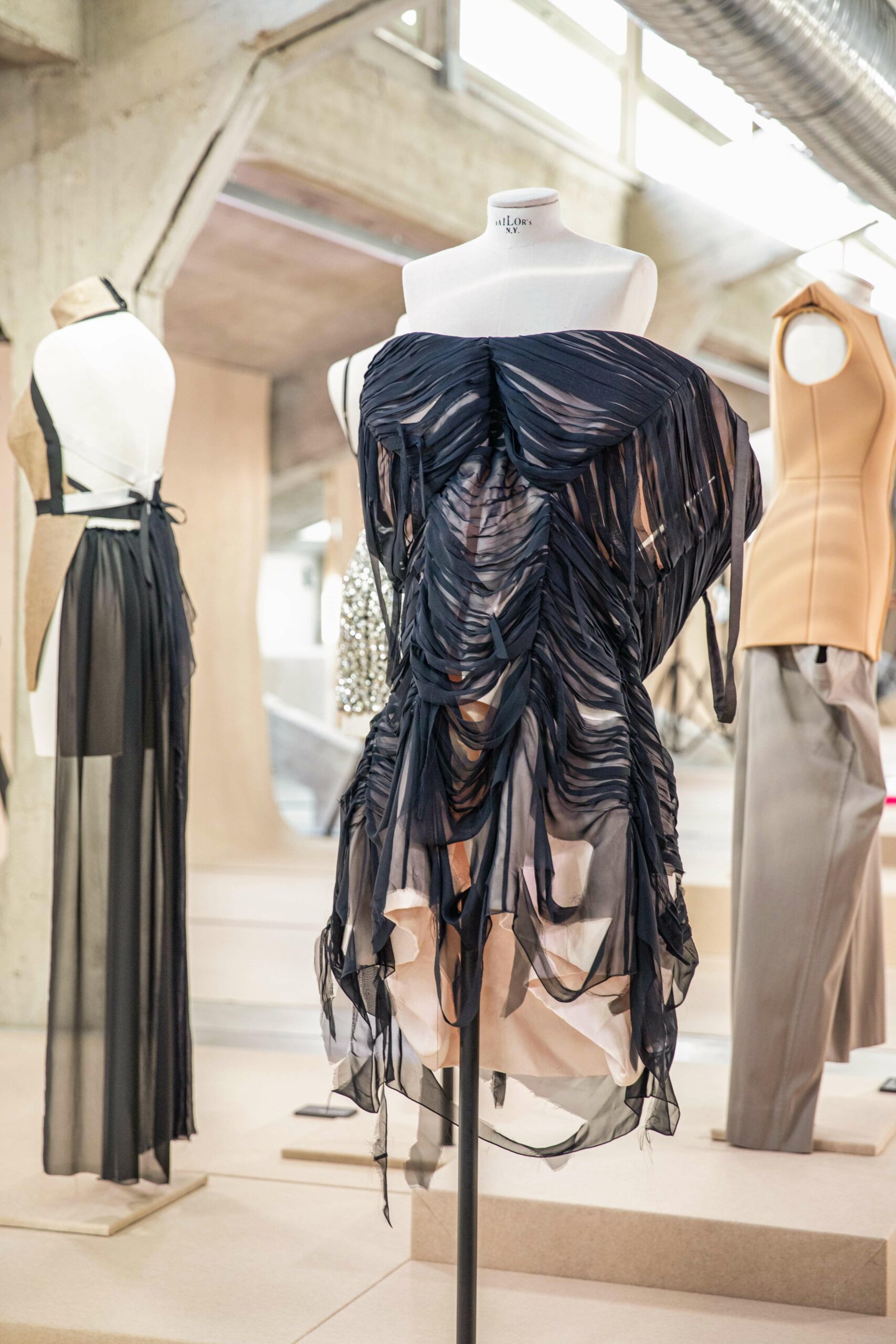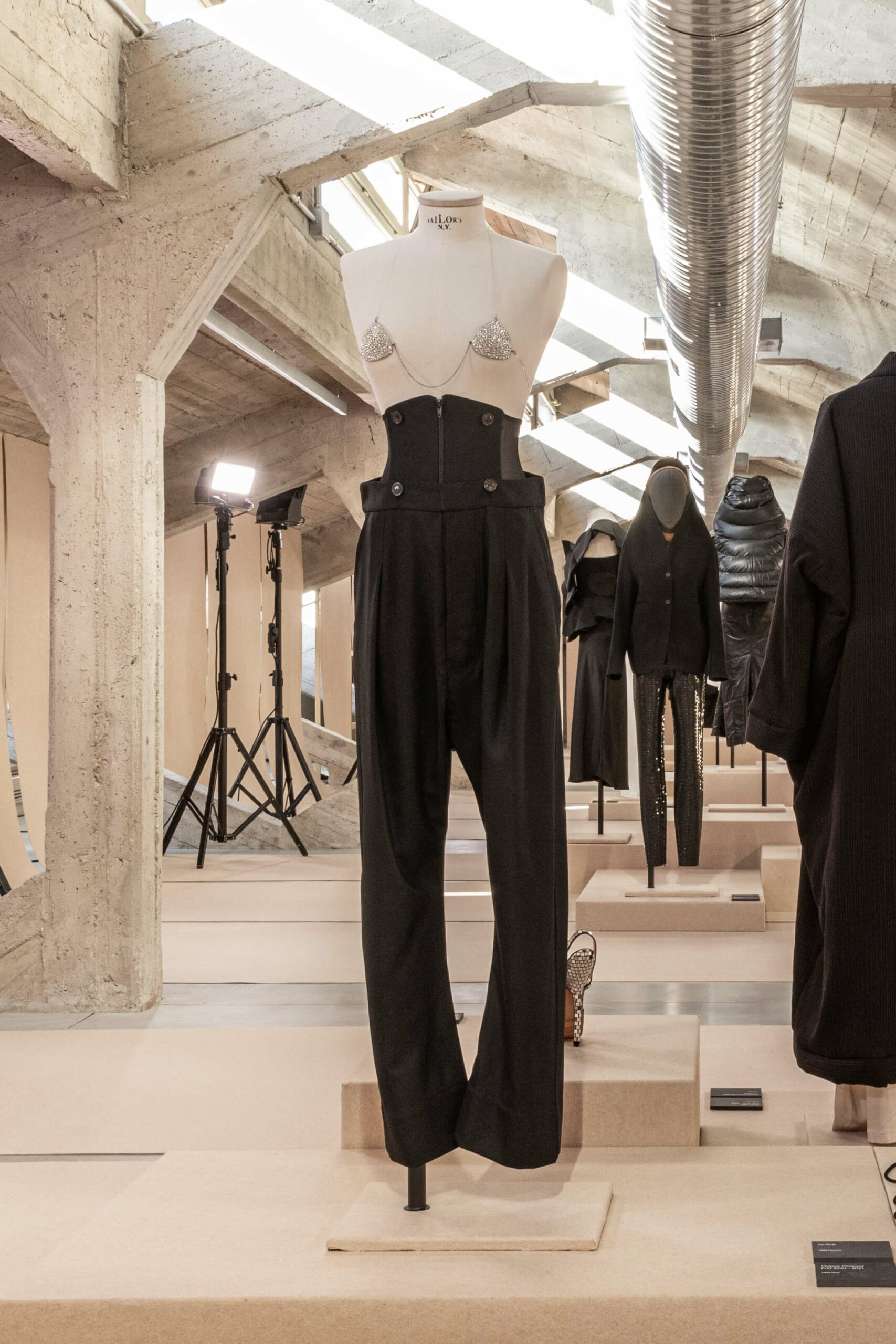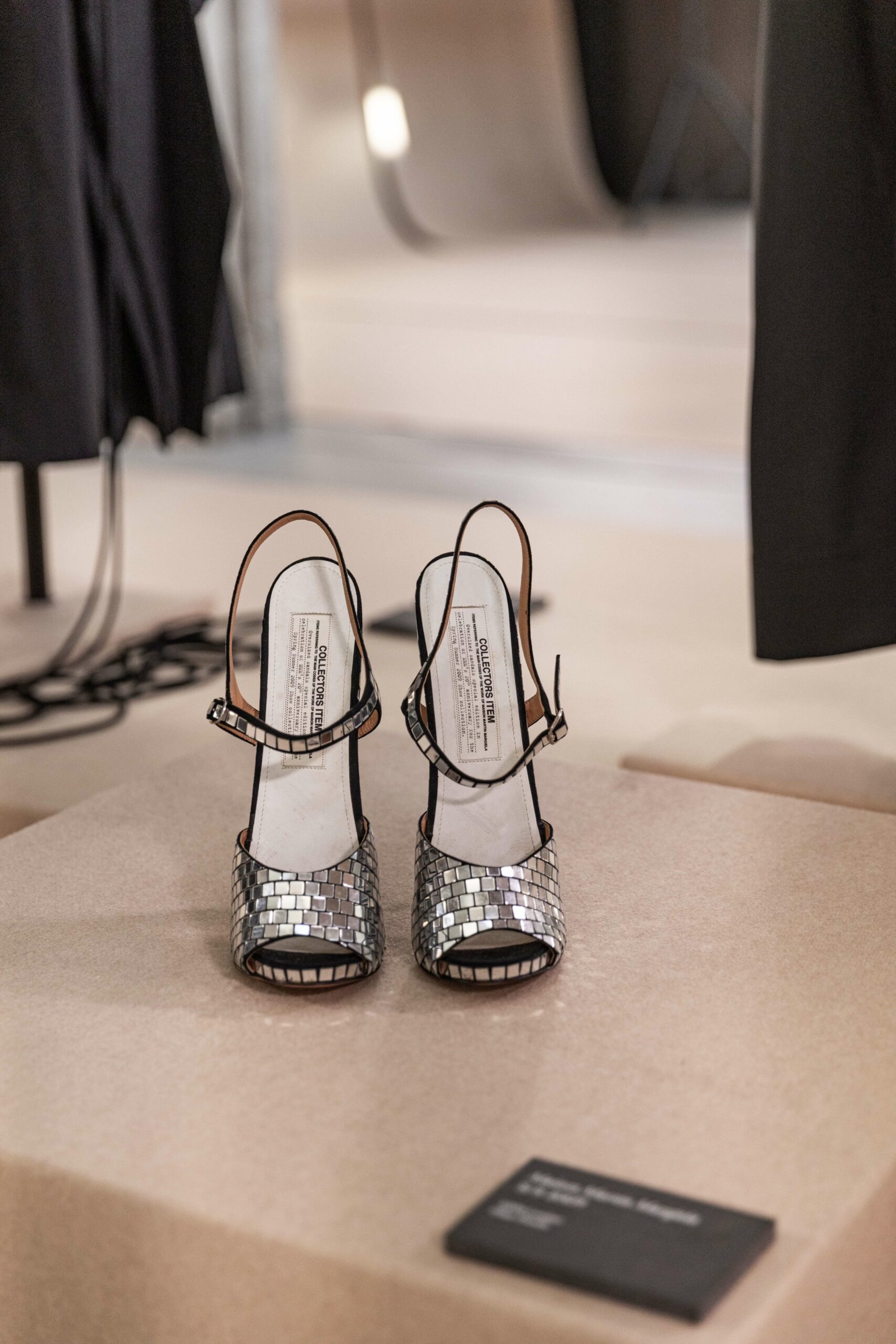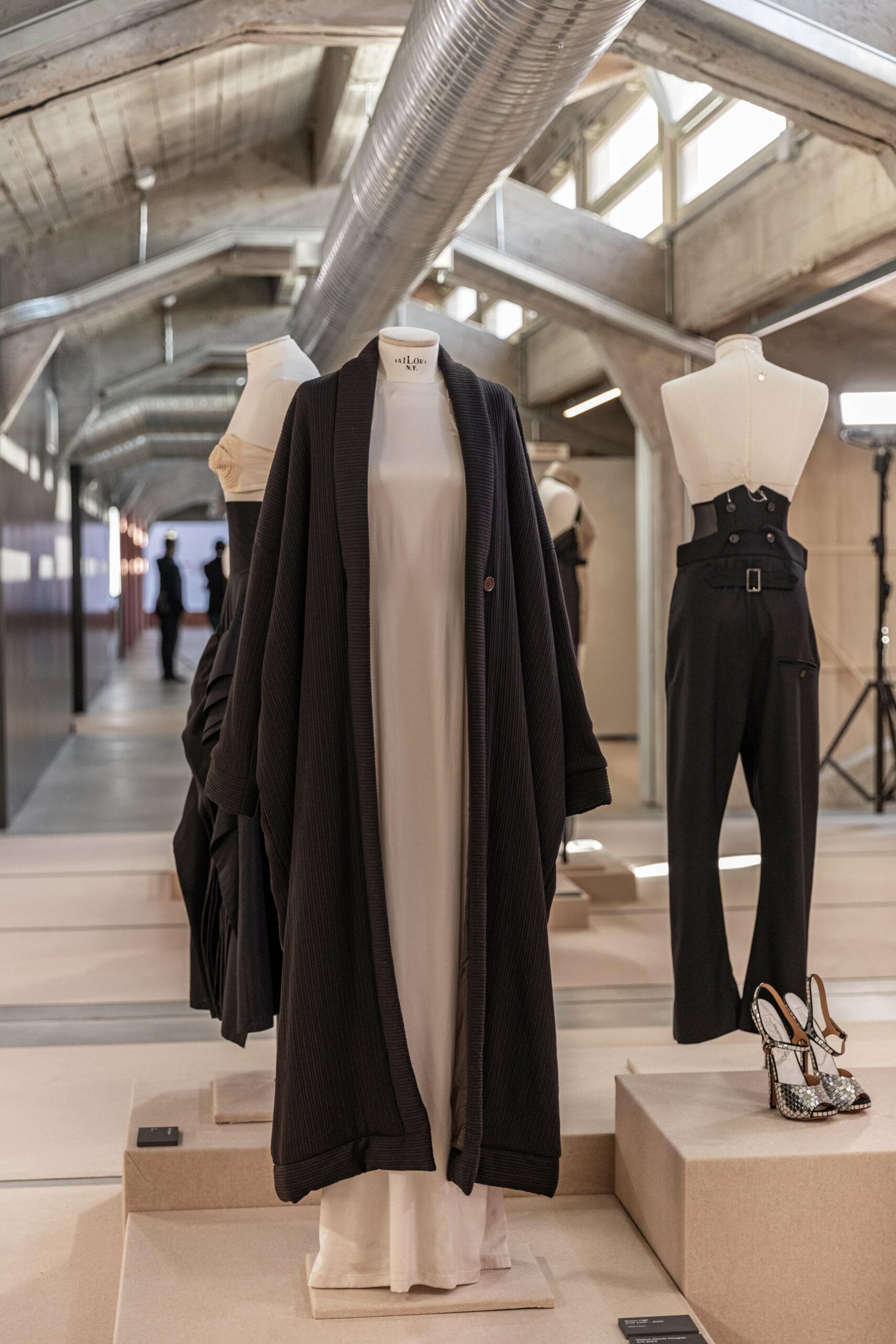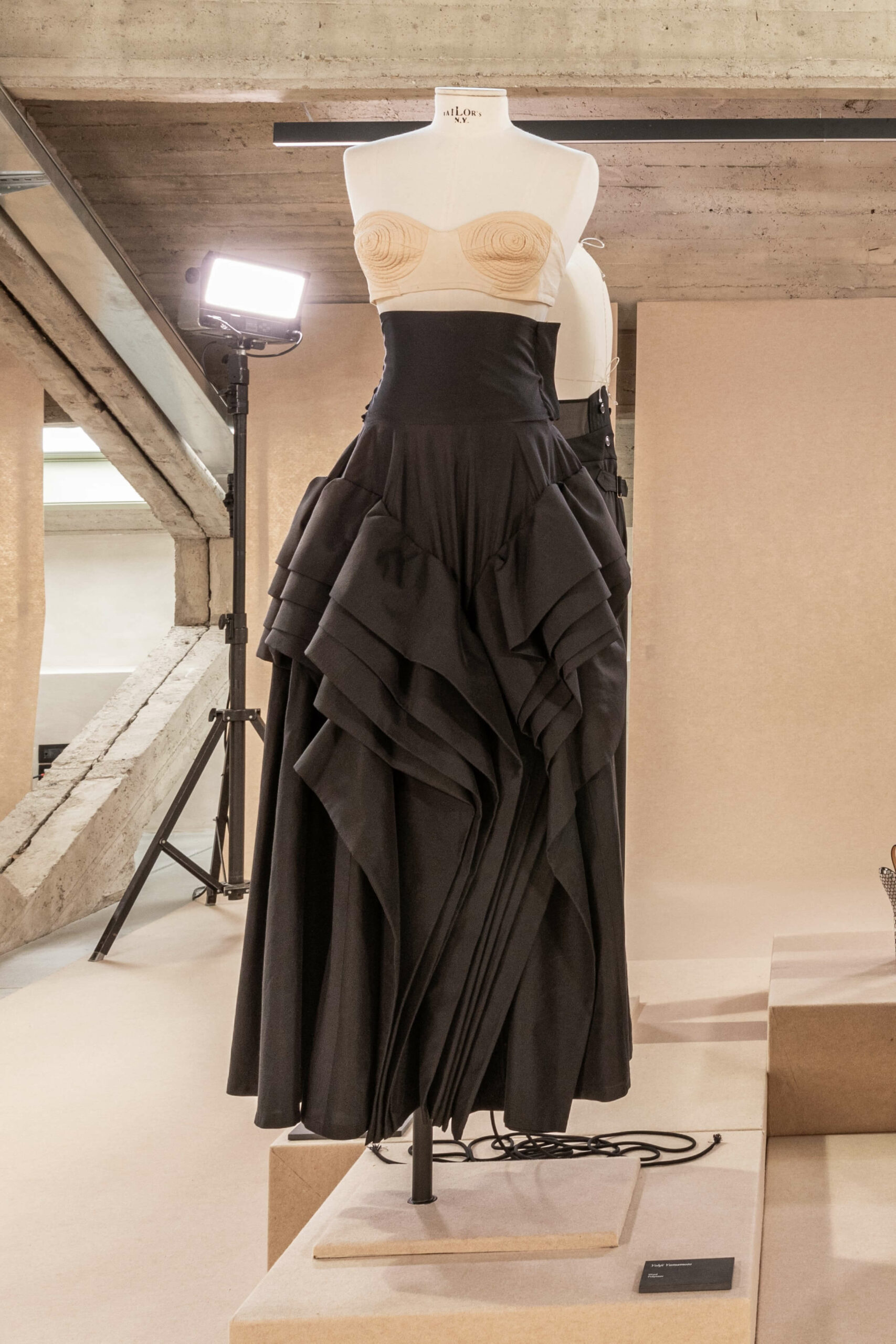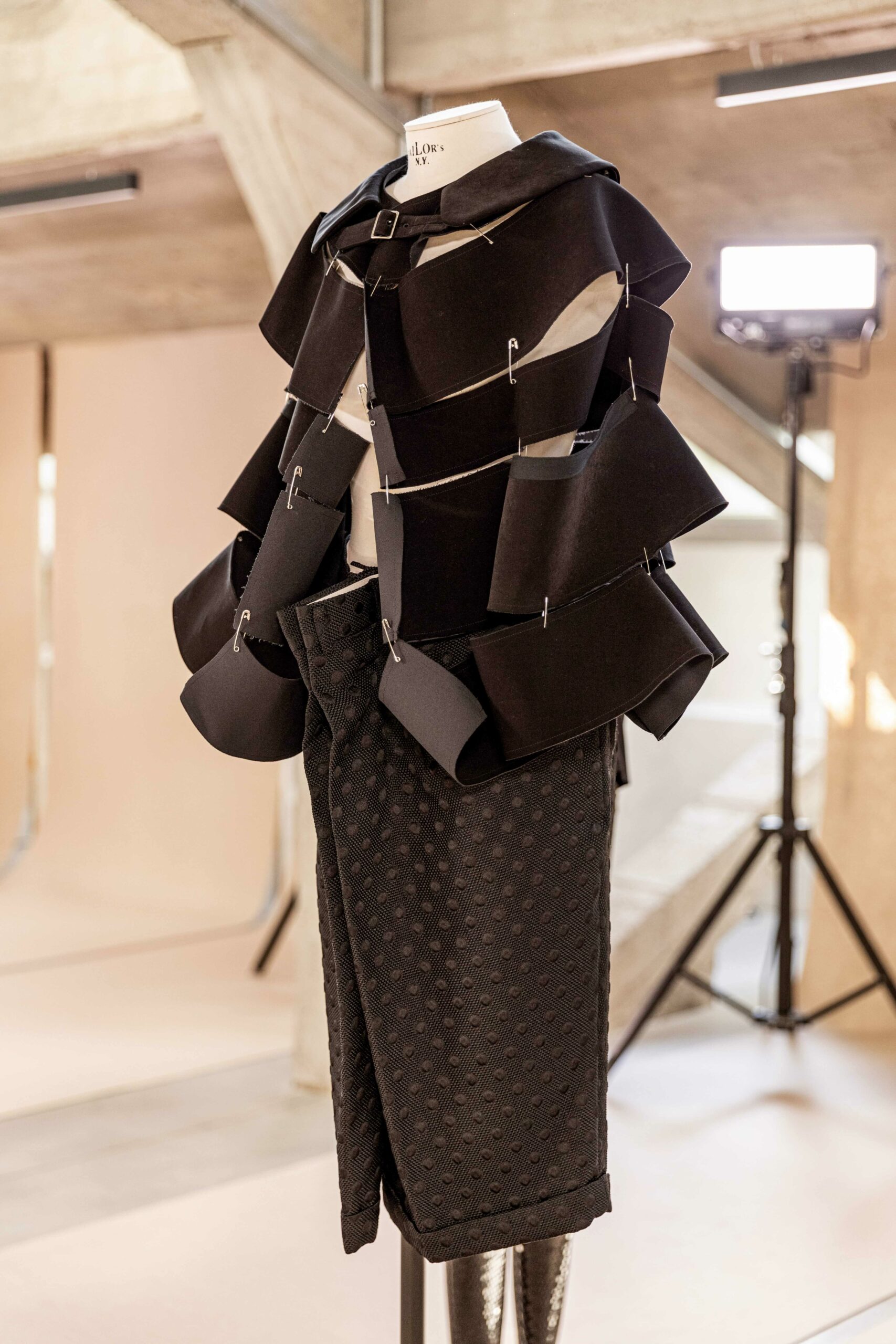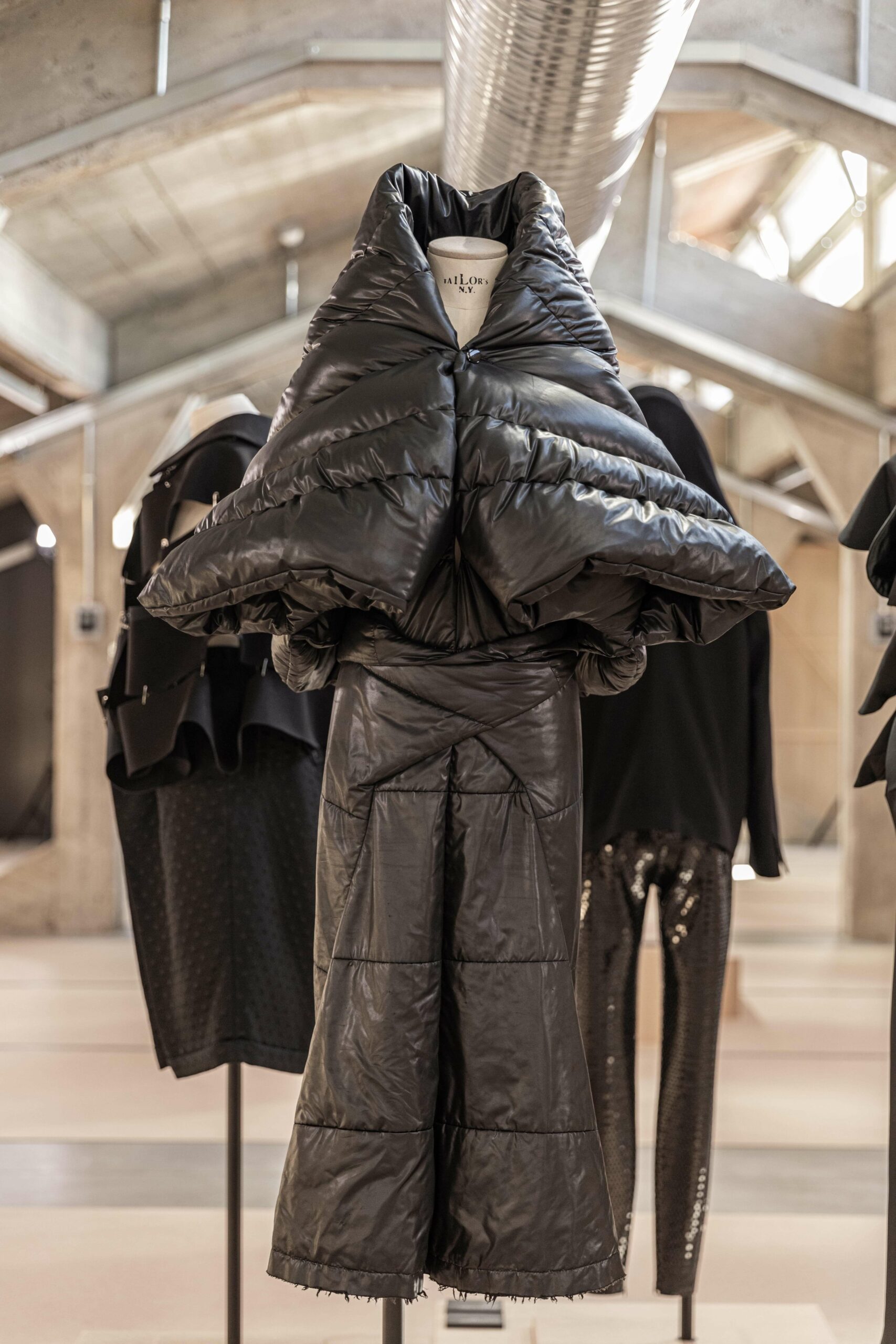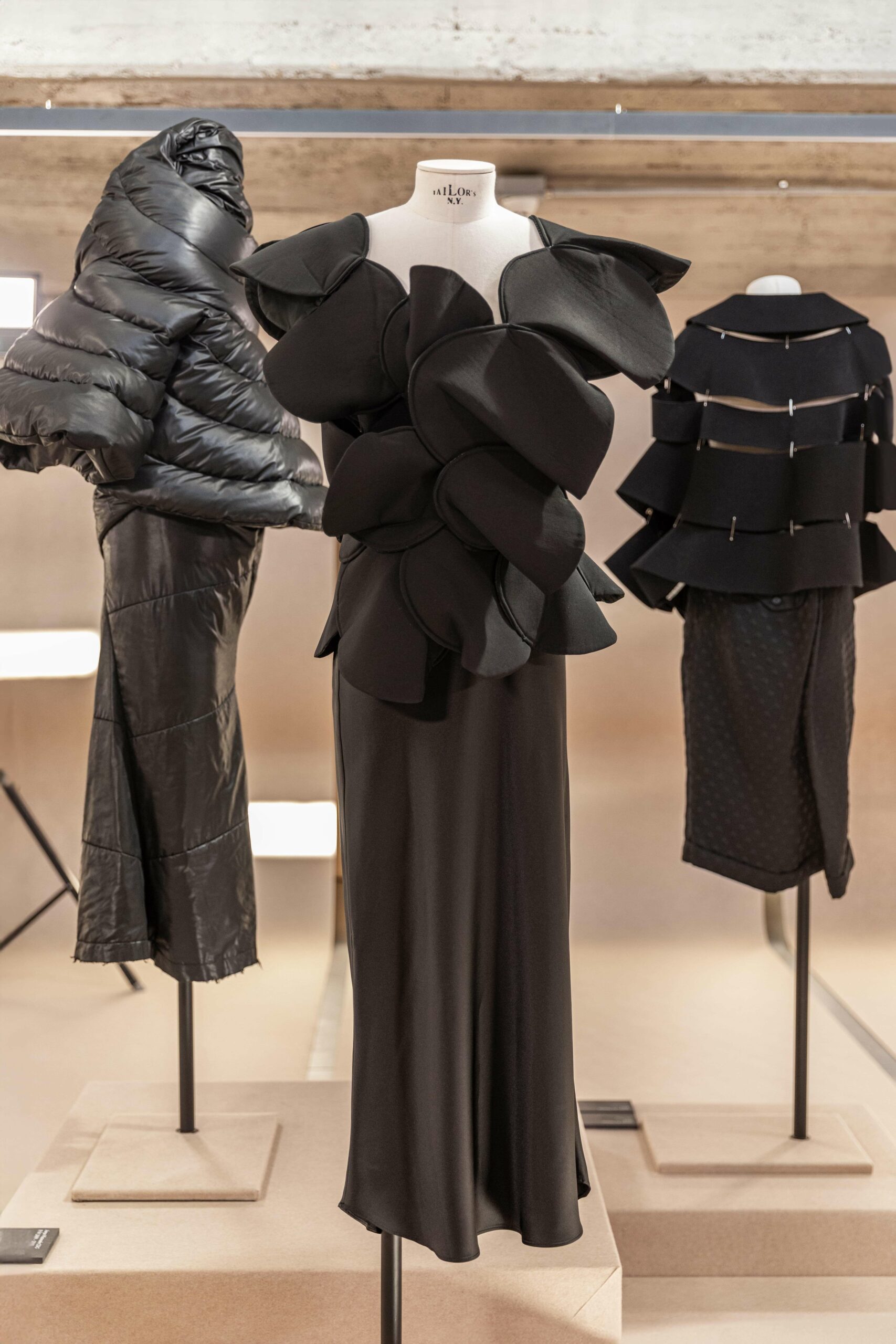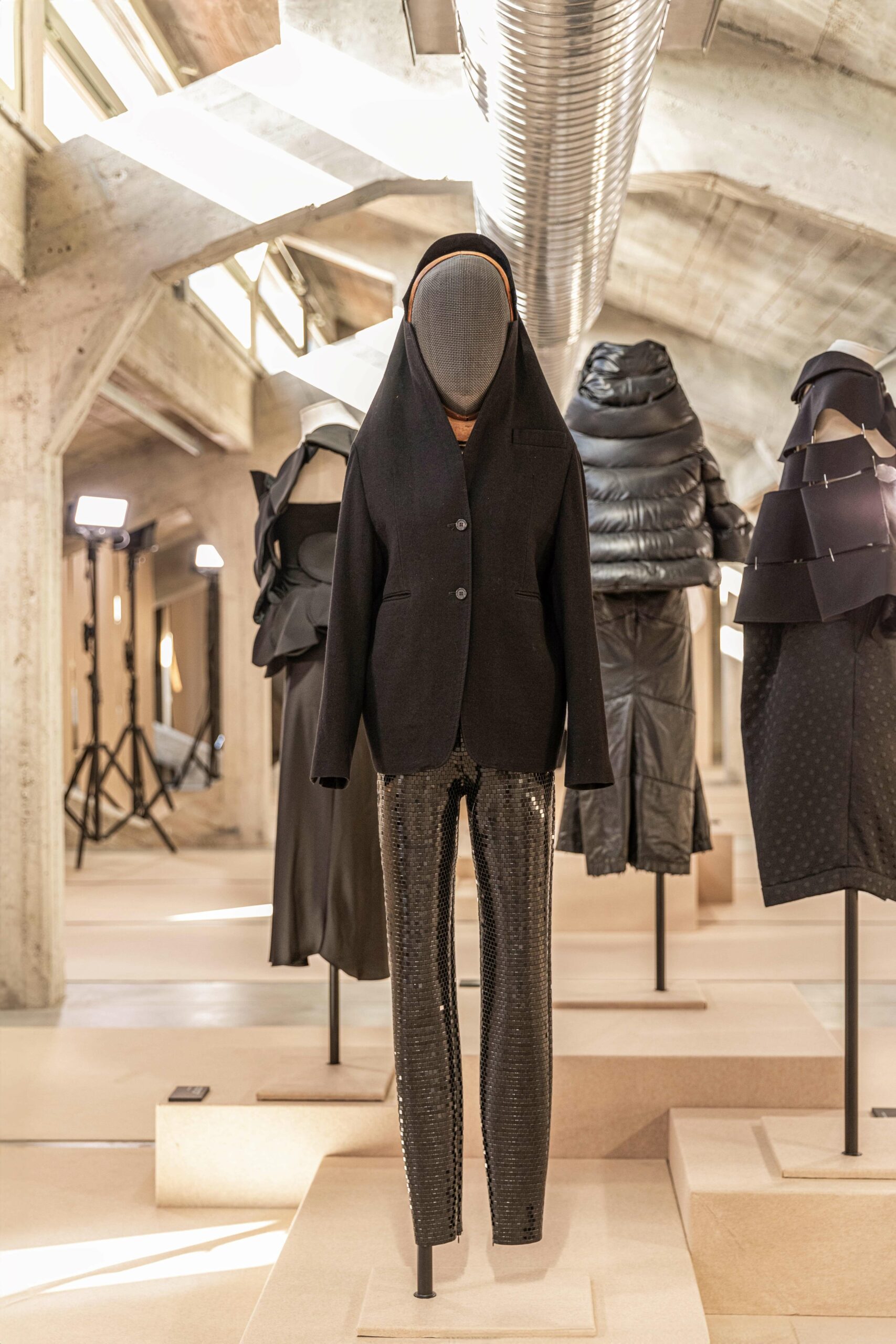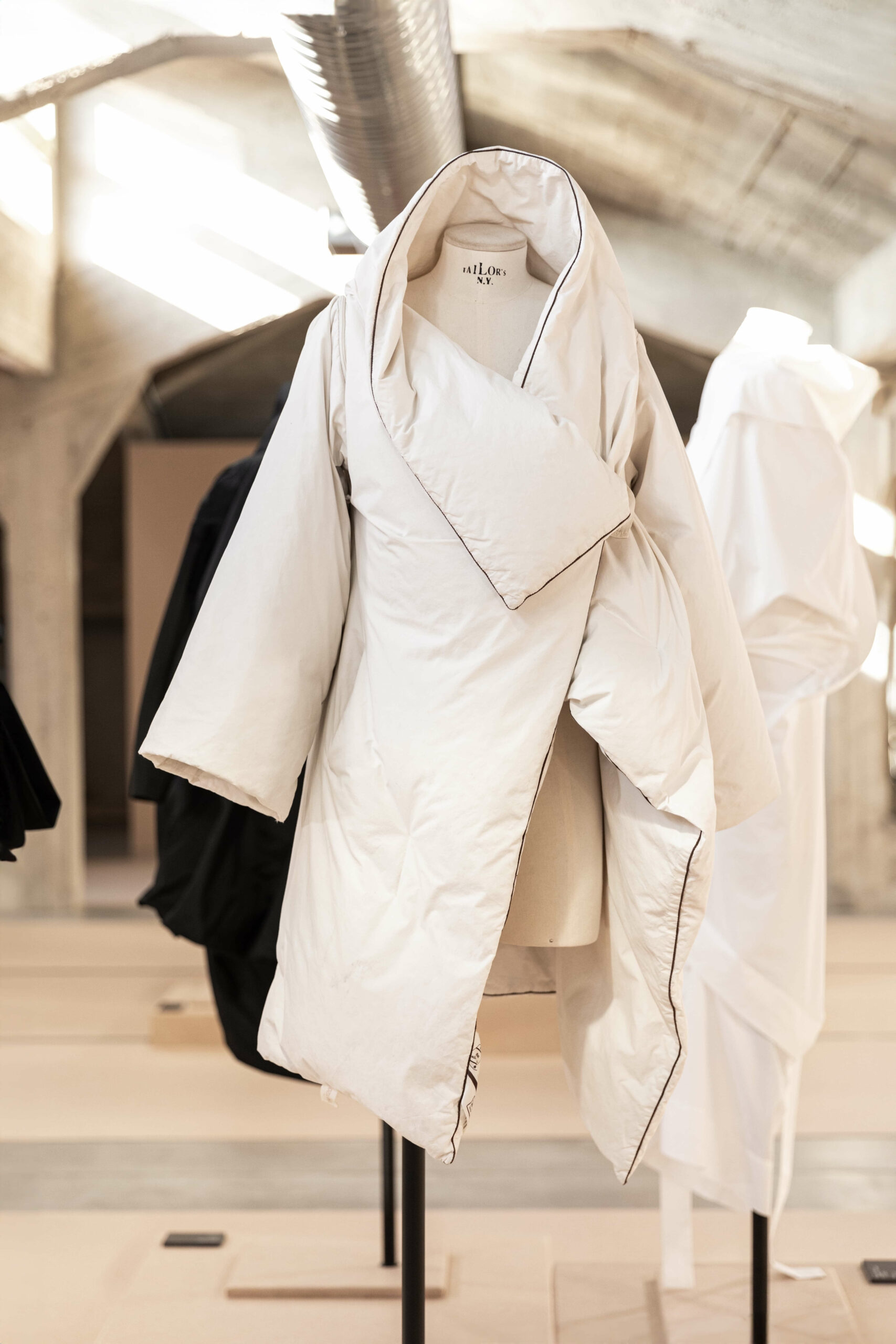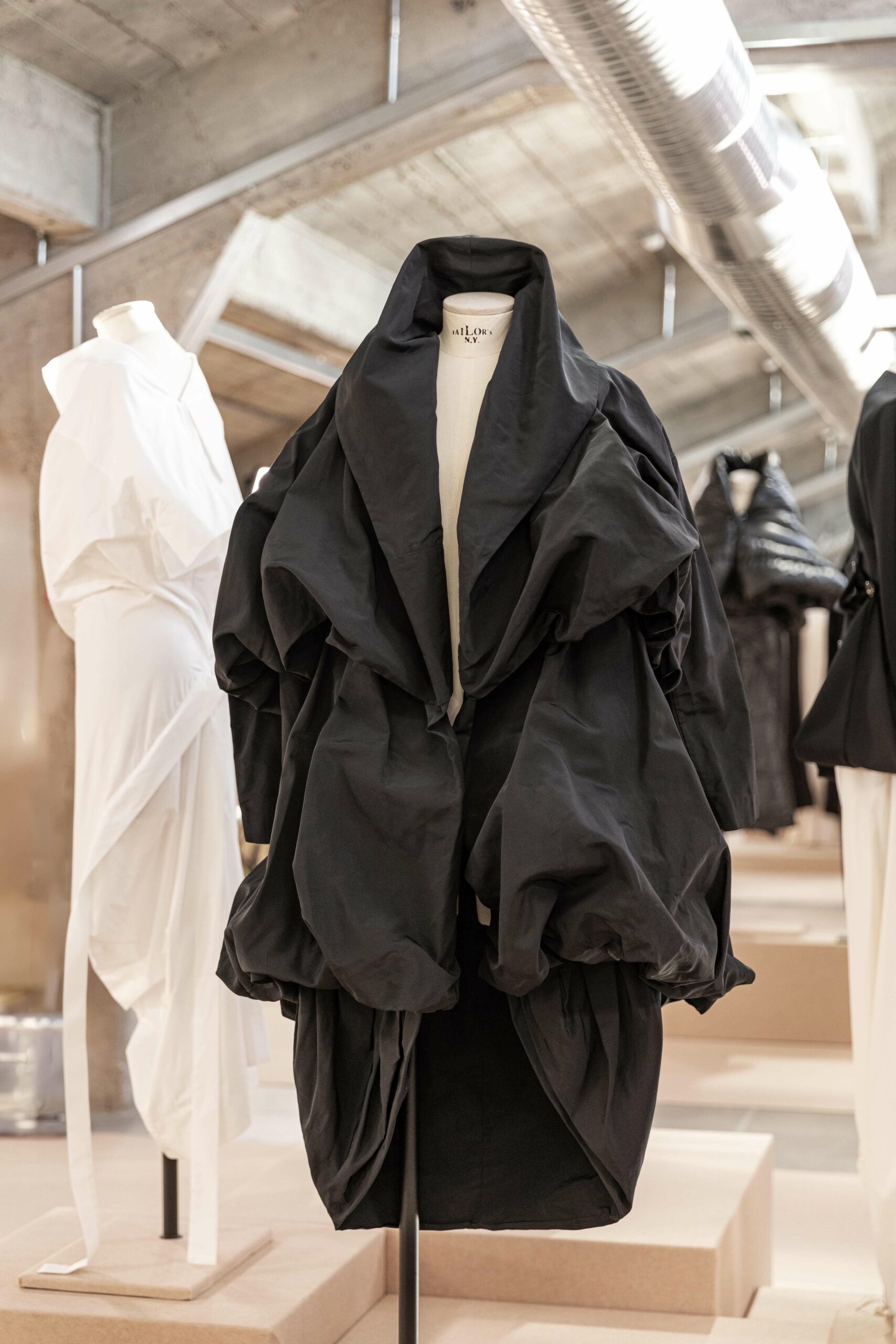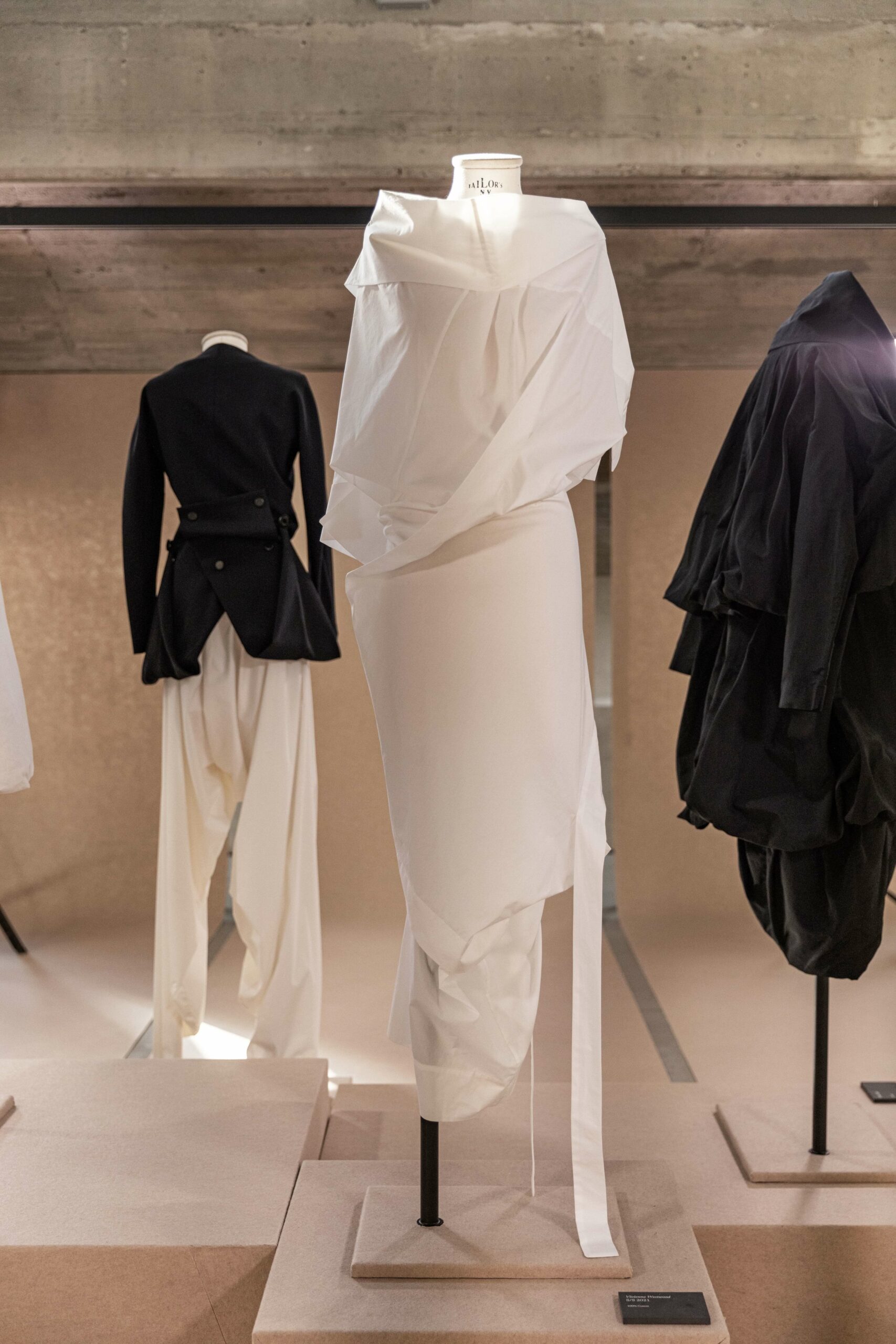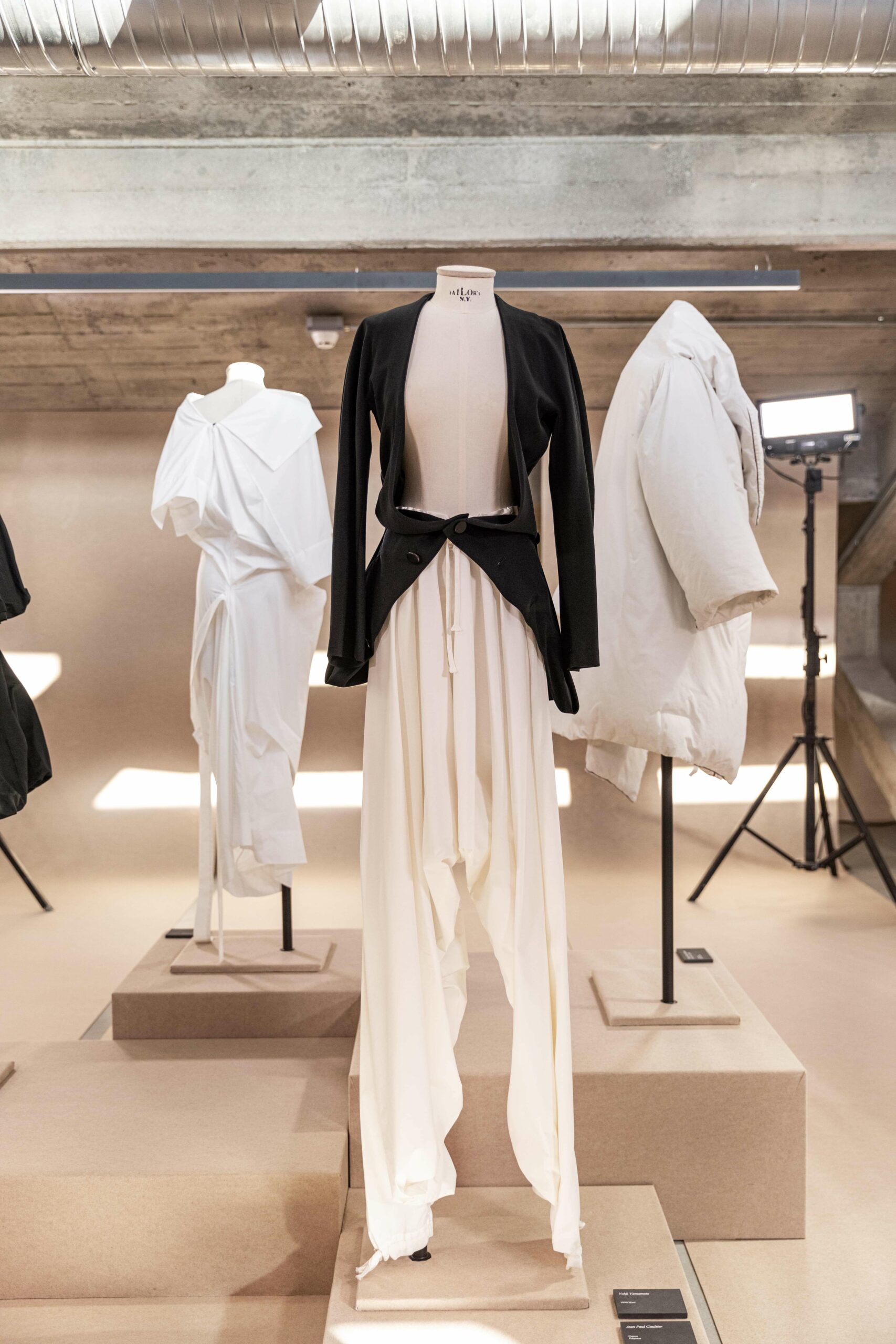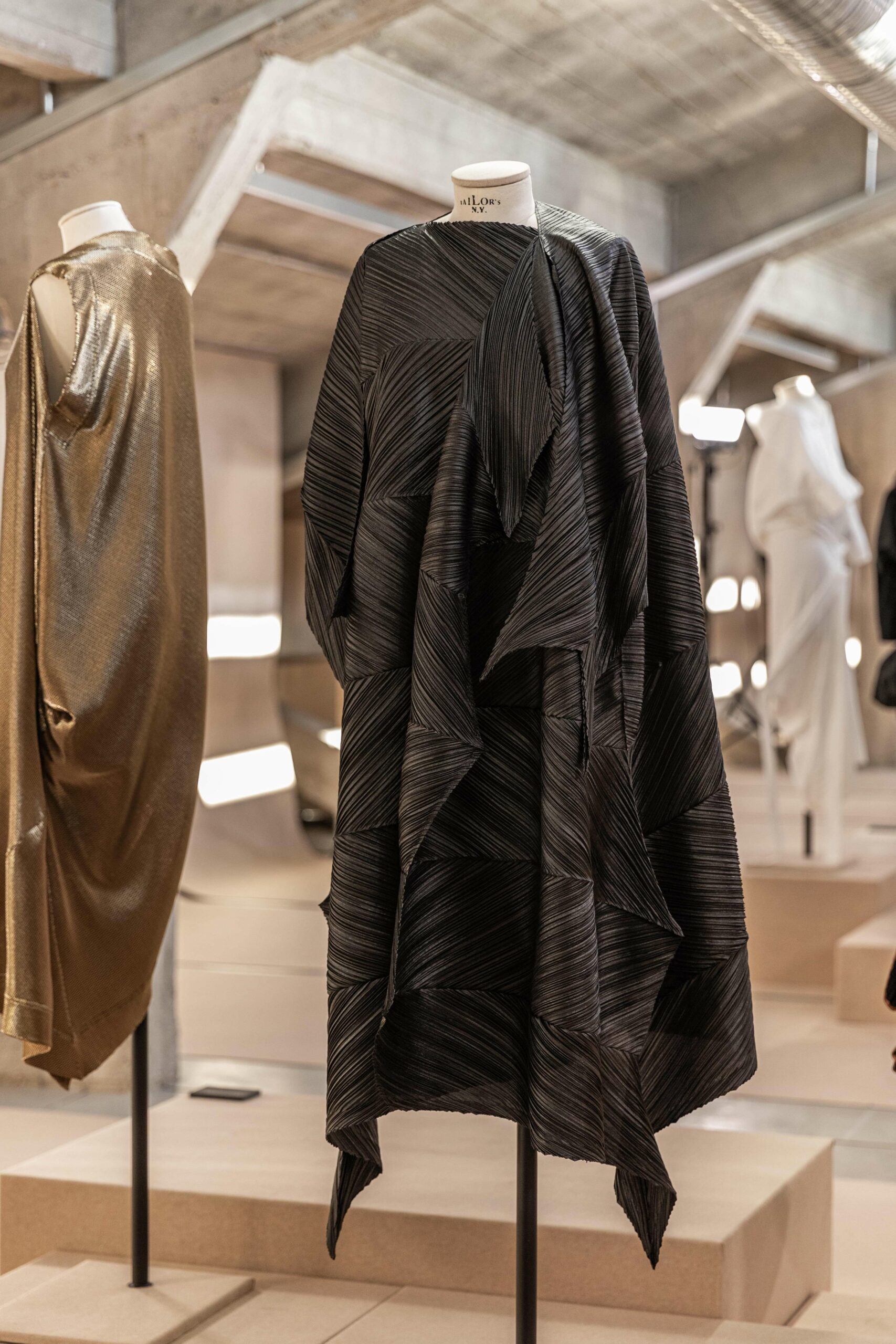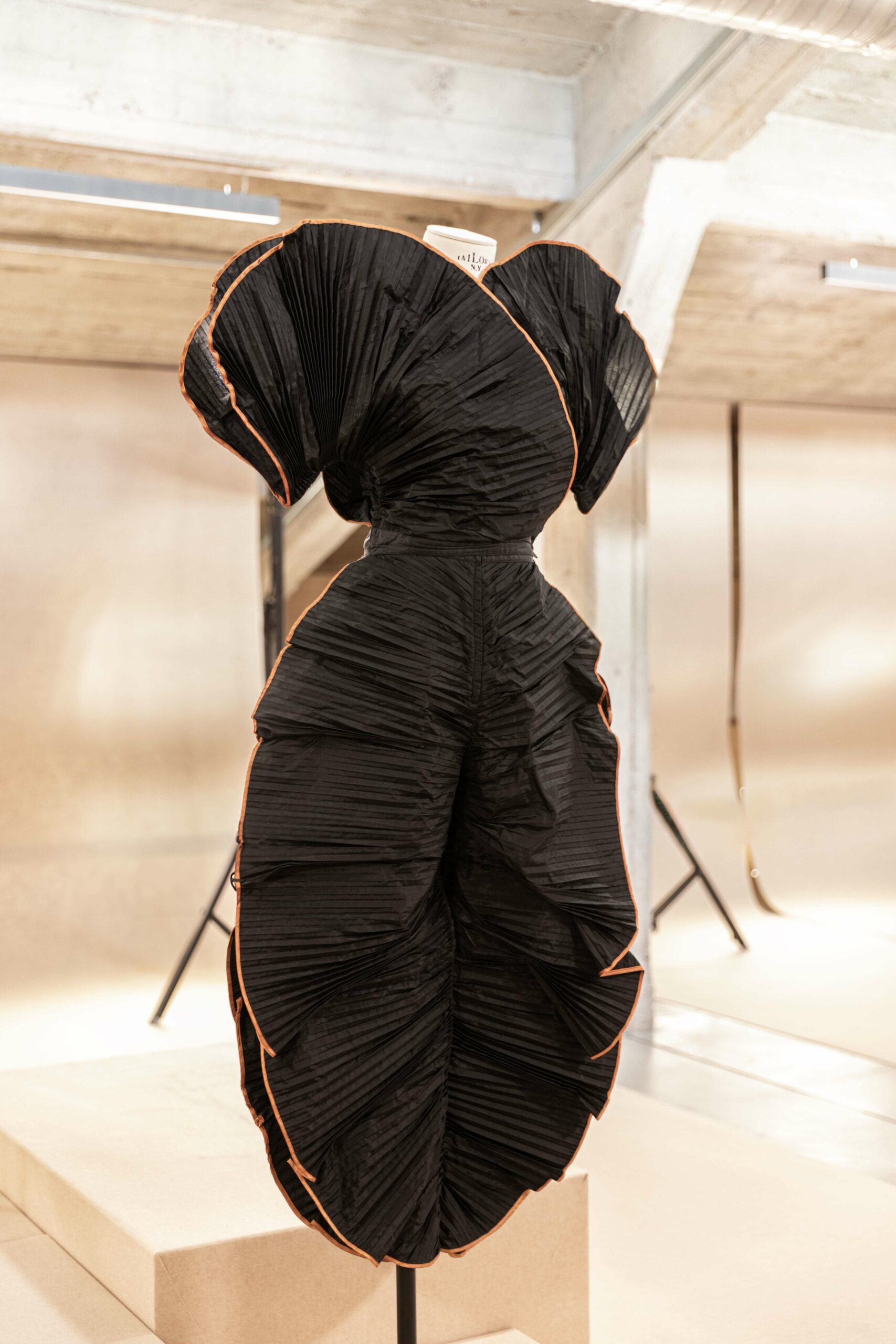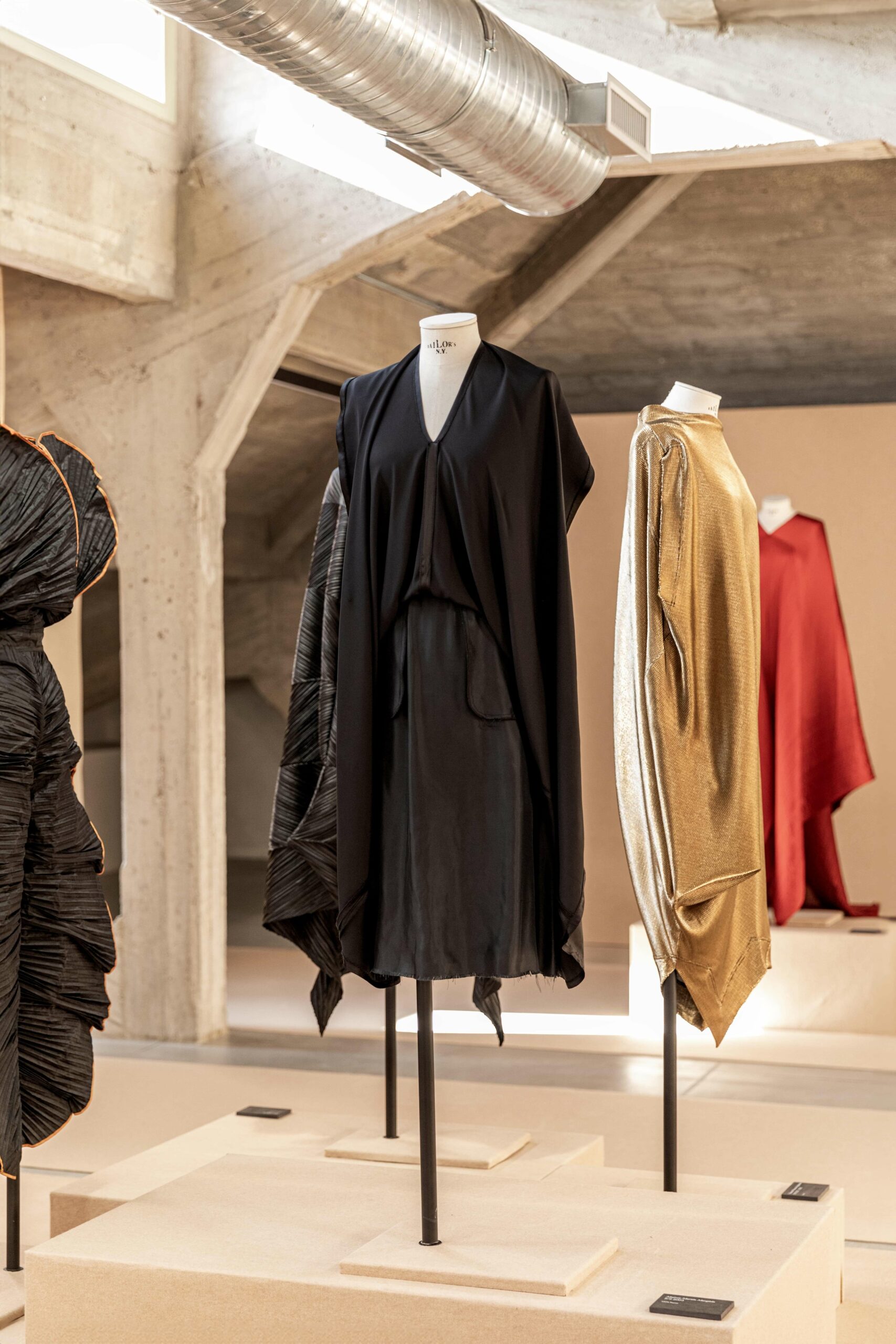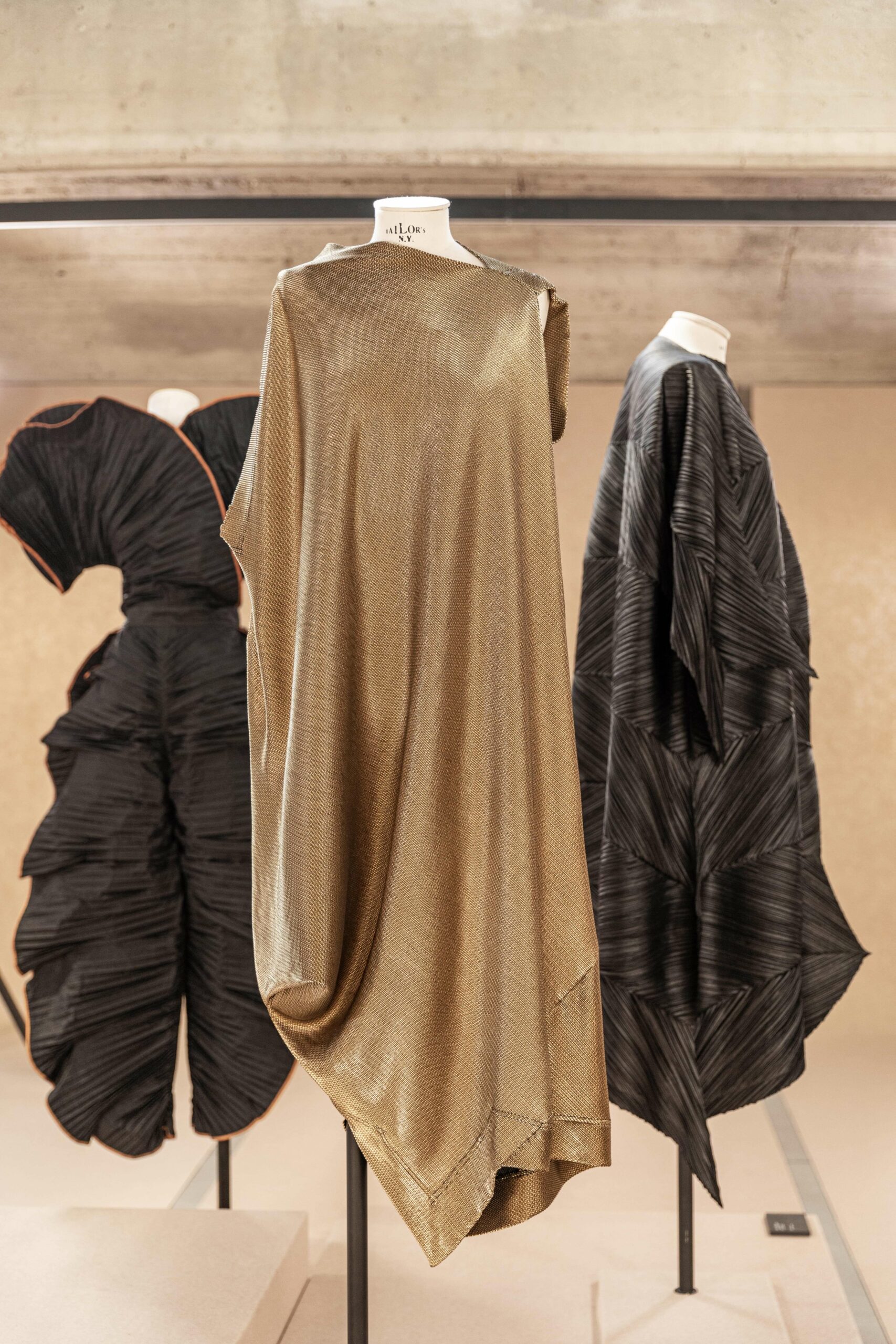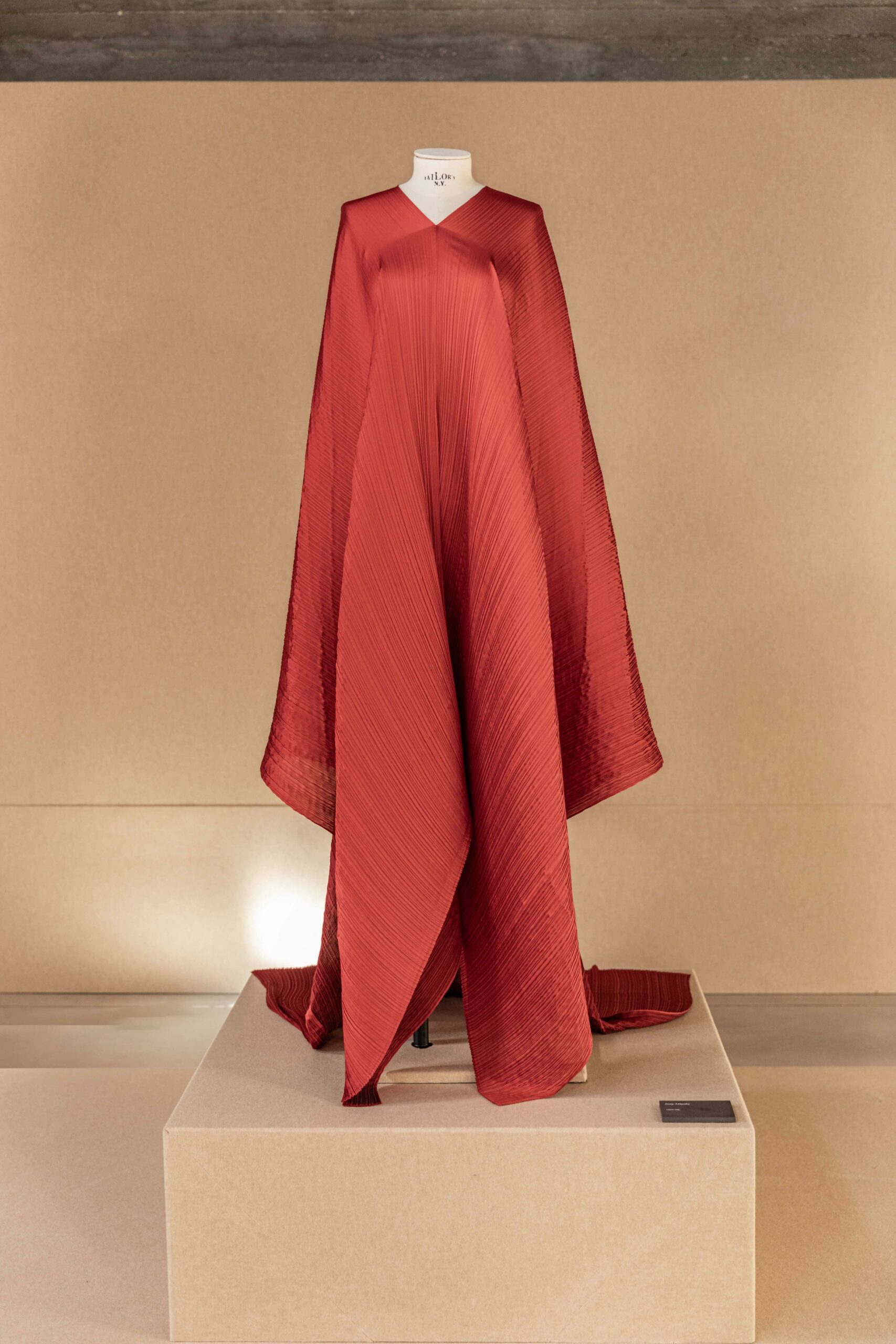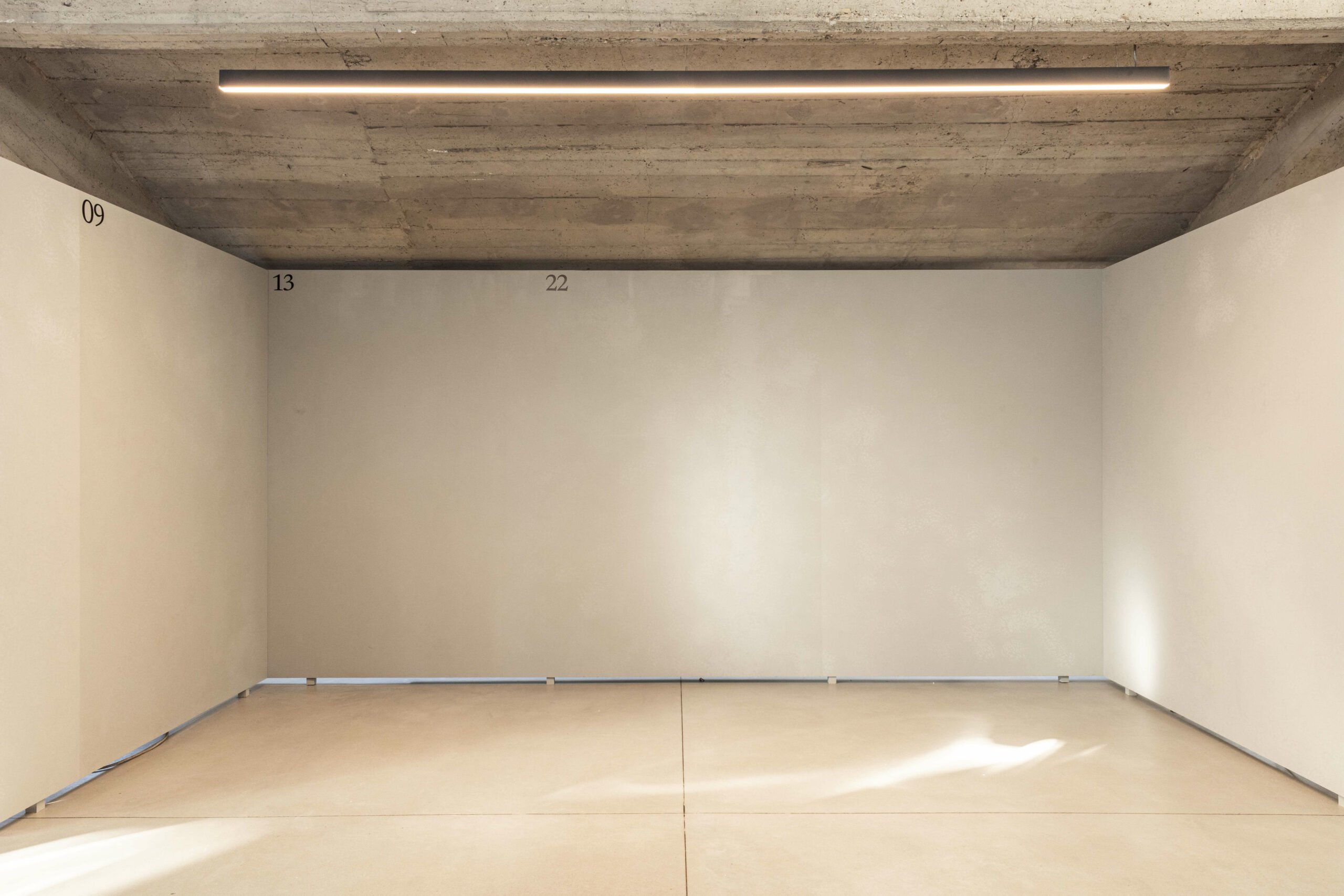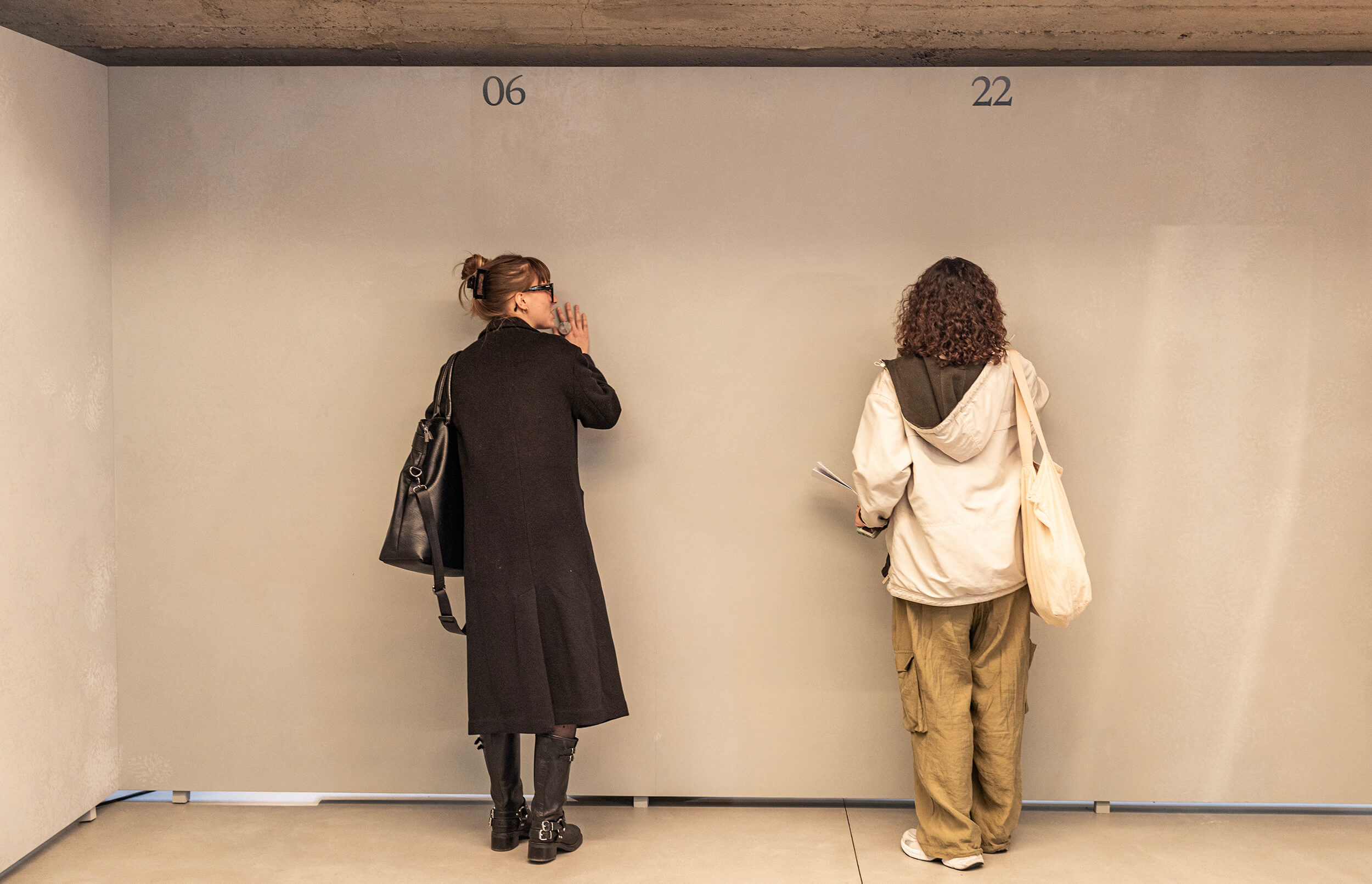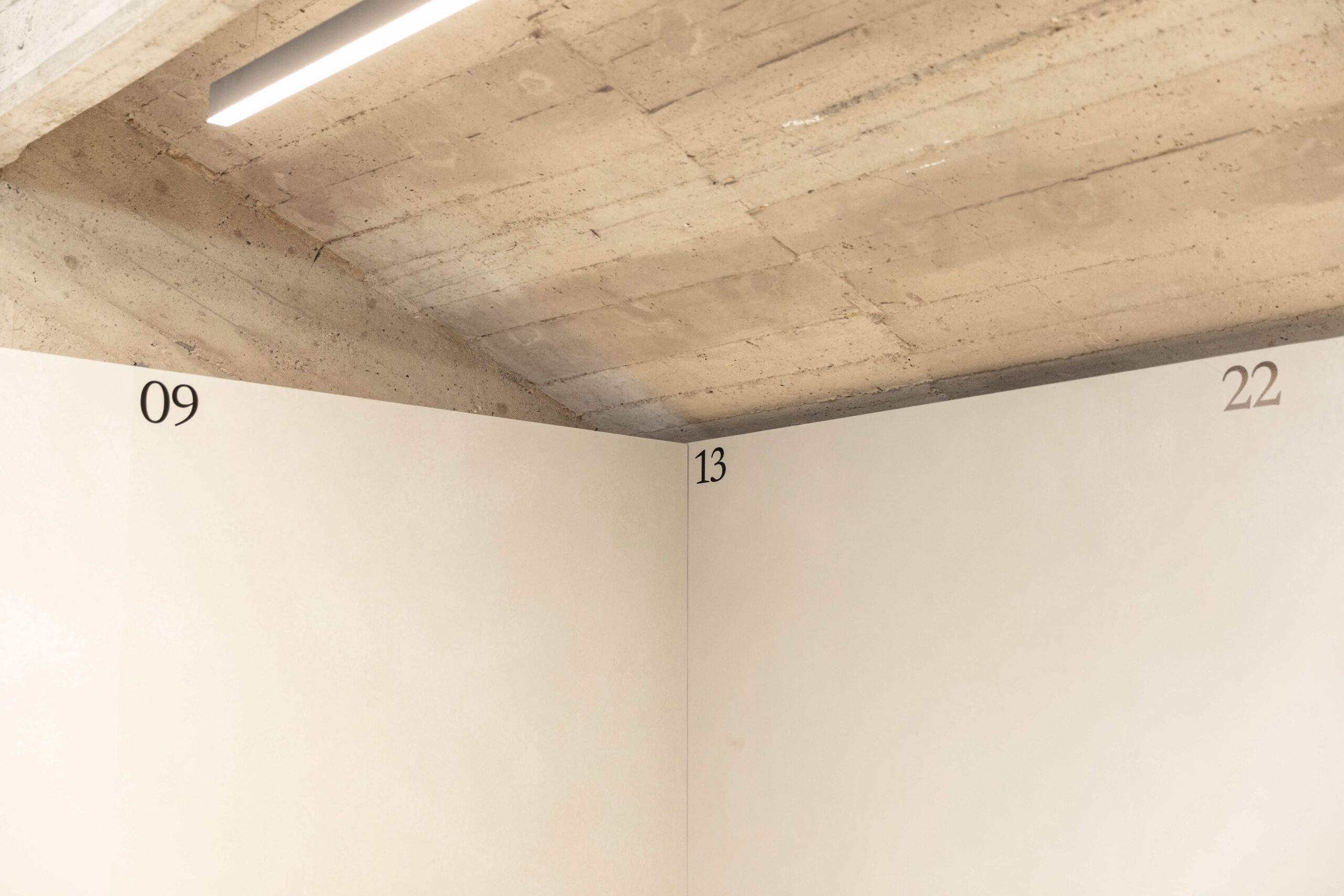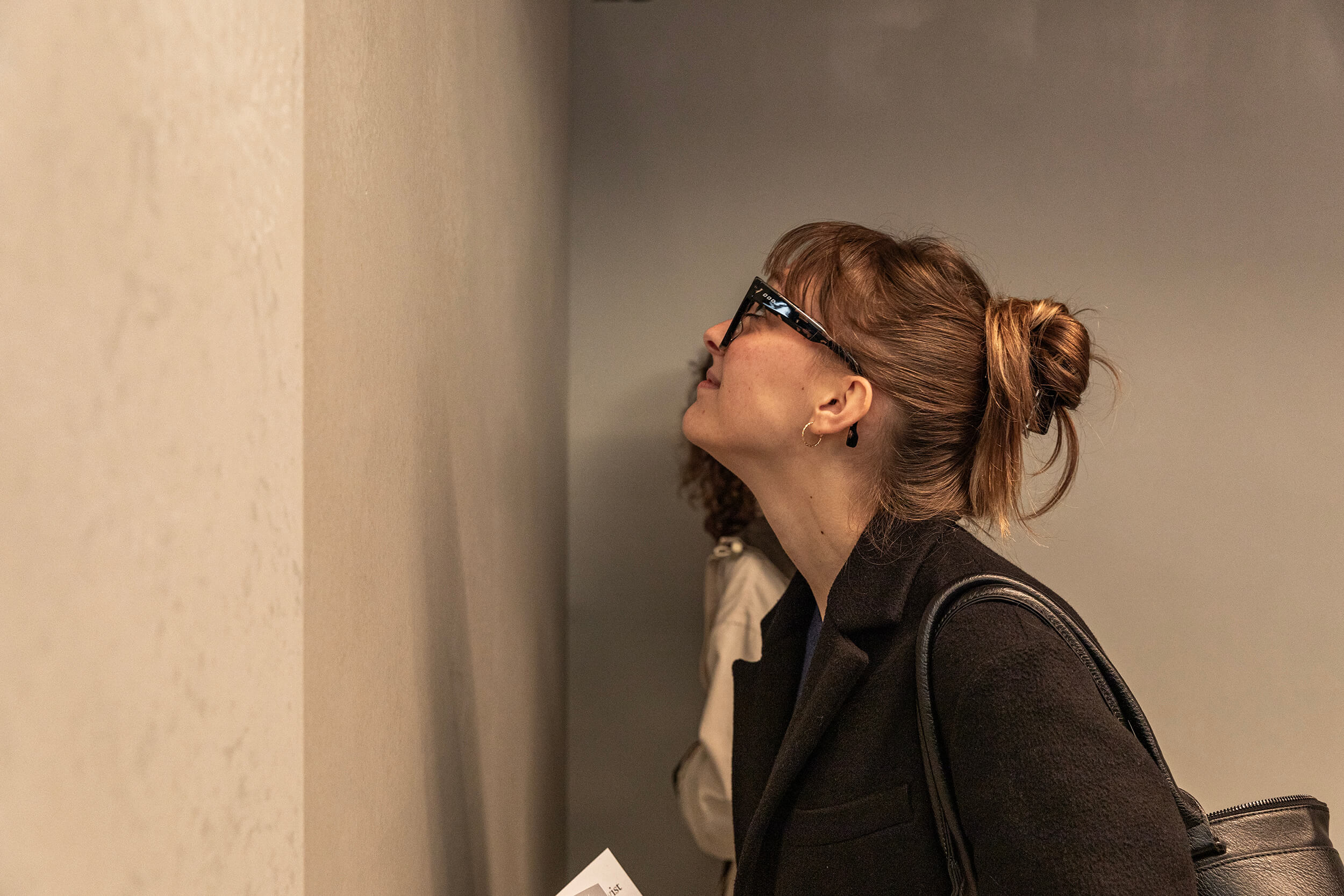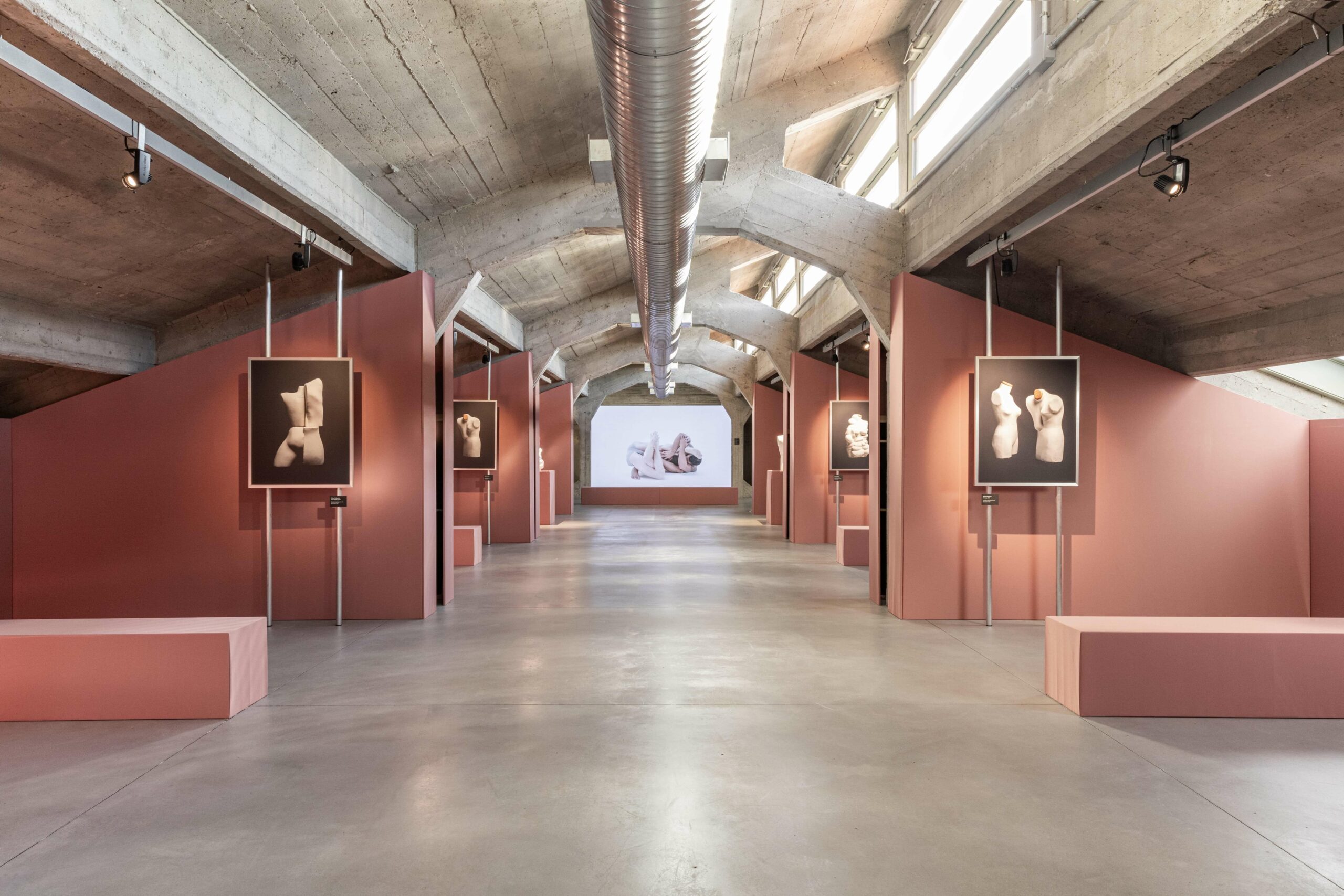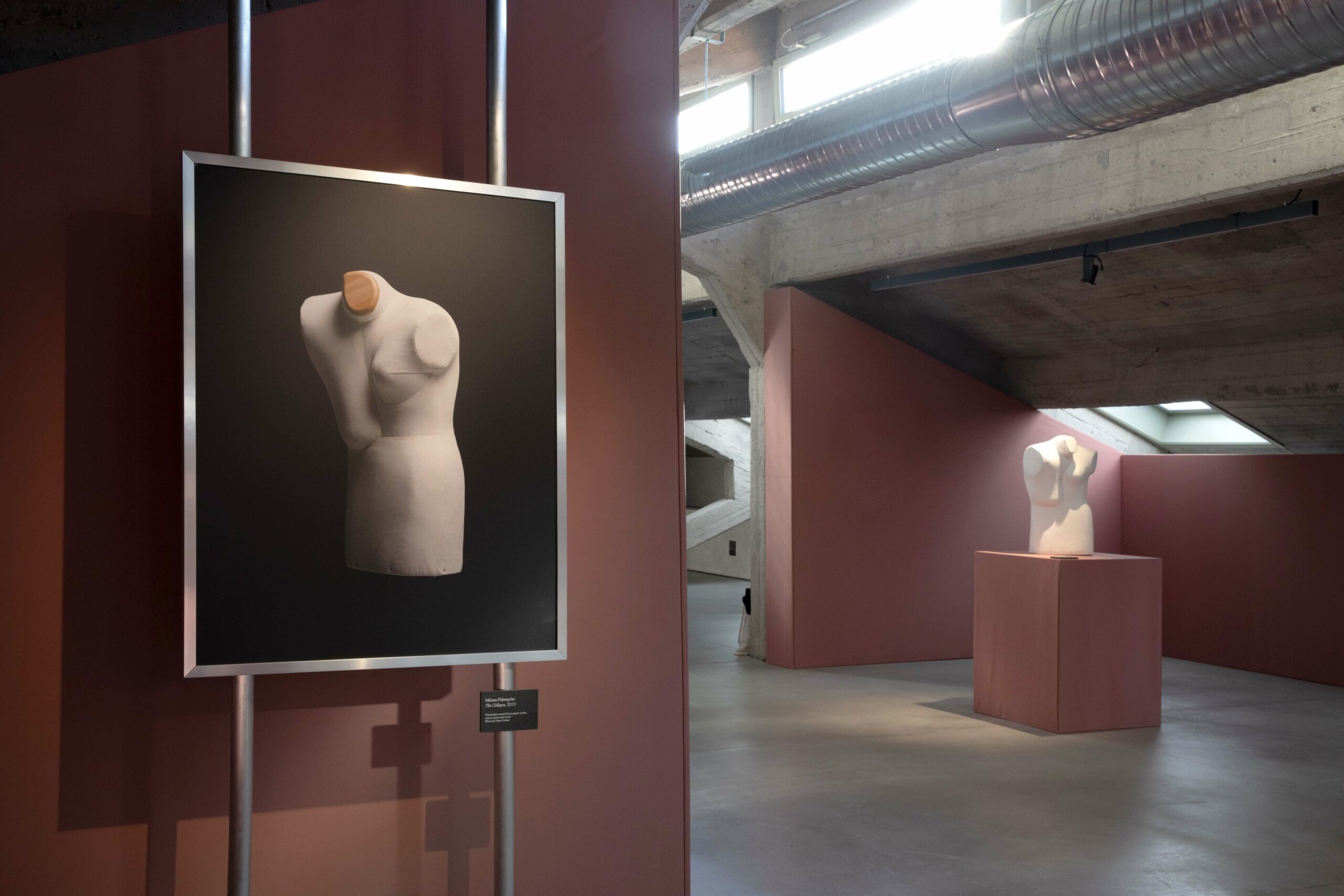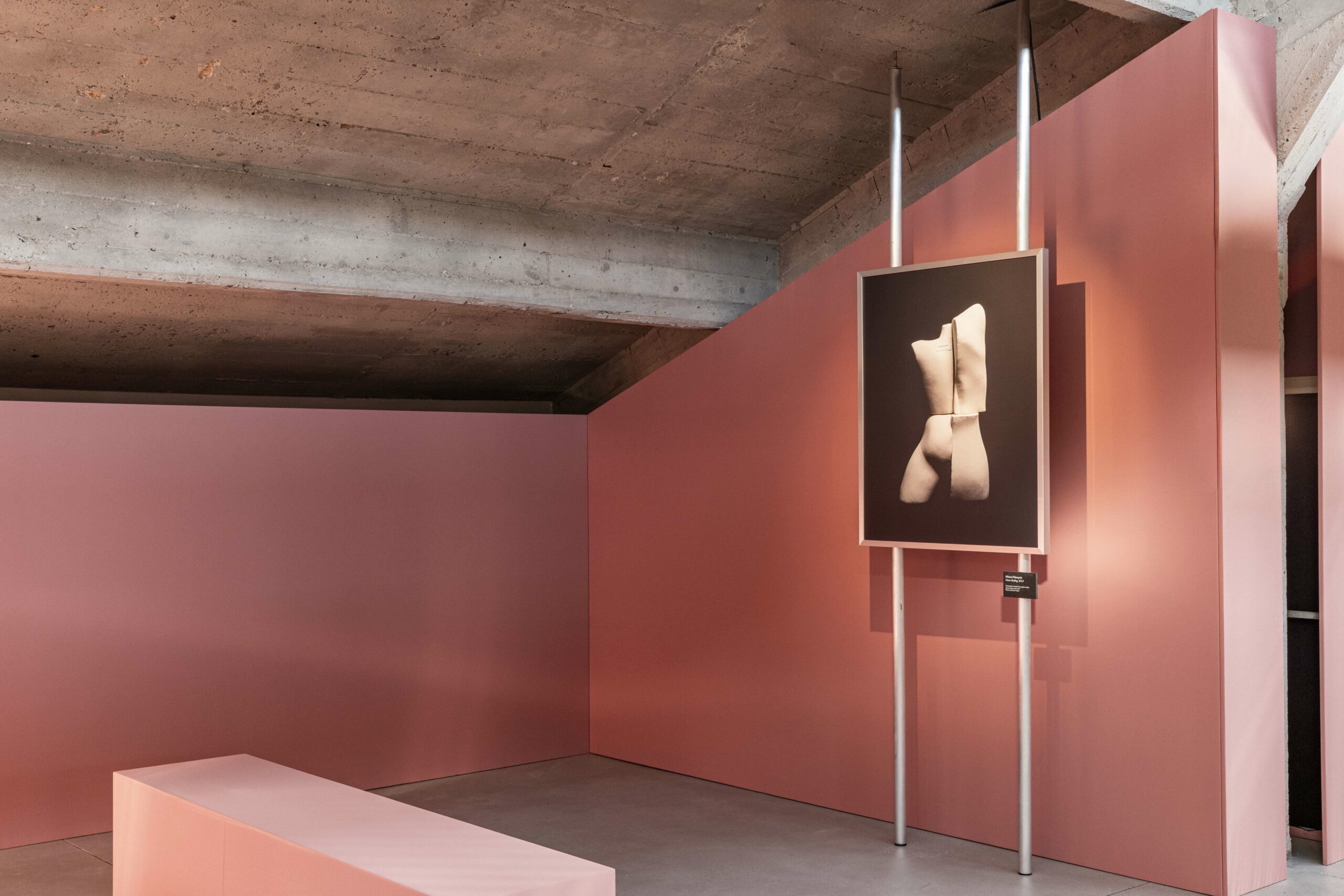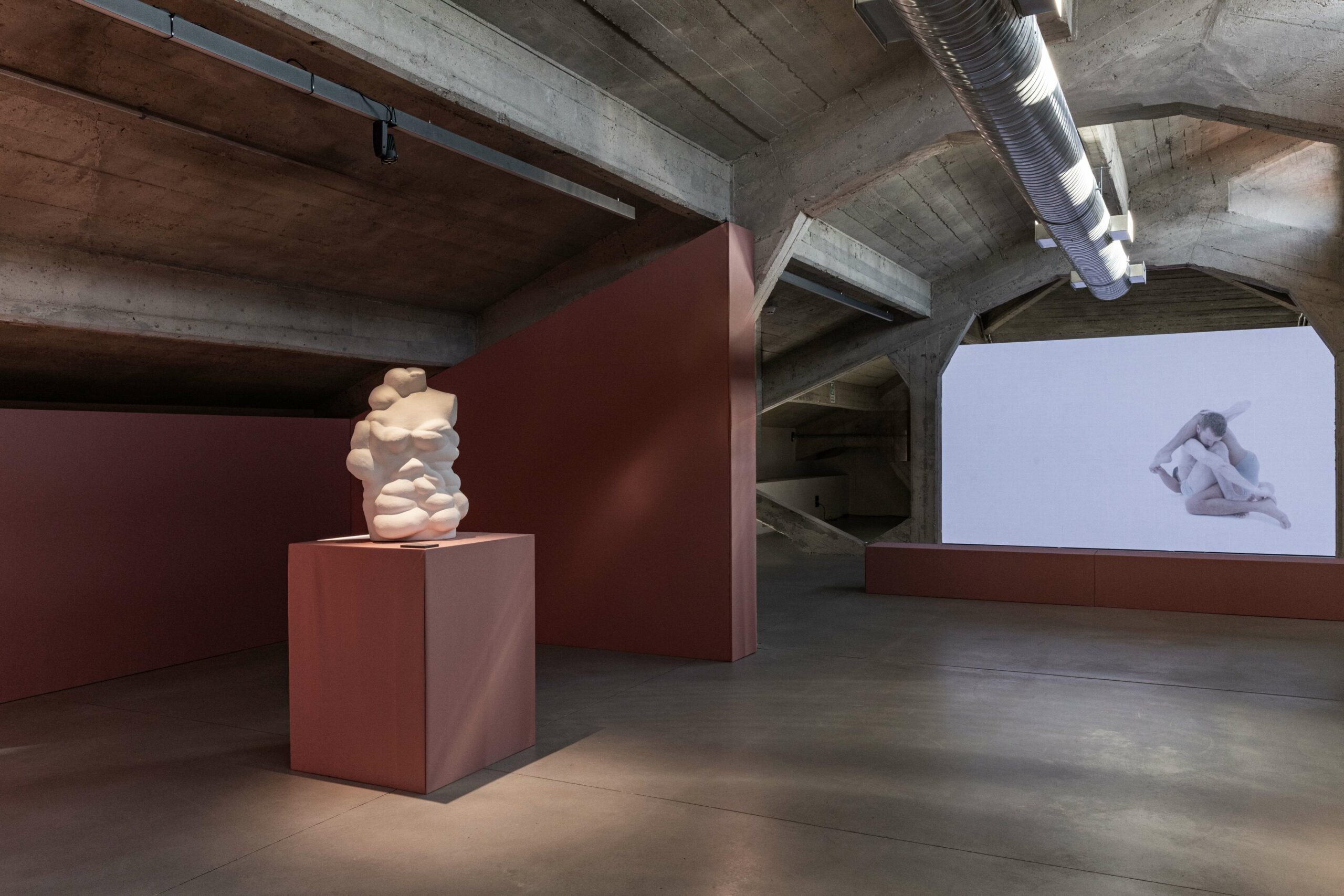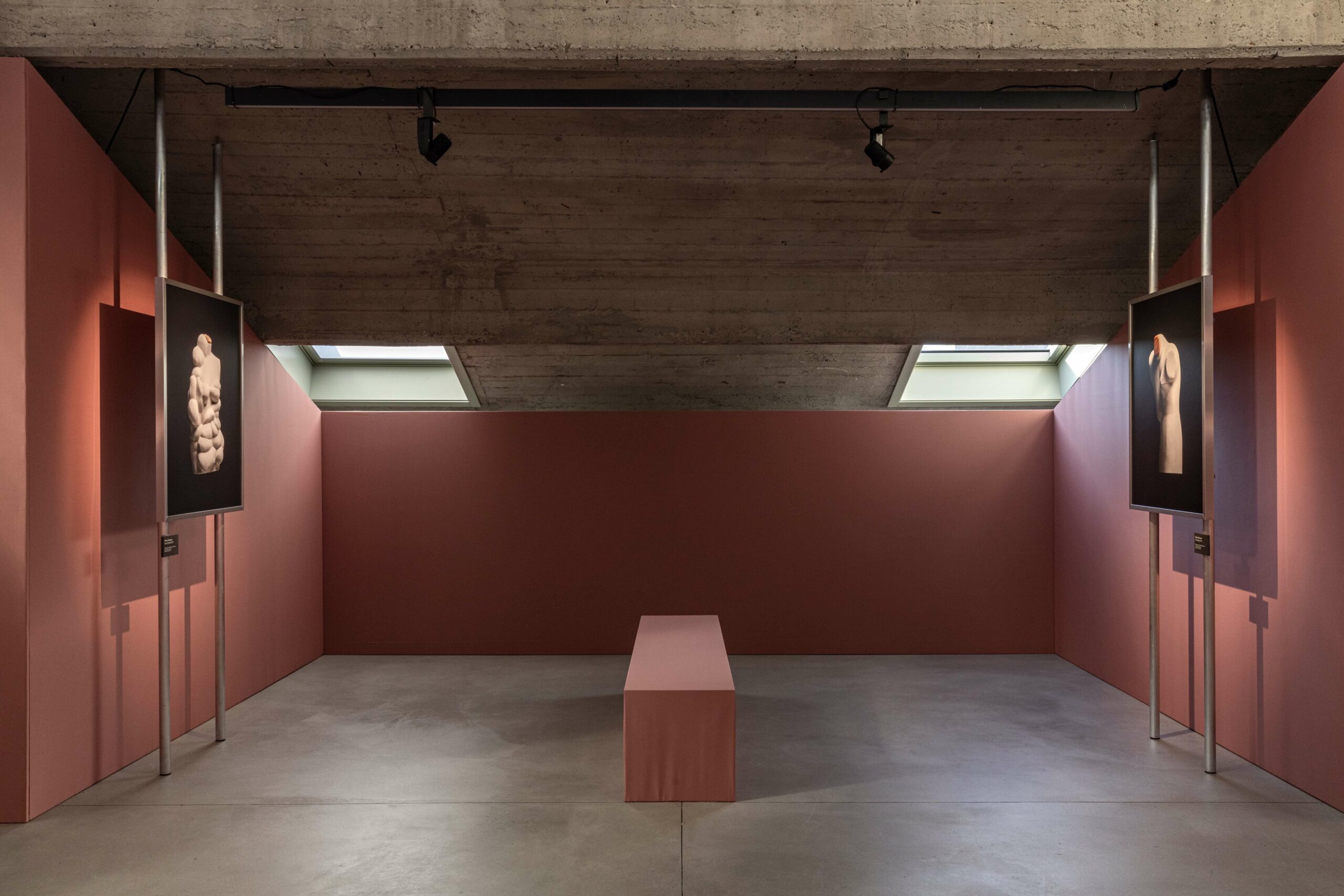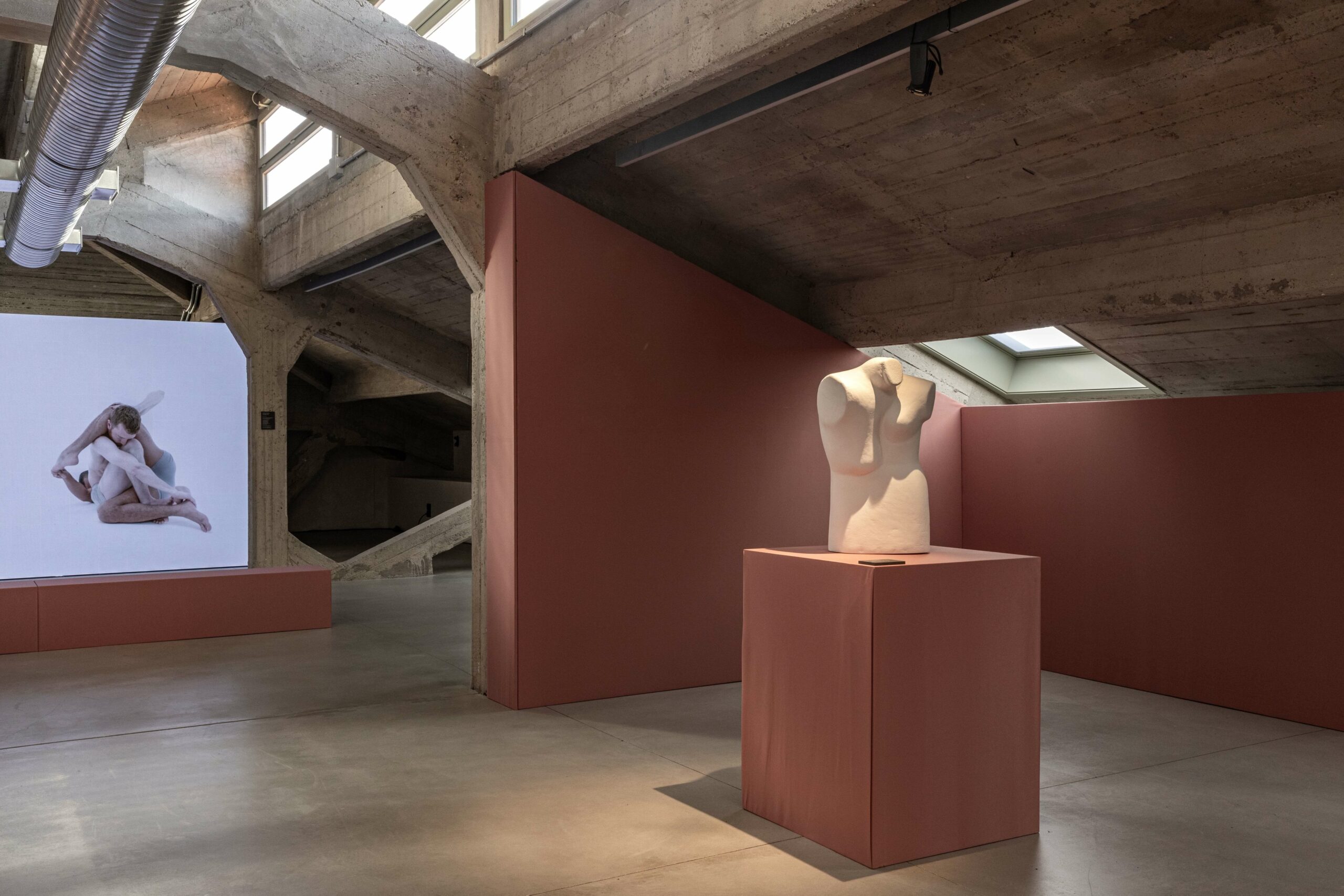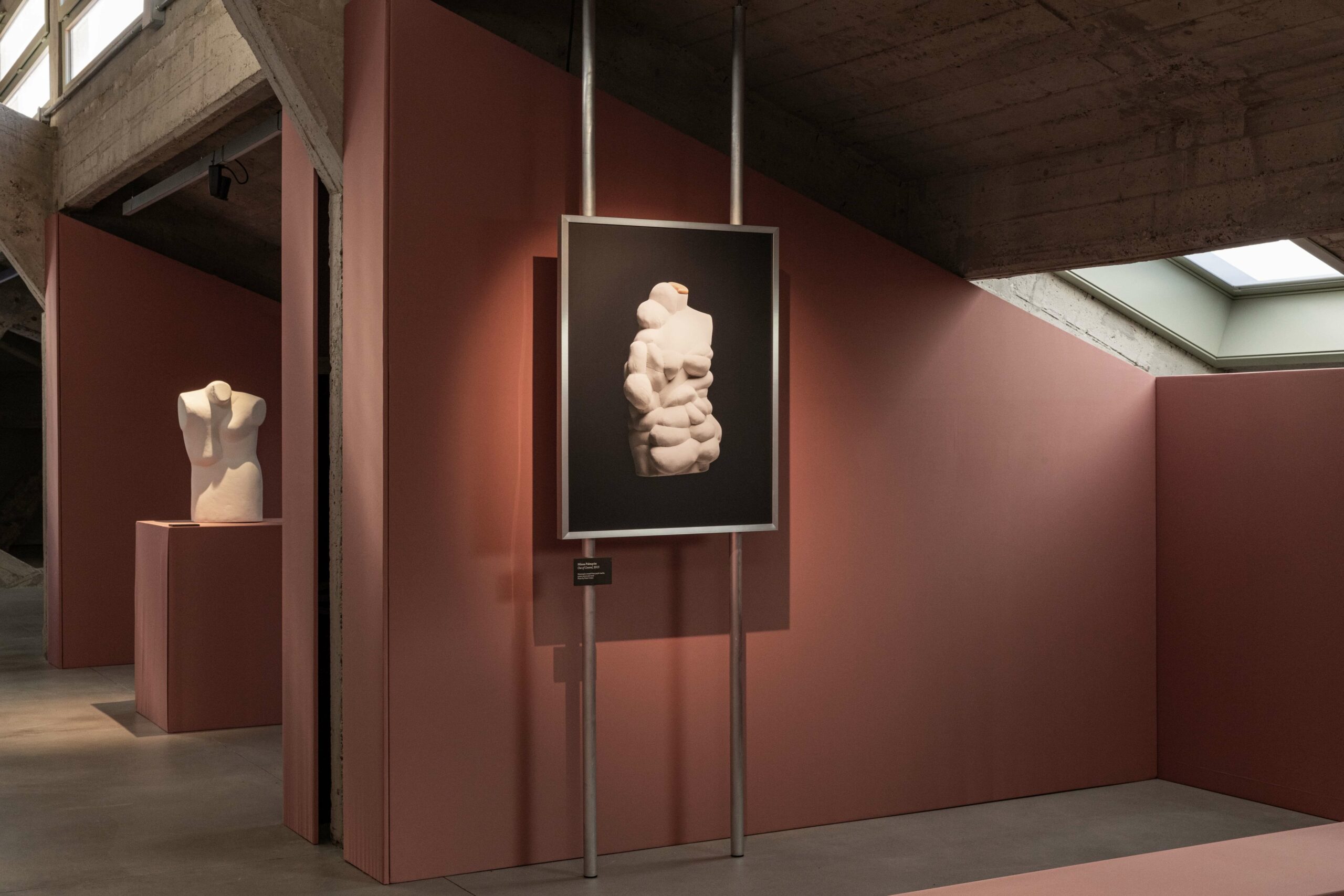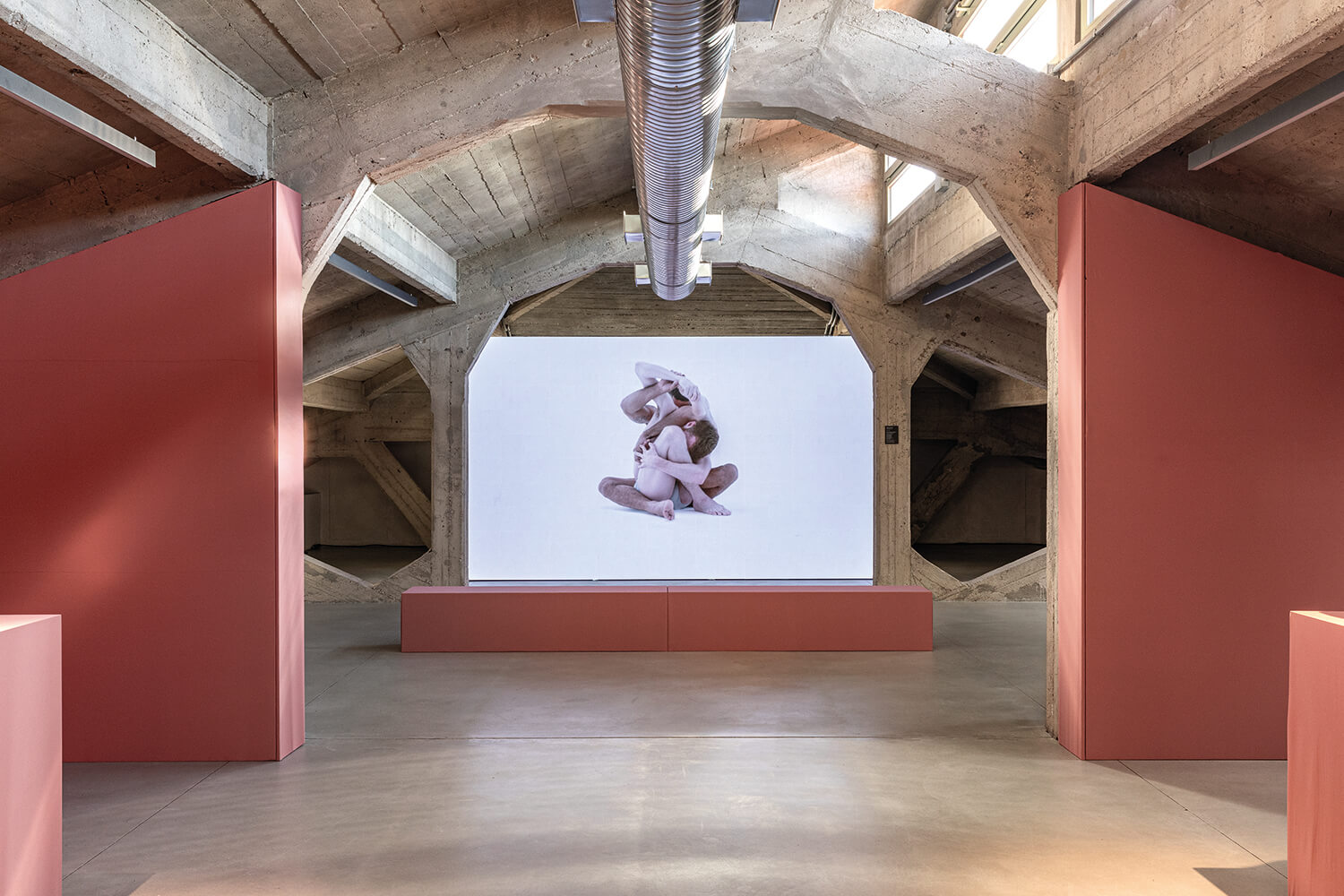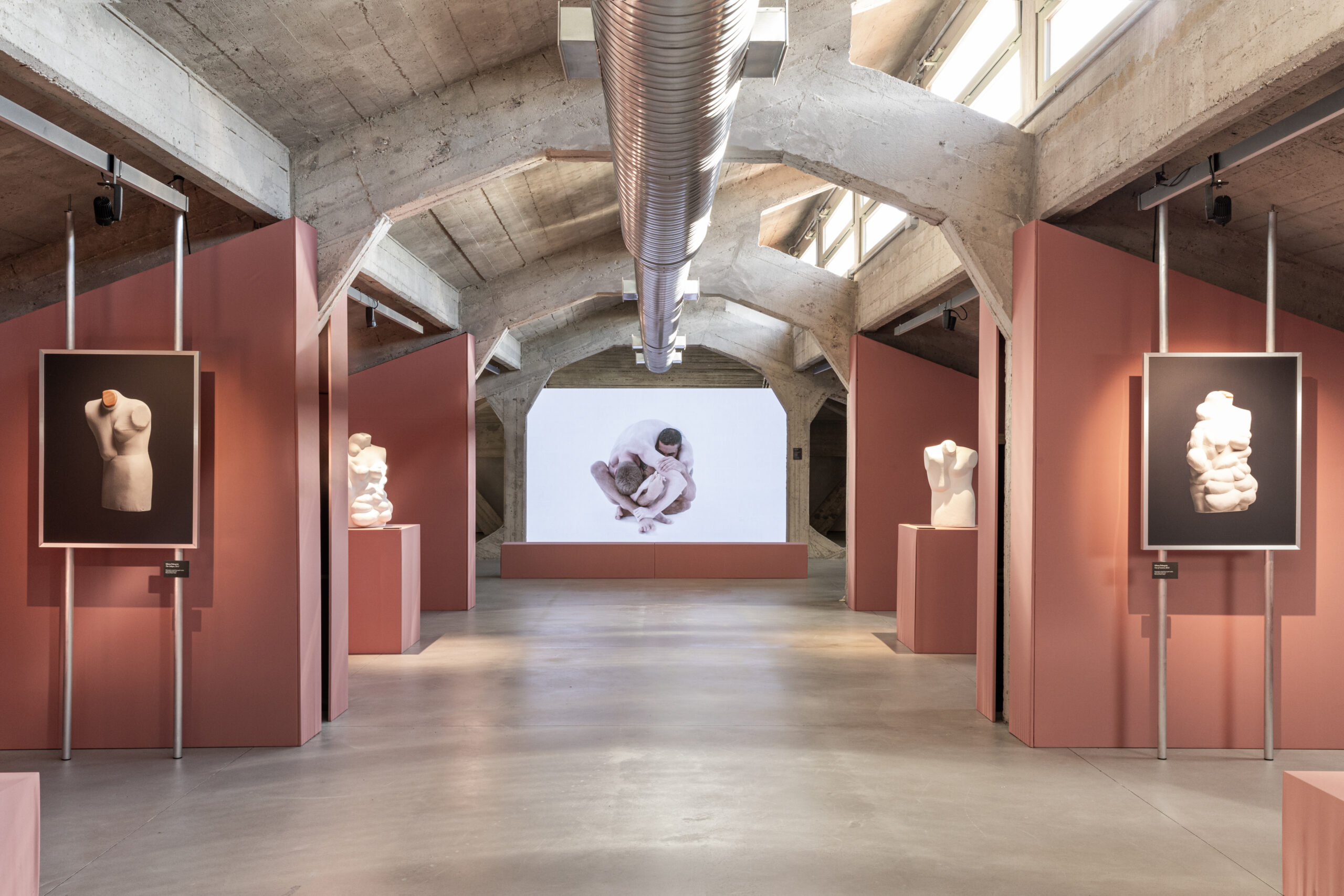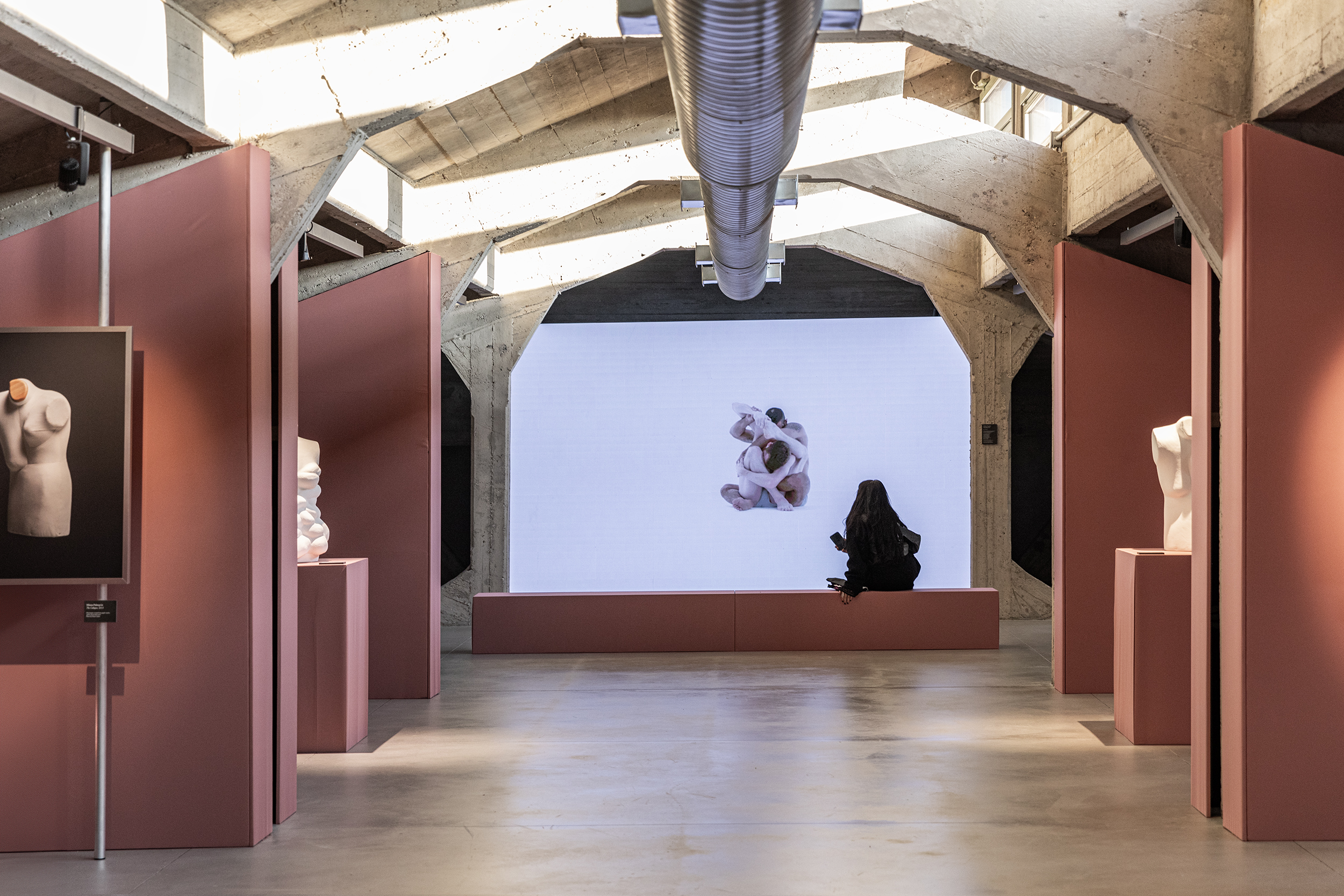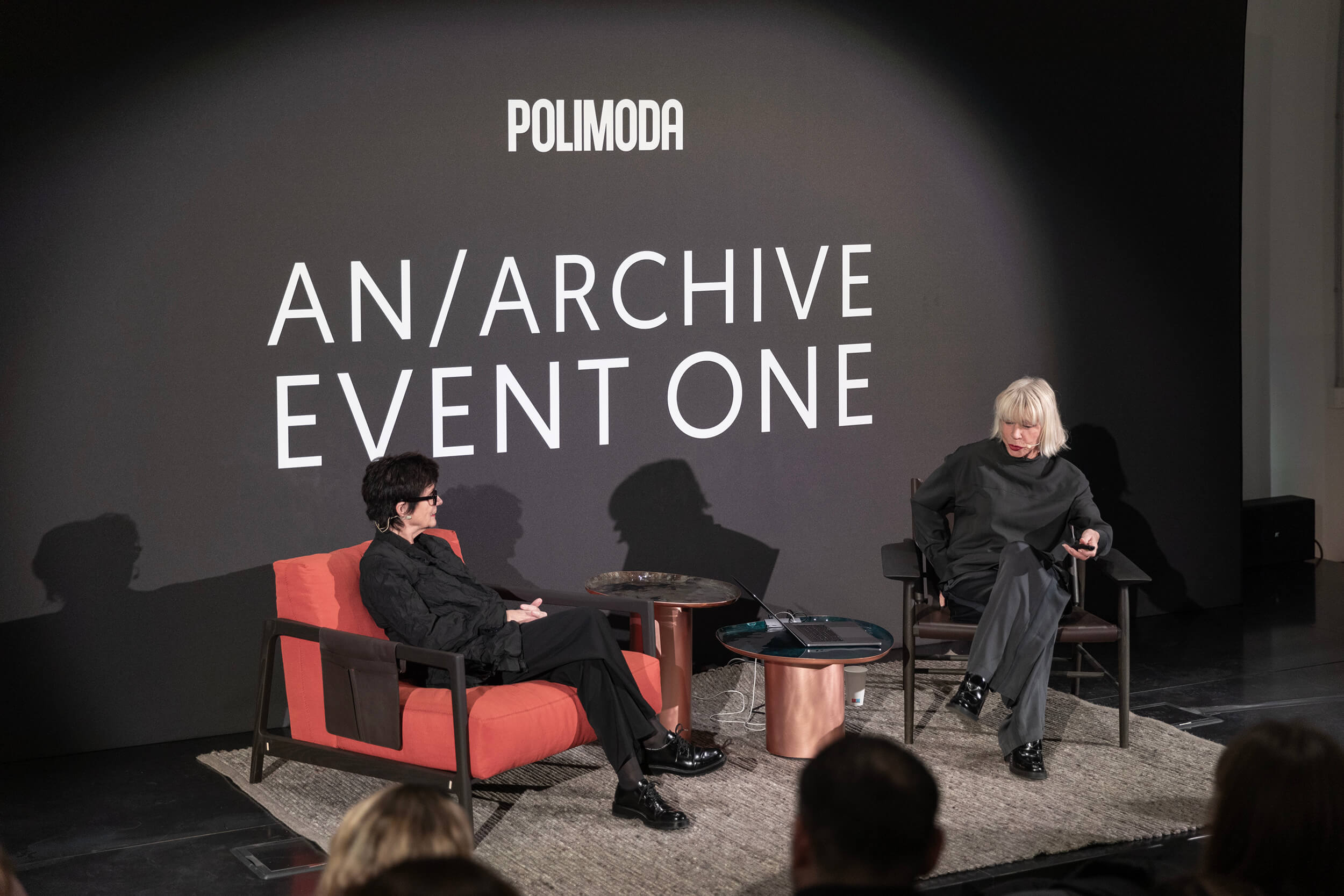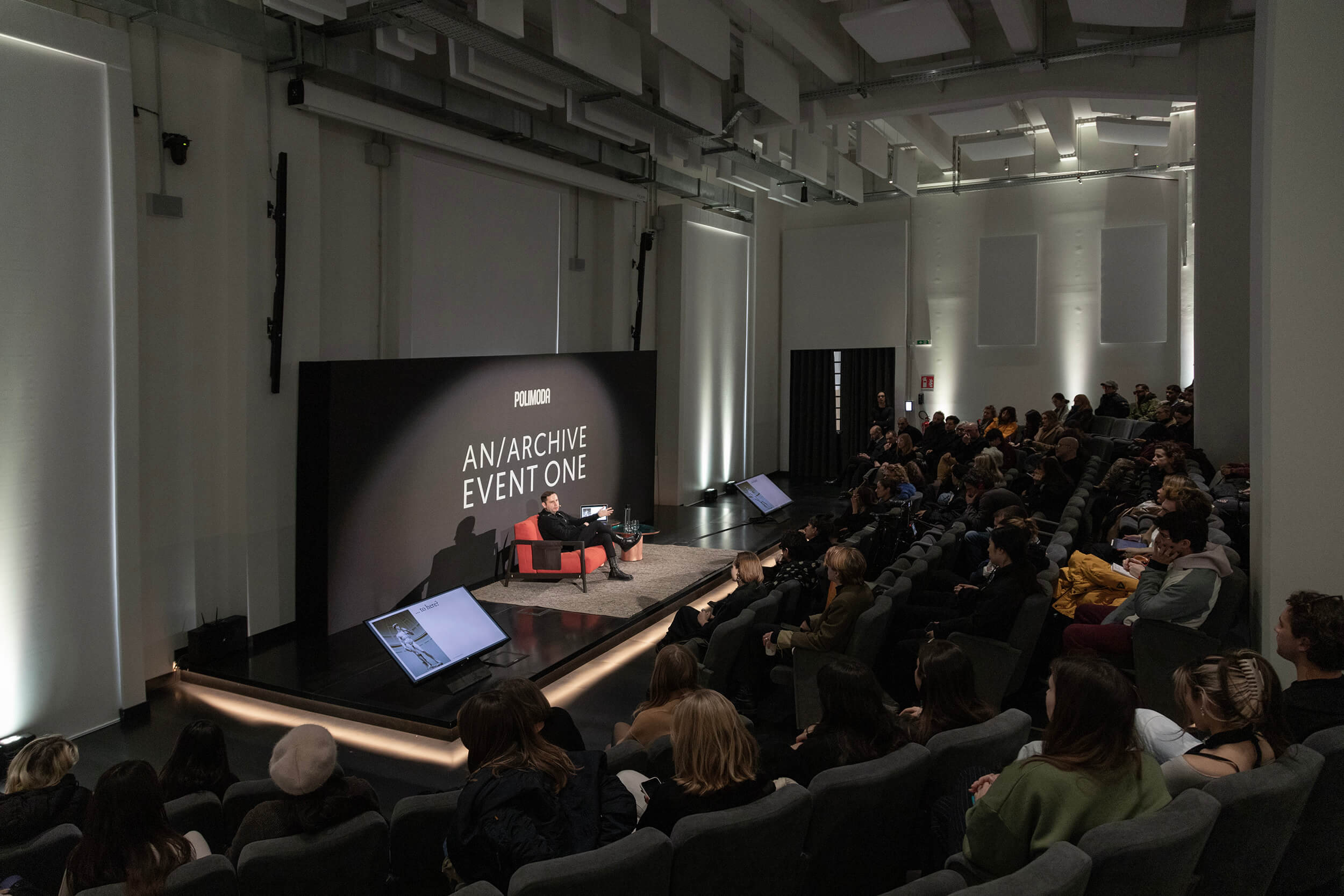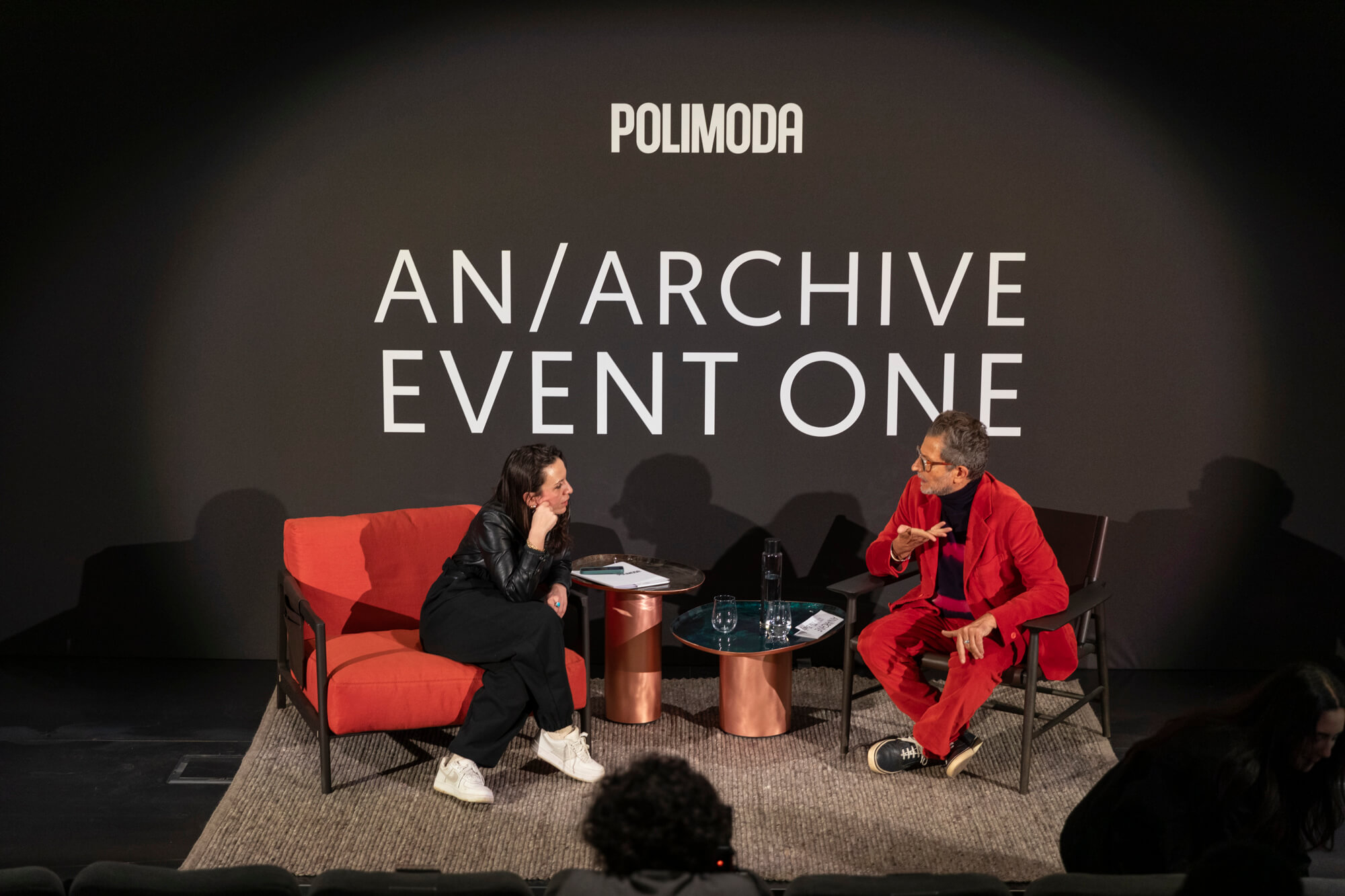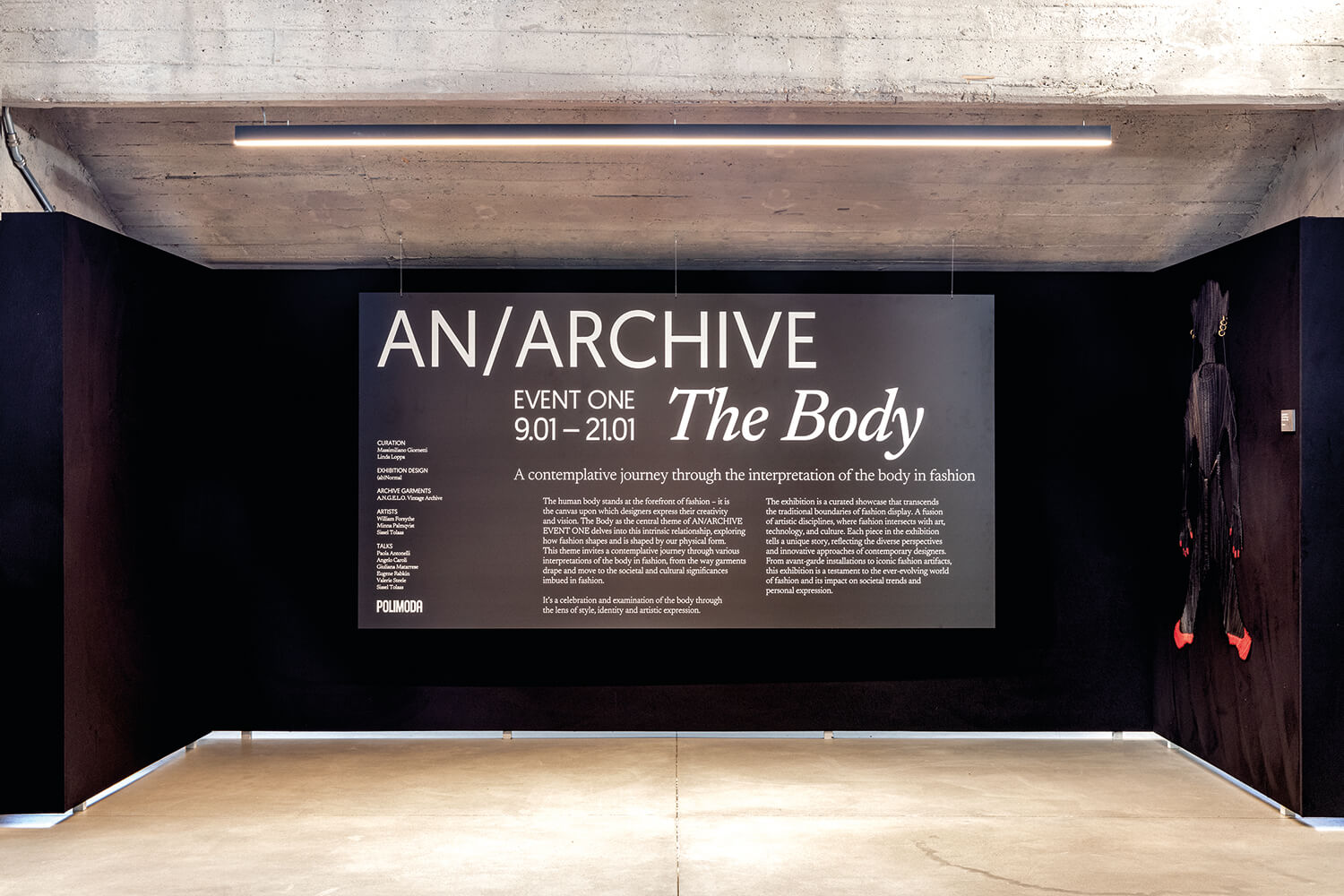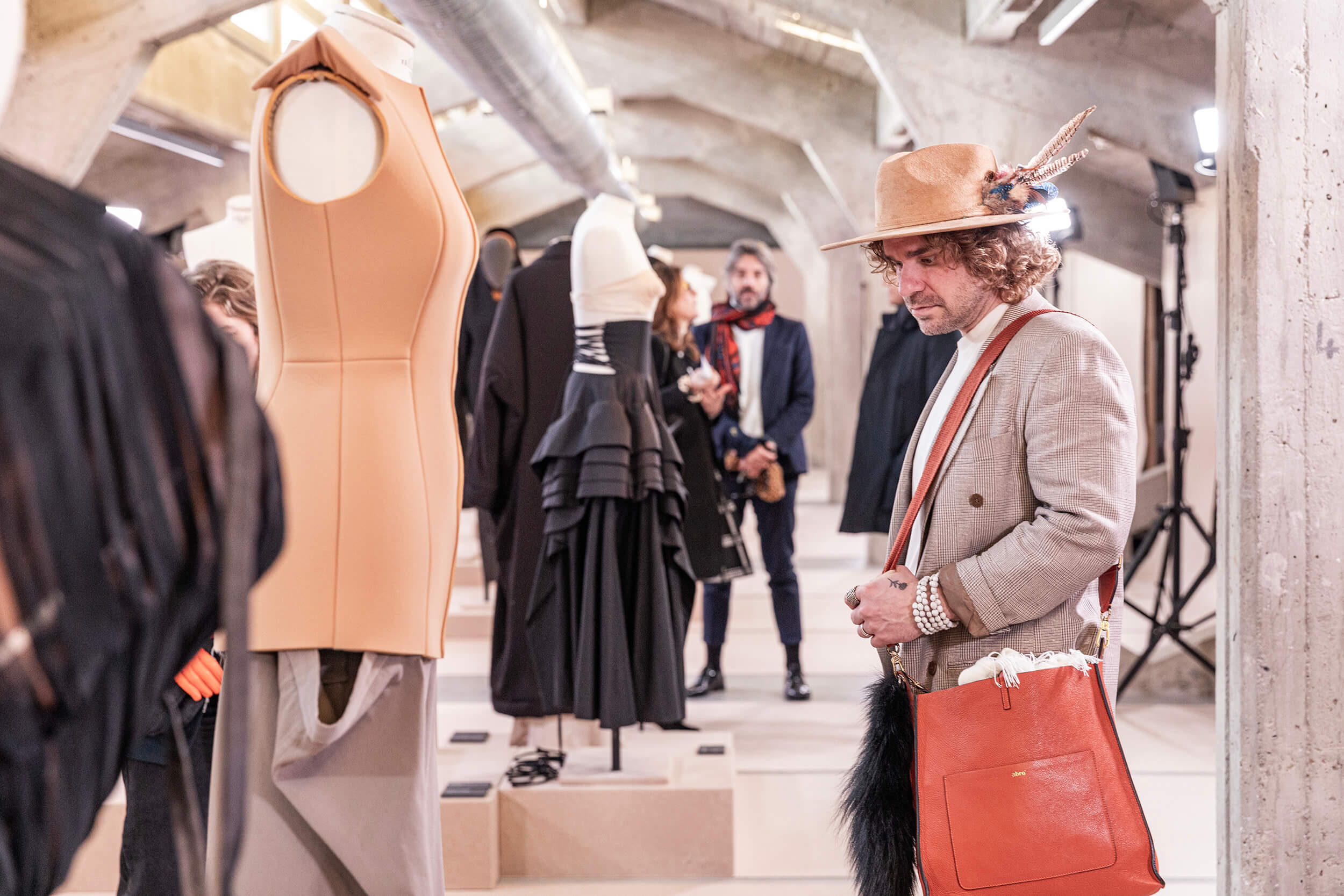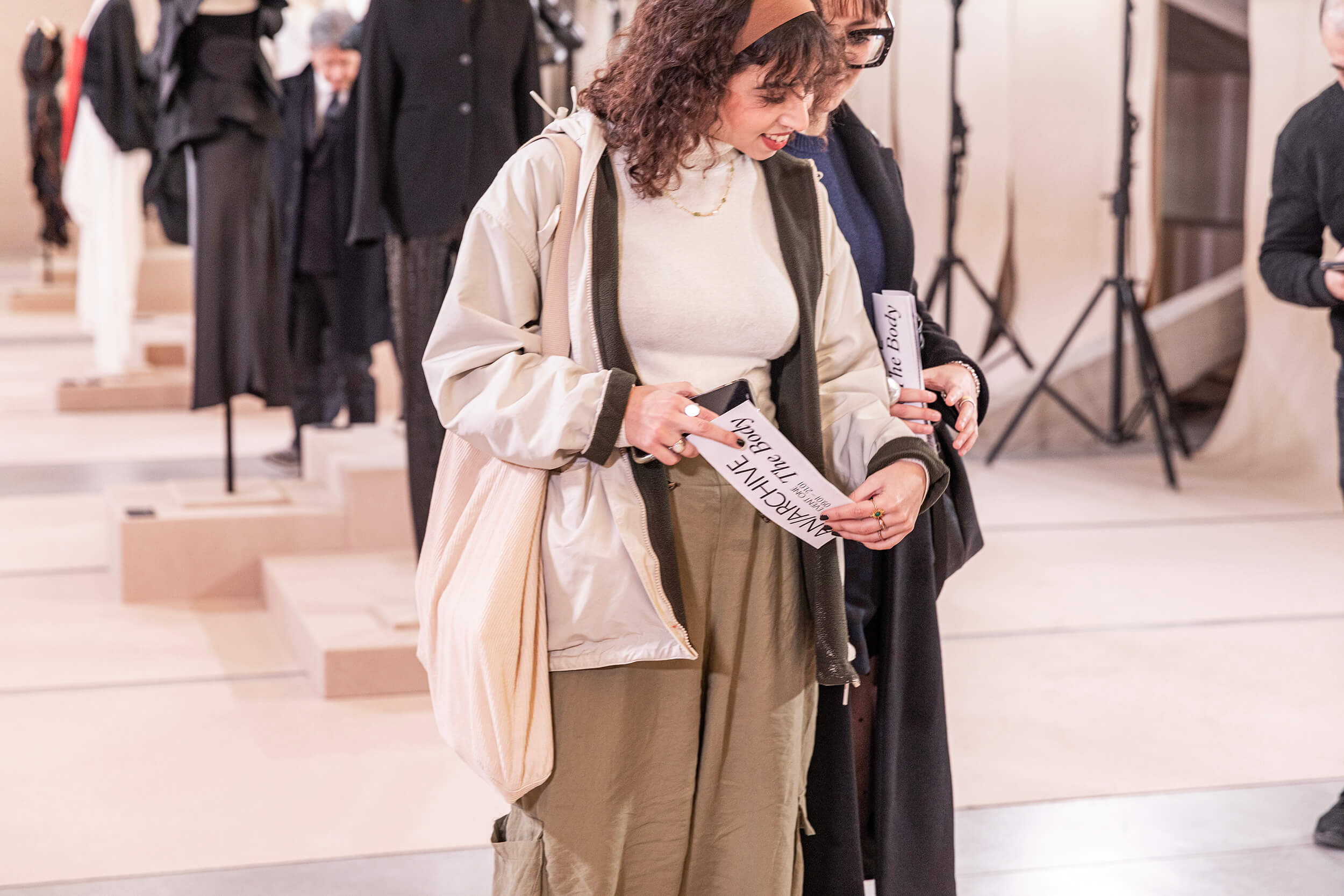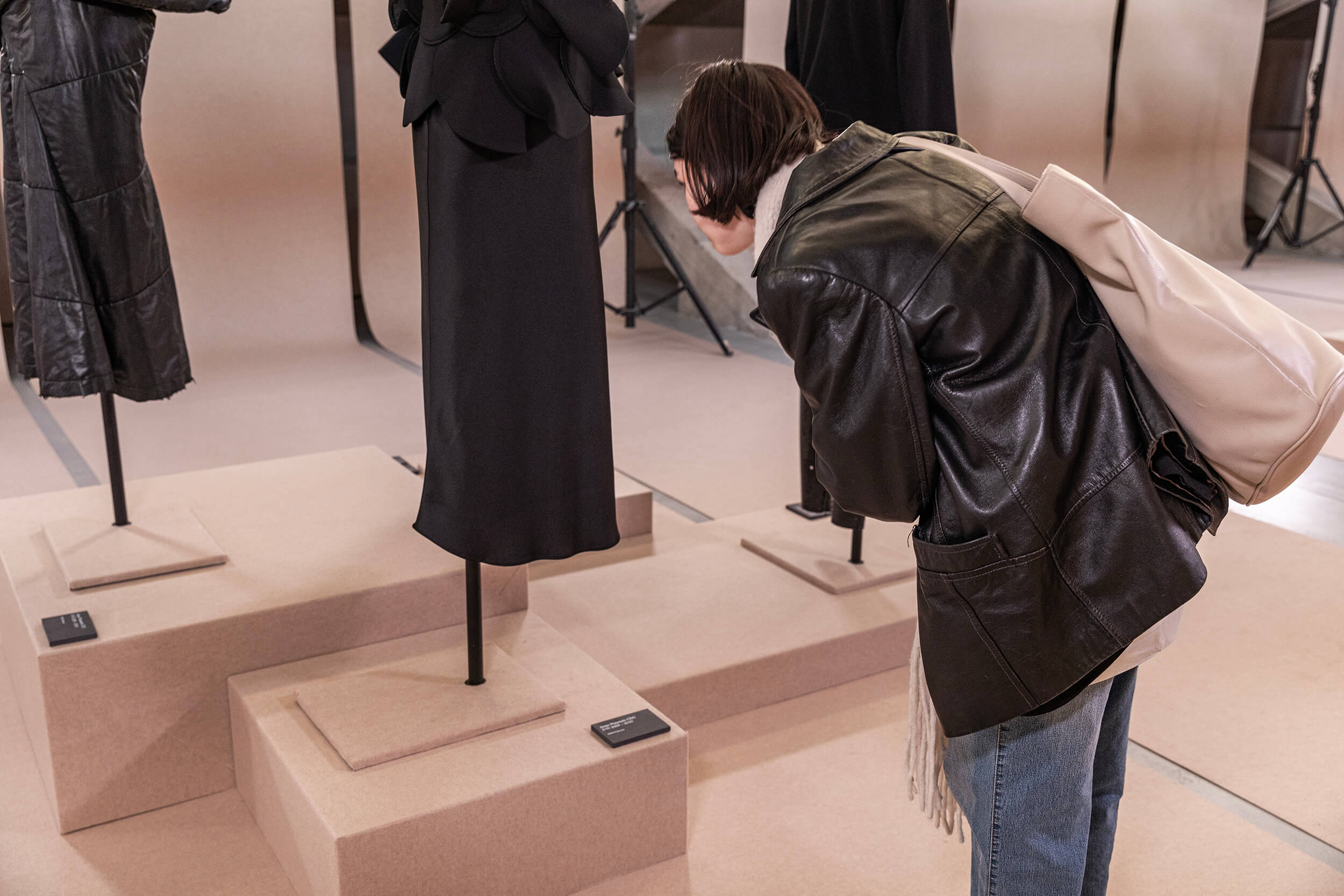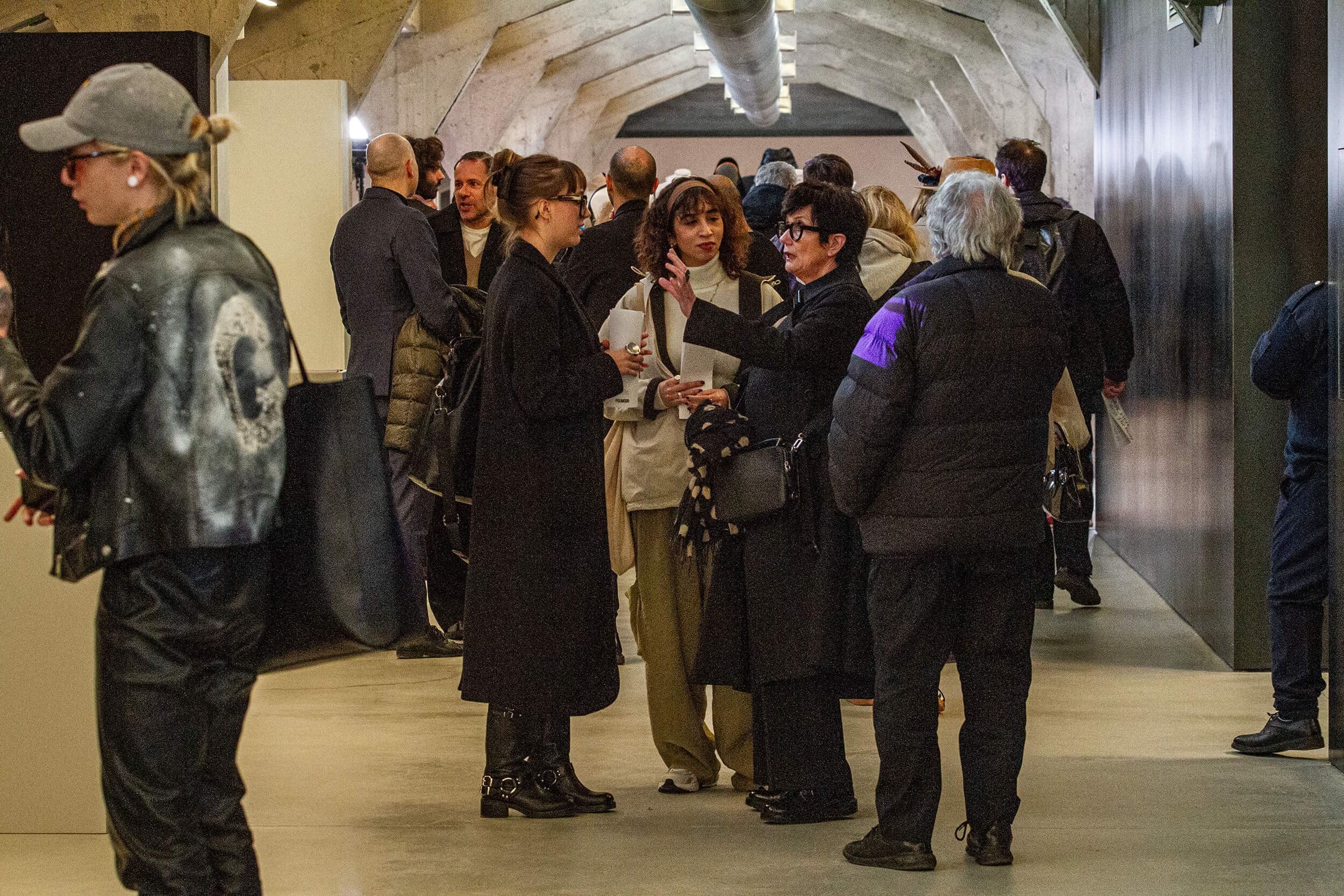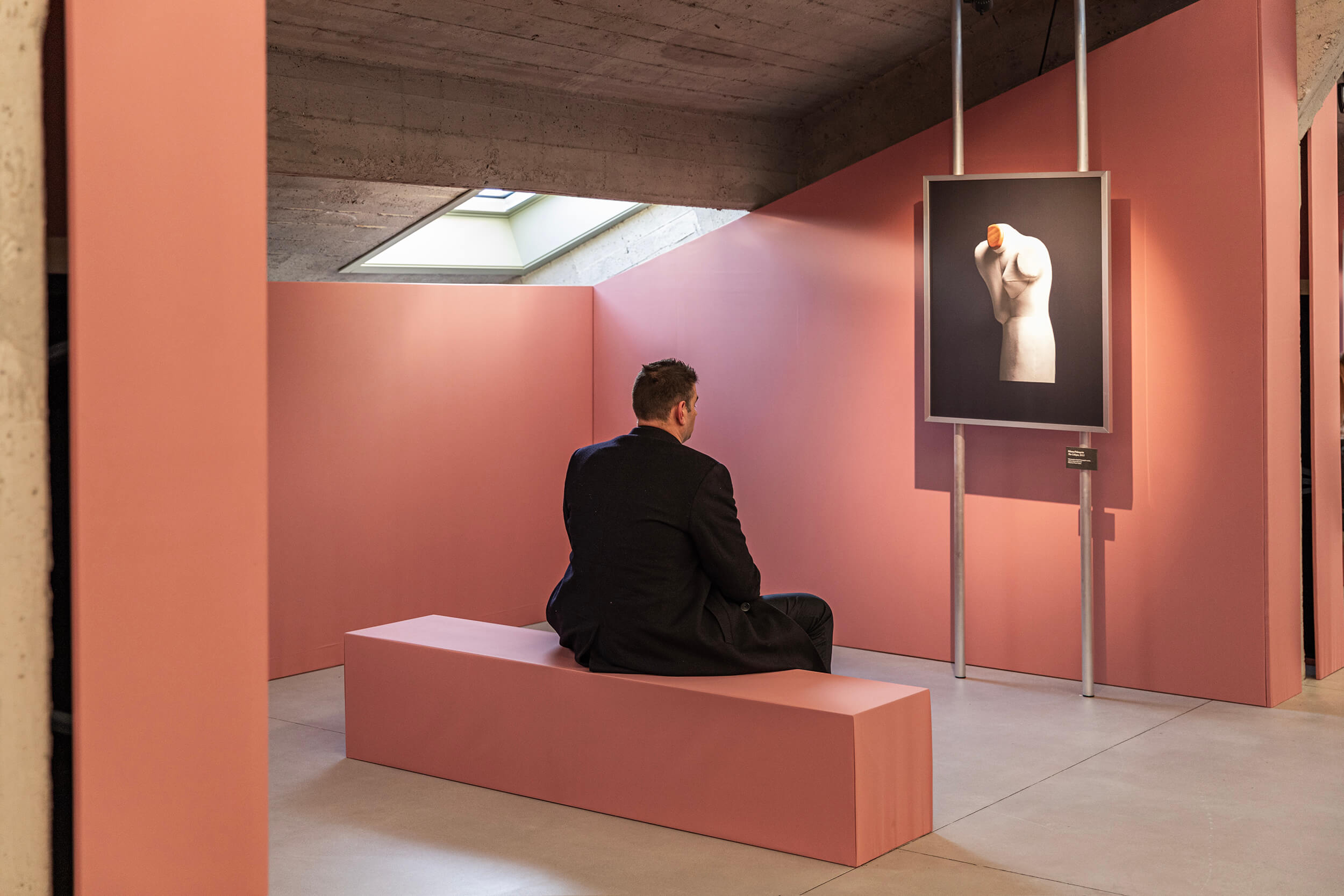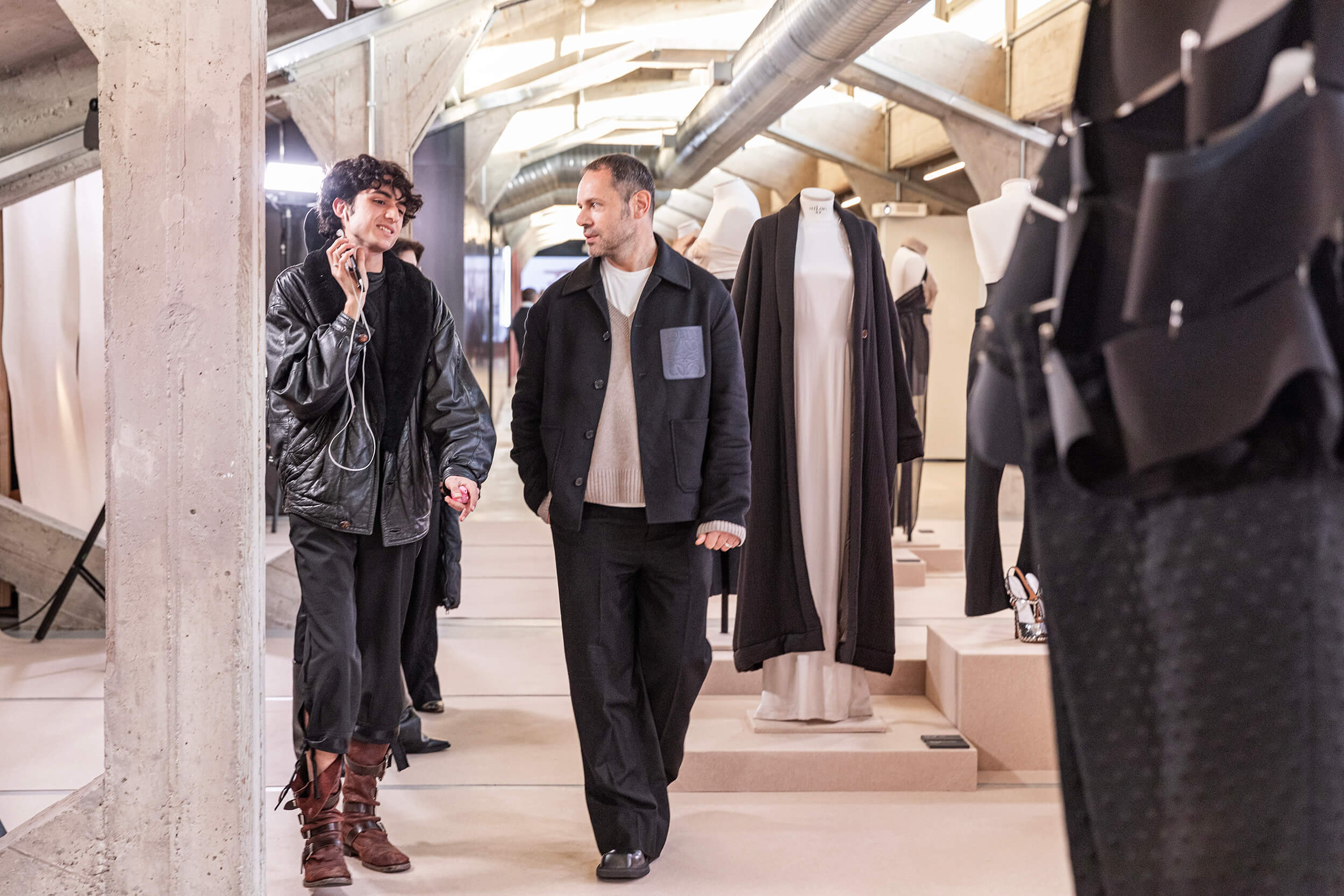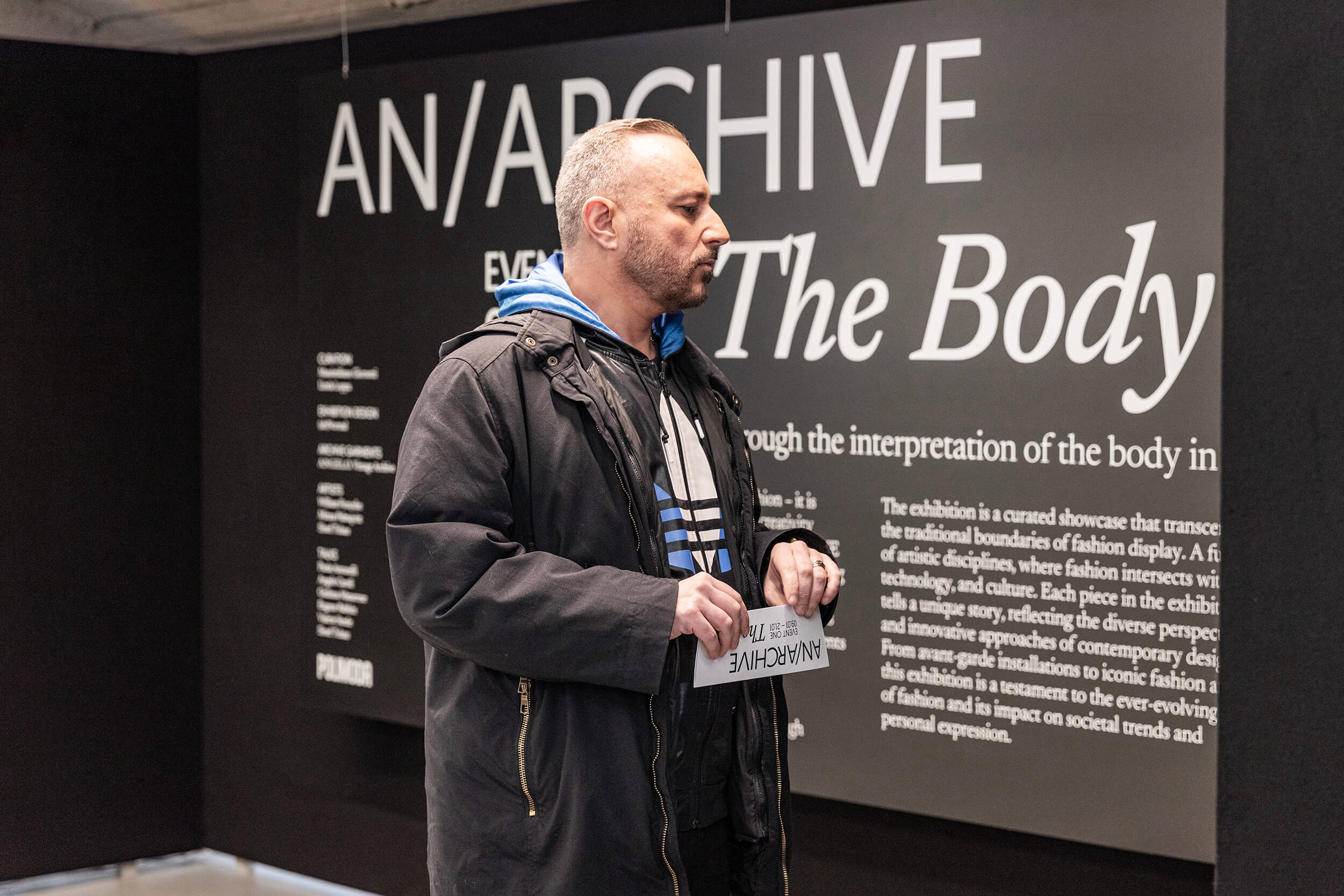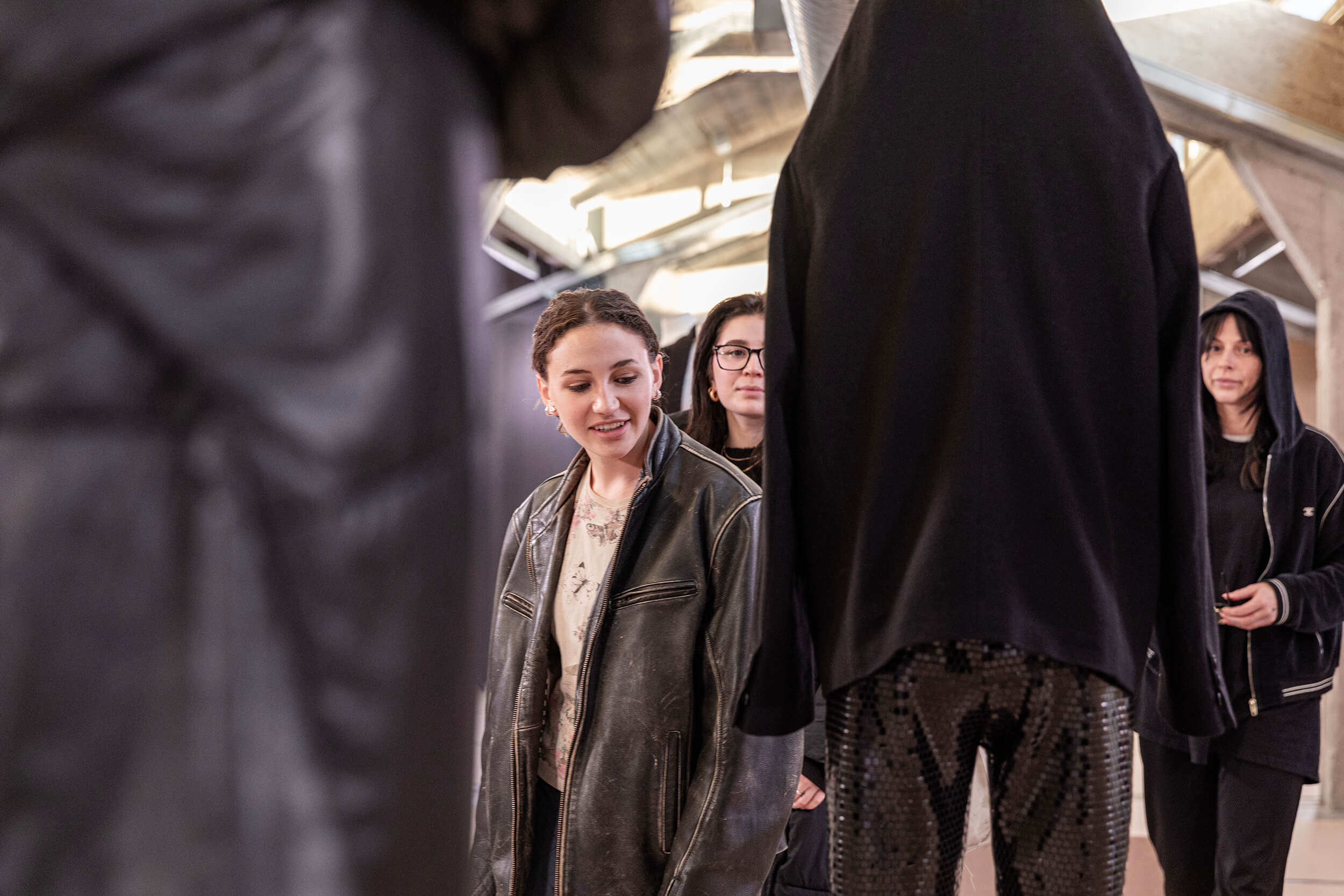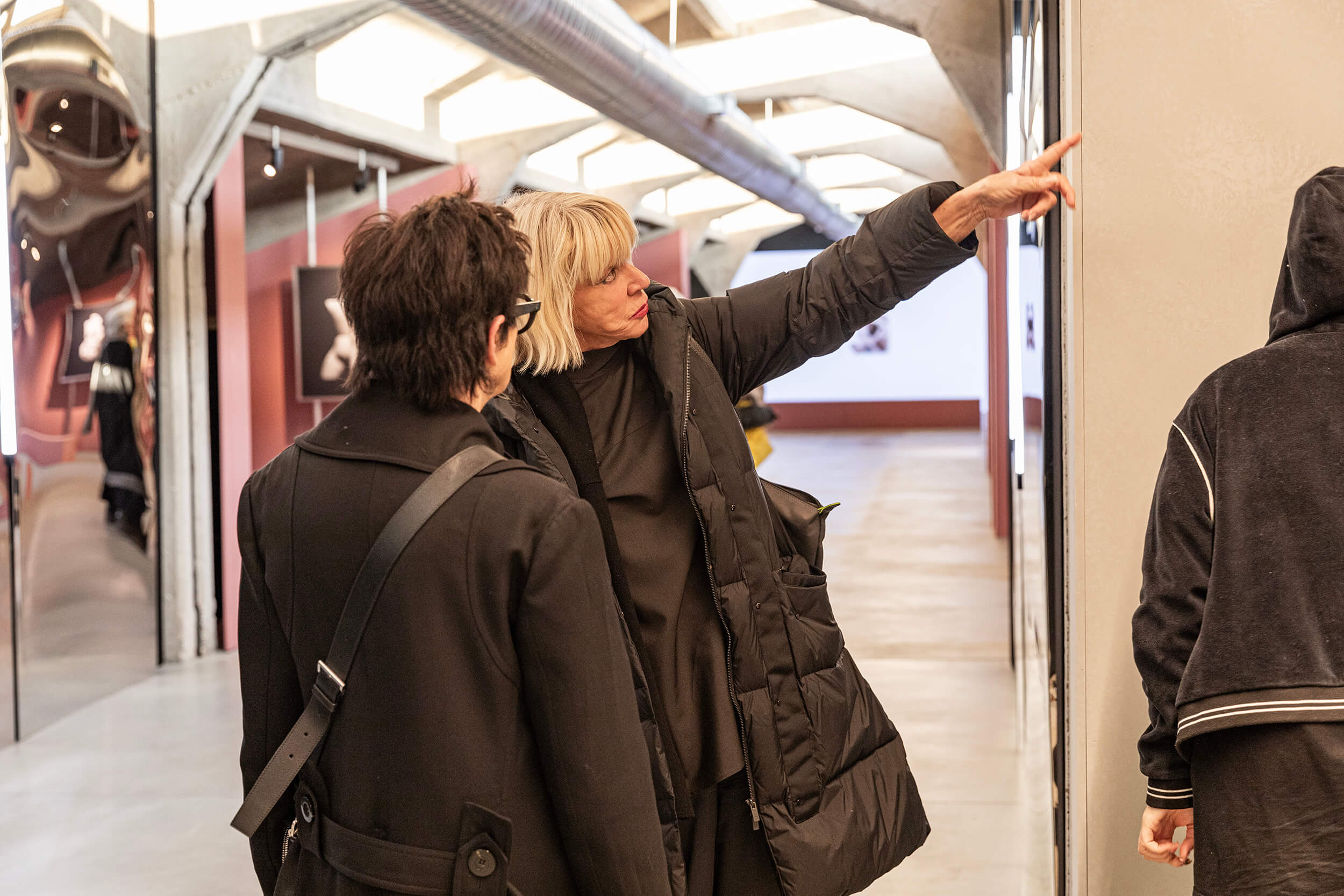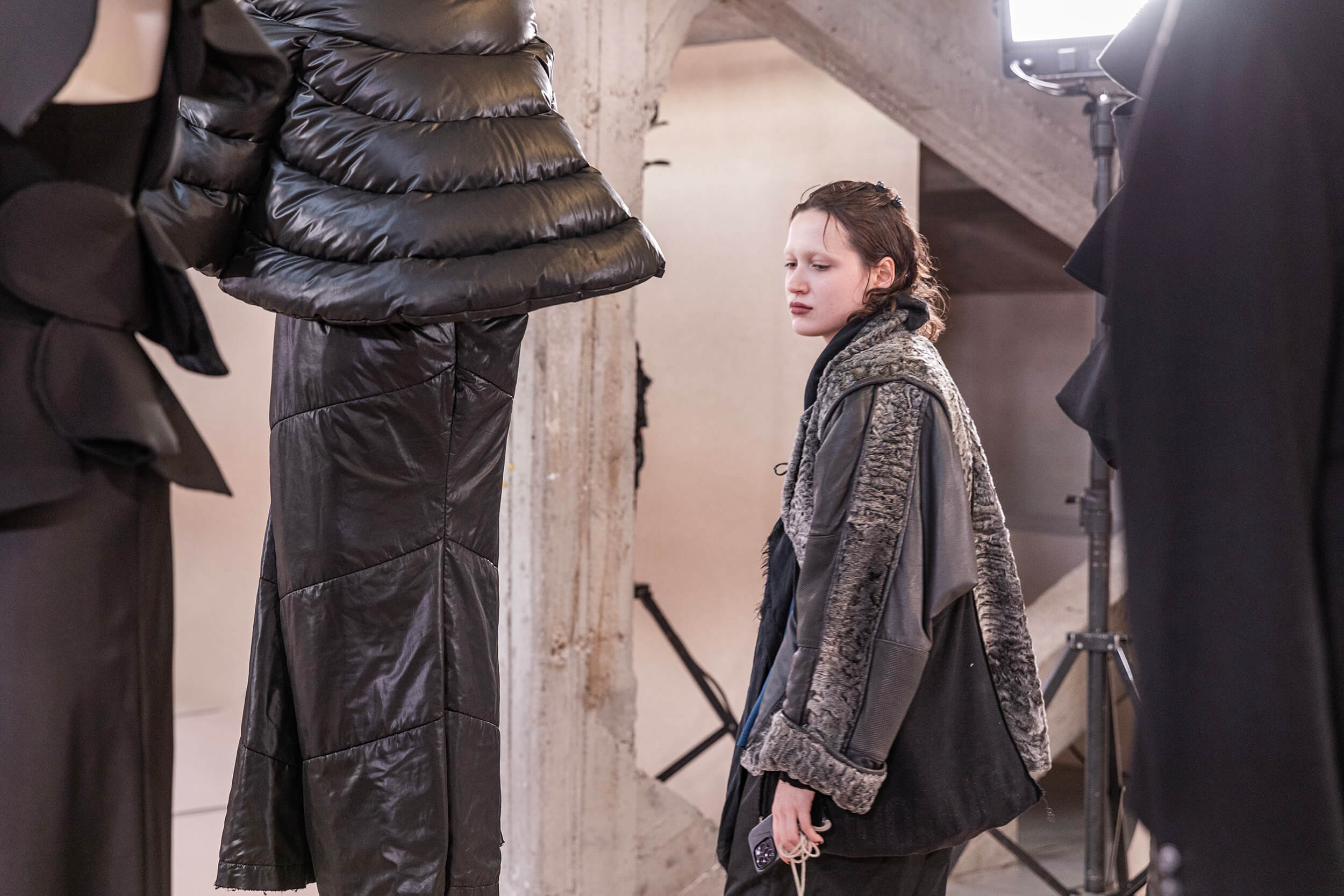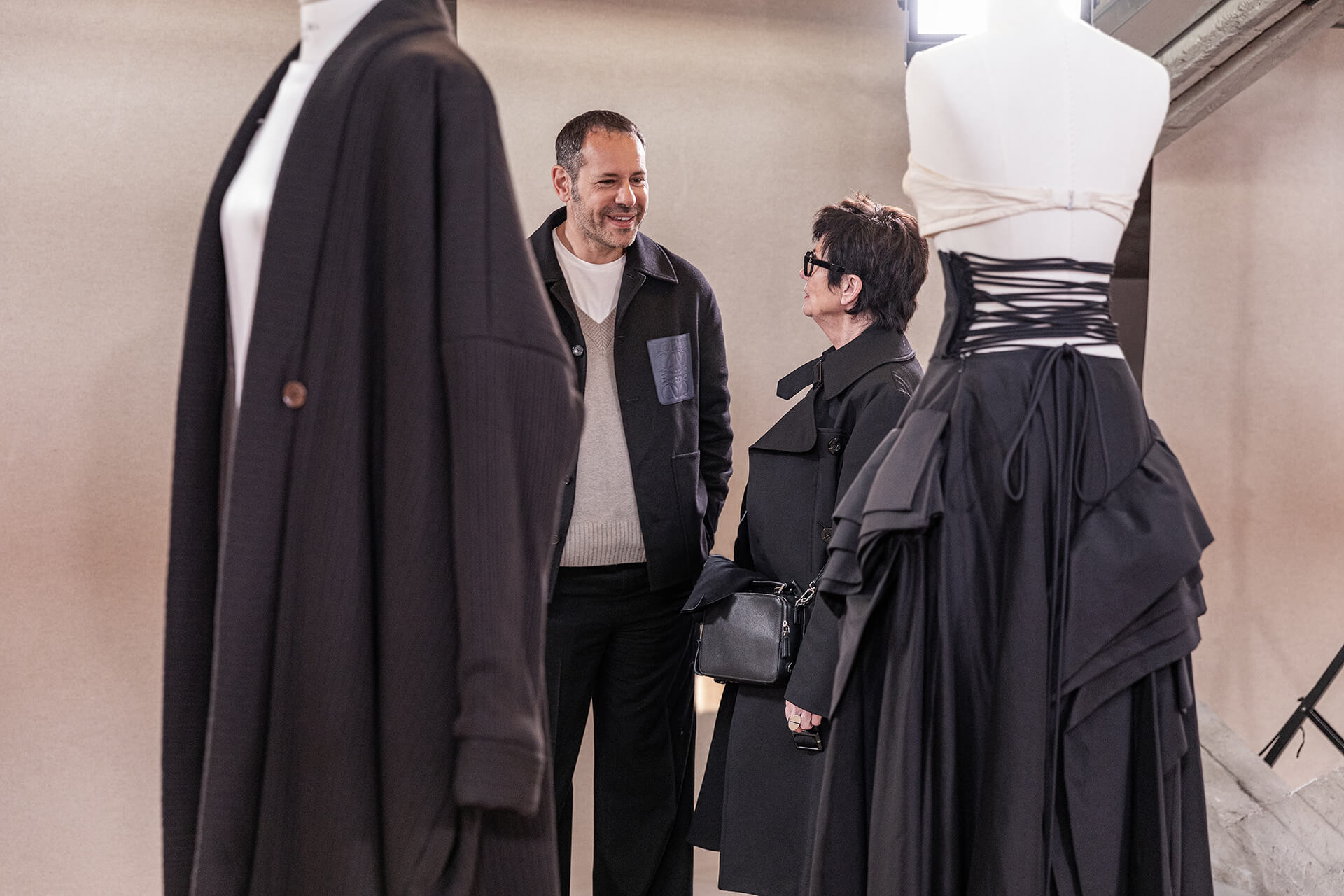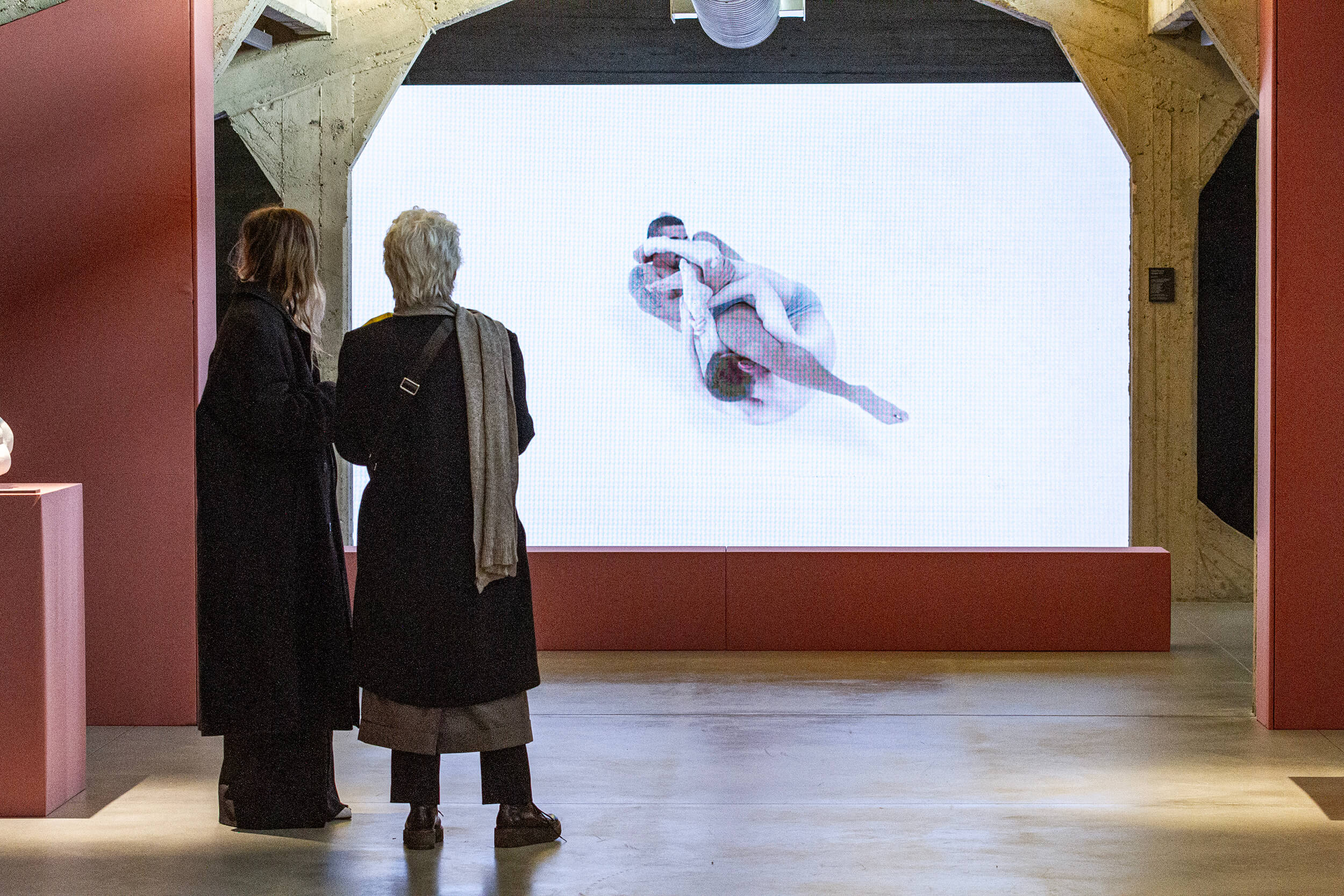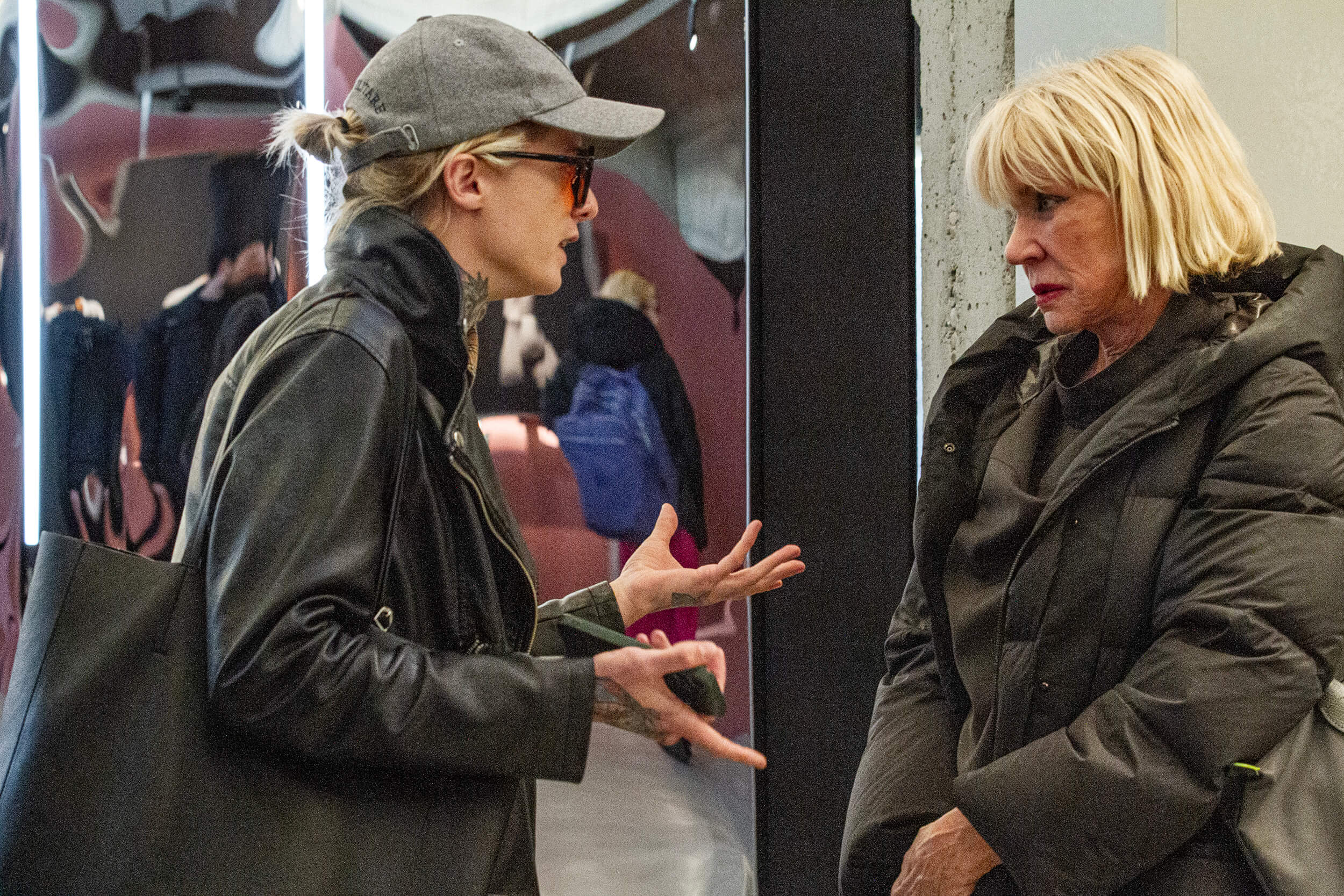On the occasion of Pitti Uomo 105, Polimoda presents AN/ARCHIVE EVENT ONE, a preview of the future research center dedicated to fashion studies. From January 9th to 21st at the Manifattura Tabacchi in Florence, EVENT ONE will unfold as a multidisciplinary experience centered around the main theme The Body, offering an engaging exploration of the relationship between fashion and the human body.
The event will showcase works from designers, artists and researchers from various disciplines, ranging from olfactory art to choreography, in dialogue with an exhibition of iconic pieces by contemporary renowned designers, in collaboration with A.N.G.E.L.O. Vintage Archive. The exhibition space, over several days, will host a program of meetings with authors, experts and fashion researchers, fostering a series of crucial dialogues on the role of archiving, diversity in body representation, and the evolving dynamics of the fashion industry.
The Body
The human body stands at the forefront of fashion – it is the canvas upon which designers express their creativity and vision. The Body as the central theme of AN/ARCHIVE EVENT ONE delves into this intrinsic relationship, exploring how fashion shapes and is shaped by our physical form. This theme invites a contemplative journey through various interpretations of the body in fashion, from the way garments drape and move to the societal and cultural significances imbued in fashion.
It’s a celebration and examination of the body through the lens of style, identity and artistic expression.

Exhibition
The exhibition is a curated showcase that transcends the traditional boundaries of fashion display. Here, visitors will encounter a fusion of artistic disciplines, where fashion intersects with art, technology, and culture. Each piece in the exhibition tells a unique story, reflecting the diverse perspectives and innovative approaches of contemporary designers. From avant-garde installations to iconic fashion artifacts, this exhibition is a testament to the ever-evolving world of fashion and its impact on societal trends and personal expression.
Archive Garments
A.N.G.E.L.O. Vintage Archive
A.N.G.E.L.O. Vintage Archive’s artwork presents a captivating exploration of the body’s transformation through fashion. From the constricting embrace of corsets symbolizing the body’s closure, it journeys towards a quest for formlessness. The collection features an array of innovative designs from esteemed fashion houses such as Maison Margiela, Krizia, Romeo Gigli, Issey Miyake and Comme des Garçons. Each piece challenges traditional silhouettes, playing with structure and form to redefine the boundaries of fashion and the body.
About A.N.G.E.L.O. Vintage Archive
A.N.G.E.L.O. Vintage Archive stands out as one of the most important vintage fashion archives in Europe. Its extensive collection, featuring over 120,000 clothing and accessory pieces dating from the late 19th Century to the early 2000s, establishes it as the ultimate destination for fashion creatives and designers seeking inspiration.
INVISIBLEVISIBLE_22
Sissel Tolaas
INVISIBLEVISIBLE_22 delves into the overlooked power of smell as a tool for invisible communication. Challenging societal norms that prioritize appearance over smell, this research and exhibition reclaim body odor (BO) as a unique, often misunderstood aspect of personal identity. It explores how smell has historically shaped social hierarchies and personal interactions, revealing the deep-seated preferences and aversions that govern our social fabric. Through an immersive journey, it uncovers the hidden messages our bodies convey through smell, from subtle indicators of emotions to markers of health. This project redefines our understanding of body odor, celebrating it as an honest, intrinsic part of our individuality, akin to a unique fingerprint.
INVISIBLEVISIBLE_22 invites you to rethink the essence of human interaction, transcending visual cues to embrace the unspoken, yet powerful, language of smell.
About Sissel Tolaas
Sissel Tolaas has been working, researching and experimenting intensively with the topic of smell since 1990. She is unique in her approach to smells. She has developed a wide range of revolutionary interdisciplinary projects worldwide with smells based upon her own knowledge – forensic chemistry, chemical communication, sensory ecology, linguistics, and the visual art. Tolaas established the SMELL RE_searchLab Berlin in January 2004.
Tolaas has unique skills in smell recognition, – analysis and – reproduction/replication. She has researched and experienced with smells in many ways and in multiple diverse contexts and for multiple purposes & formats. Her research and projects have won recognition through numerous national and international scholarships, honours, and prizes. She is very capable at collaborating intensively with those of other disciplines across the globe.
Tolaas has shown her projects in many museums and institutions including MOMA, New York; NGV Melbourne; DIA Foundation, New York; CCA Singapore, Tate Modern London; Shanghai Minsheng Art Museum, Shanghai; MORI Museum, Tokyo. She has worked with universities such as MIT, Nanyang Technical, Tsinghua, Harvard, and Oxford. She has built up several types of smell archives such as: Smell & Communication/ language; Smell & Coding, Smell & Anthropocene; Smell & Extinction; Smell & Sensory Ecology; Functional Smell Molecules. She is currently working on smell-molecule preservation /conservation archives such as: Cristobal Balenciaga Legacy; the World’s Oceans and World’s Forests; smell geofacts / artefacts /archives at The Metropolitan Museum , New York; smell heritage archive for the Pompeii Ruins; Bahrain Pearling Path & UNESCO. Tolaas’ collections of smell molecules and smell complex structures from 1990 and ongoing are including 15,000 smell recording samples and formulas.
No Body
Minna Palmqvist
”What happens to my eye, my brain, my designs if I change the shape of one of the core tools in the fashion designer’s studio?” Minna Palmqvist.
By changing the shape of one of a fashion designer’s most basic tools, the tailor bust, Minna Palmqvist wants to shed a light upon the absurd in the perfect facade of the fashion world. In the long run this project aims to free herself from self-evident choices in her design process. In a series of workshops, with a starting point in the problematics around the body within the world of fashion, she has demolished, deformed and deconstructed the normative female torso.
The five finalized torsos are by no means to be seen as a solution to any problem, but as a result of intuitive experiments sprung out of a frustration of the artist. The five tailor busts manifest different problems surrounding our view on the female body as a changeable object, today and throughout history.
About Minna Palmqvist
Minna Palmqvist, born in 1980 in Finland, is a Stockholm-based fashion designer and conceptual artist. Ever since her master degree in textile at Konstfack College of Art, Craft and Design in Stockholm, Sweden, she has focused on the representations of the female body. Investigating the clashes between women’s socially accepted body and the real physical bodies they inhabit. Whether it be through ready-to-wear collections or art installations, she questions body norms, the objectification of women, the binary gender system, as well as the ways clothing and design objetcs are produced and consumed today. Her work has been showcased alongside fashion legends like Hussein Chalayan, Maison Martin Margiela and Rei Kawakubo in museums such as Museum Boijmans Van Beuningen (NL), NoMA (New Orleans US), Toruń Center of Contemporary Art (PL), and Copenhagen Contemporary (DK).
Alignigung
William Forsythe
Alignigung (2016), choreographed by William Forsythe, is a captivating screendance featuring two male dancers in a display of hyperflexibility and intimacy. This piece transcends traditional masculinity, especially in its portrayal of the brown-skinned dancer. Forsythe’s work echoes the principles of contact improvisation, presenting an egalitarian and nuanced exploration of movement. It challenges stereotypes, celebrating the fluidity of masculine expression through innovative and expressive dance.
William Forsythe, 1949, New York, NY (US) – Frankfurt am Main (DE). Film: 15:50 min. Choreographic Concept: William Forsythe, Rauf “Rubberlegz” Yasit; Choreographic realization: Riley Watts, Rauf”RubberLegz” Yasit; Music: OP.1 (For 9 Strings), composed by Ryoji Ikeda© Ryoji Ikeda, Courtesy of Budde Music UK; Film Producer: Simon Wallon, Kiss & Kill; Cinematographer: Steeven Petitteville; Camera Assistant: Melissa Sporn; Chief Lighting: David Gheghan; Lighting Assistant: Damon Marcellino; Chief Machinist: Michael Hernandez; Assistant Machinist: Justin Lesch; Production Assistant: Ryan Conover; Post production: Nightshift, Melanie Teixeira; Editing: Charlotte Audureau; Calibration: Alice Syrakvash. ©Copyright Opéra national de Paris (2016). Directed by William Forsythe for Opéra national de Paris.
About William Forsythe
Born in New York in 1949, William Forsythe has been a transformative figure in choreography for over five decades. Renowned for revolutionizing ballet, he shifted its focus from classical traditions to a vibrant, contemporary art form relevant to the 21st century.
Forsythe’s fascination with the foundational elements of choreographic organization has fueled his diverse portfolio, which extends beyond dance to include installations, films, and innovative web-based projects. His work not only redefines ballet but also expands the boundaries of choreographic art.
Talks
AN/ARCHIVE EVENT ONE is not just an exhibition; it’s a platform for dialogue and discovery. The talks section of the event will feature a series of engaging discussions led by prominent authors, experts and fashion researchers. These talks are designed to provoke thought and inspire conversation on various aspects of fashion, from its historical roots to its future trajectory.
Angelo Caroli moderated by Giuliana Matarrese
Archive garments

About Angelo Caroli
Angelo Caroli, founder of A.N.G.E.L.O. Vintage Palace, is an icon of vintage fashion. With careful curation and tireless research, he has created an environment where fashion becomes an authentic expression of style and individuality.
A.N.G.E.L.O. Vintage Palace is considered one of the most influential and important vintage clothing stores in Italy and in the world and its historical archive is an international point of reference for the entire fashion system, a source of inspiration for enthusiasts and professionals.
Thanks to a project idea of recovery and recycling, Angelo promotes sustainability in fashion, celebrating the past and inspiring a more responsible vision of the sector.
Eugene Rabkin
Fashion and the Male

About Eugene Rabkin
Eugene Rabkin is a fashion and culture journalist and the founder of StyleZeitgeist, a media platform supporting the creative avant-garde since 2006. He has contributed articles to the New York Times, the Business of Fashion, Highsnobiety, 032C, Air Mail and others.
Sissel Tolaas
INVISIBLEVISIBLE_22

About Sissel Tolaas
Sissel Tolaas has been working, researching and experimenting intensively with the topic of smell since 1990. She is unique in her approach to smells. She has developed a wide range of revolutionary interdisciplinary projects worldwide with smells based upon her own knowledge – forensic chemistry, chemical communication, sensory ecology, linguistics, and the visual art. Tolaas established the SMELL RE_searchLab Berlin in January 2004.
Tolaas has unique skills in smell recognition, – analysis and – reproduction/replication. She has researched and experienced with smells in many ways and in multiple diverse contexts and for multiple purposes & formats. Her research and projects have won recognition through numerous national and international scholarships, honours, and prizes. She is very capable at collaborating intensively with those of other disciplines across the globe.
Tolaas has shown her projects in many museums and institutions including MOMA, New York; NGV Melbourne; DIA Foundation, New York; CCA Singapore, Tate Modern London; Shanghai Minsheng Art Museum, Shanghai; MORI Museum, Tokyo. She has worked with universities such as MIT, Nanyang Technical, Tsinghua, Harvard, and Oxford. She has built up several types of smell archives such as: Smell & Communication/ language; Smell & Coding, Smell & Anthropocene; Smell & Extinction; Smell & Sensory Ecology; Functional Smell Molecules. She is currently working on smell-molecule preservation /conservation archives such as: Cristobal Balenciaga Legacy; the World’s Oceans and World’s Forests; smell geofacts / artefacts /archives at The Metropolitan Museum , New York; smell heritage archive for the Pompeii Ruins; Bahrain Pearling Path & UNESCO. Tolaas’ collections of smell molecules and smell complex structures from 1990 and ongoing are including 15,000 smell recording samples and formulas.
Paola Antonelli
MoMa, The Museum of Modern Art, New York. A conversation on Research, Salons, Archives and Objects telling stories

About Paola Antonelli
Paola Antonelli is Senior Curator of Architecture & Design at The Museum of Modern Art, as well as MoMA’s founding Director of Research & Development. Her goal is to promote design’s understanding, until its positive influence on the world is universally acknowledged. Her work investigates design’s impact on everyday experience, often including overlooked objects and practices, and combining design, architecture, art, science, and technology. Among her most recent exhibitions are the XXII Triennale di Milano Broken Nature, and MoMA’s Material Ecology––on the work of architect Neri Oxman––and Never Alone, on video games and interactive design. The Instagram platform and book Design Emergency (@design.emergency), which she co-founded with design critic Alice Rawsthorn, is an ongoing investigation on design’s power to envision a better future for all.
Valerie Steele
The Museum at Fashion Institute of Technology: Collecting, Conserving, Documenting, Exhibiting, and Interpreting Fashion

About Valerie Steele
Valerie Steele is director and chief curator of The Museum at the Fashion Institute of Technology, where she has organized more than two dozen exhibitions since 1997, including The Corset: Fashioning the Body; Gothic: Dark Glamour; A Queer History of Fashion: From the Closet to the Catwalk; Pink: The History of a Punk, Pretty, Powerful Color; and Paris, Capital of Fashion.
She is also the author or editor of more than 25 books, including Paris Fashion, Women of Fashion, Fetish: Fashion, Sex and Power, The Corset, The Berg Companion to Fashion, and. Fashion Designers A-Z: The Collection of The Museum at FIT. Her books have been translated into Chinese, French, German, Italian, Portuguese, Russian, and Spanish. In addition, she is founder and editor in chief of Fashion Theory: The Journal of Dress, Body & Culture, the first scholarly journal in Fashion Studies.
Steele combines serious scholarship (and a Yale PhD) with the rare ability to communicate with general audiences. As author, curator, editor, and public intellectual, Valerie Steele has been instrumental in creating the modern field of fashion studies and in raising awareness of the cultural significance of fashion. She has appeared on many television programs, including The Oprah Winfrey Show and Undressed: The Story of Fashion. Described in The Washington Post as one of “fashion’s brainiest women” and by Suzy Menkes as “The Freud of Fashion,” she was listed as one of “The People Shaping the Global Fashion Industry” in the Business of Fashion 500: (2014 to the present).
featured content
Opening
Press coverage
Collateral
Quotidiano Nazionale
Social media
Follow the hashtag #PolimodaAnarchive to stay connected with the event and join the global conversation.
@polimoda On the occasion of PittiUomo105, #Polimoda presents AN/ARCHIVE EVENT ONE, a preview of the future research center dedicated to fashion studies. Free entry | Polimoda, Manifattura Tabacchi, B4, Florence #fashionschool #fashionstudent #fashionexhibition #behindthescenes
♬ original sound - Polimoda
@polimoda Director Massimiliano Giornetti working on the selected garments for AN/ARCHIVE EVENT ONE #fashionschool #fashionexhibition #fashionstudent #behindthescenes
♬ Stories 2 - Danilo Stankovic
@polimoda Fashion Business student Juliana Lobet introduces some of thr artists featuring AN/ARCHIVE EVENT ONE #Polimoda #fashionschool #fashionstudent #fashionexhibition
♬ Music In Your Heart (Instrumental) - BLVKSHP
@polimoda Fashion Design student Olivia Doose explains some of the vintage archive garments inside AN/ARCHIVE EVENT ONE #fashionschool #fashionstudent #fashionexhibition
♬ Music In Your Heart (Instrumental) - BLVKSHP
Colophon
Curation
Massimiliano Giornetti
Linda Loppa
Exhibition design
(ab)Normal
Archive garments
A.N.G.E.L.O. Vintage Archive
Artists
- William Forsythe
- Minna Palmqvist
- Sissel Tolaas
Talks
- Paola Antonelli
- Angelo Caroli
- Eugene Rabkin
- Valerie Steele
- Sissel Tolaas
Special thanks
The development and international exhibitions of William Forsythe’s Choreographic Objects are made possible with the generous support of Susanne Klatten. We also extend our gratitude to Zoo Design for generously providing the design objects used during the talks.
Contact
EVENT ONE is a component of the AN/ARCHIVE project, dedicated to advancing the study and appreciation of fashion as a cultural and artistic expression.
For those interested in learning more about our initiatives, participating in upcoming events, or exploring potential collaborations, detailed contact information and additional resources are available, please visit the AN/ARCHIVE page.
Cover image credits: The Mannequins by Minna Palmqvist. Photo by Petter Cohen.
